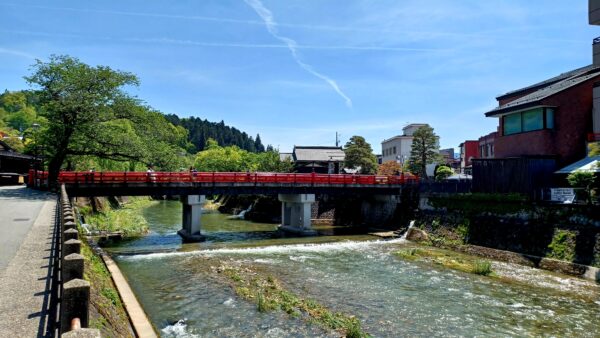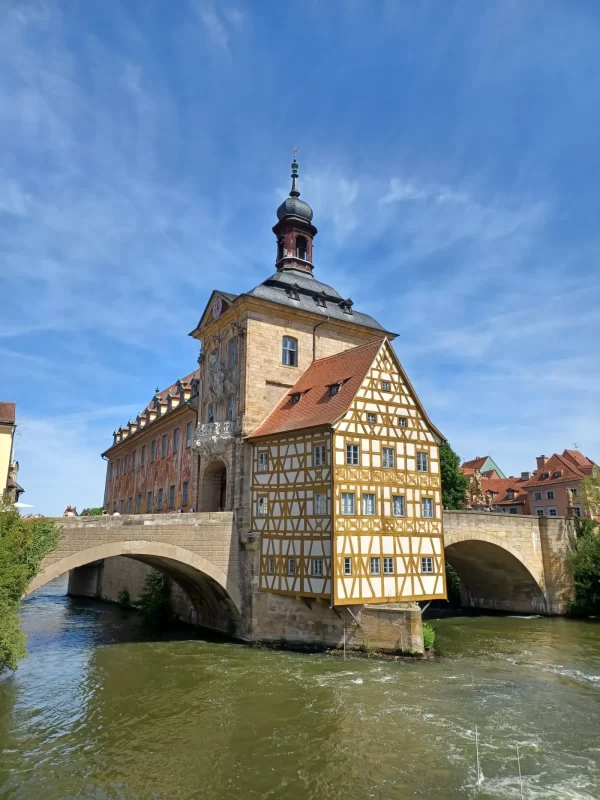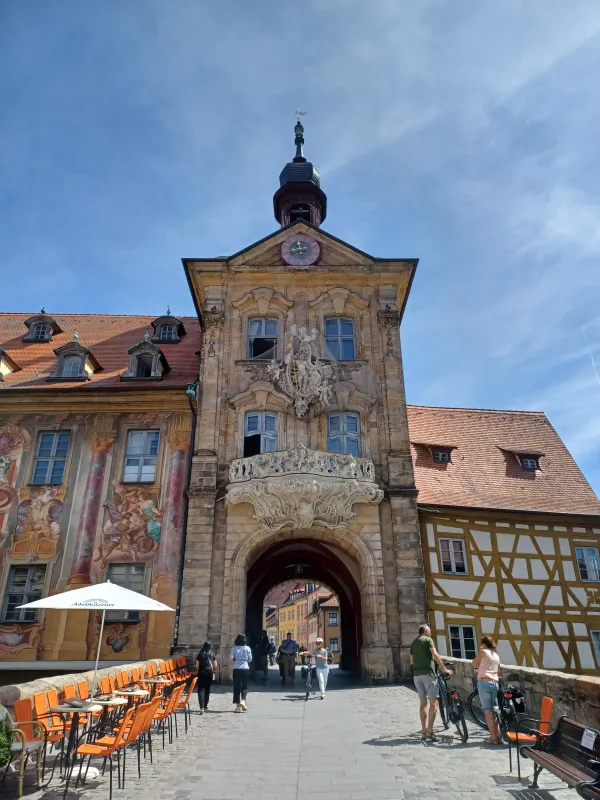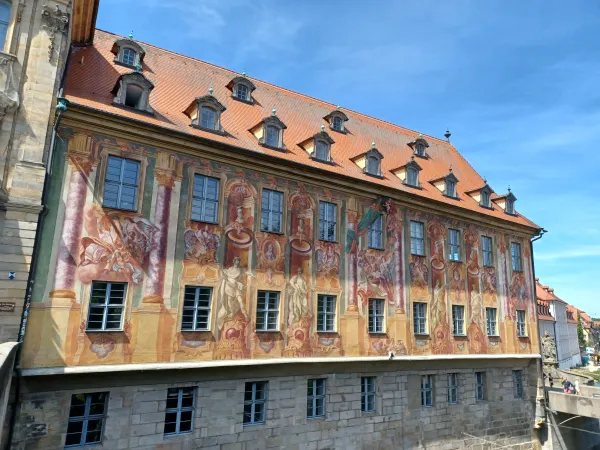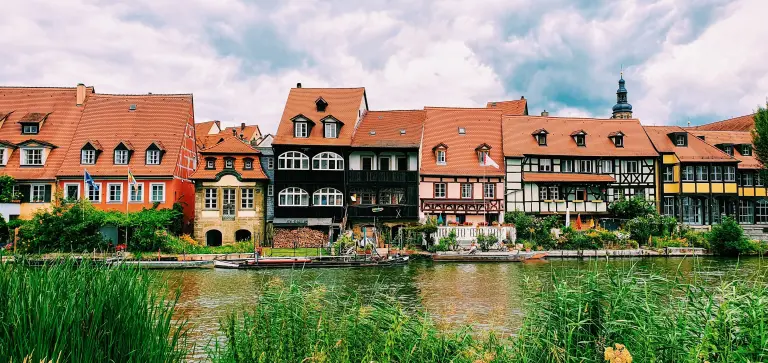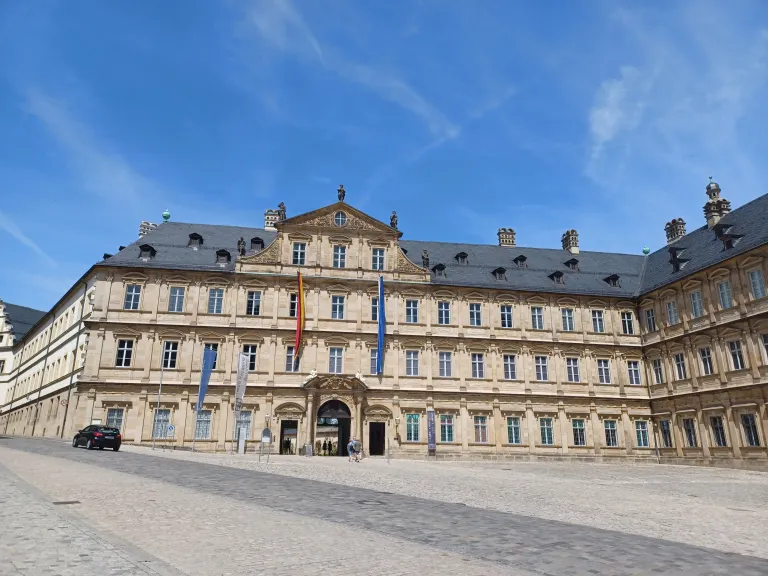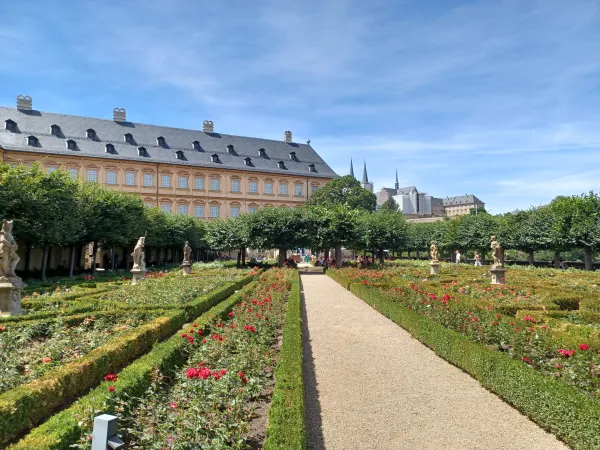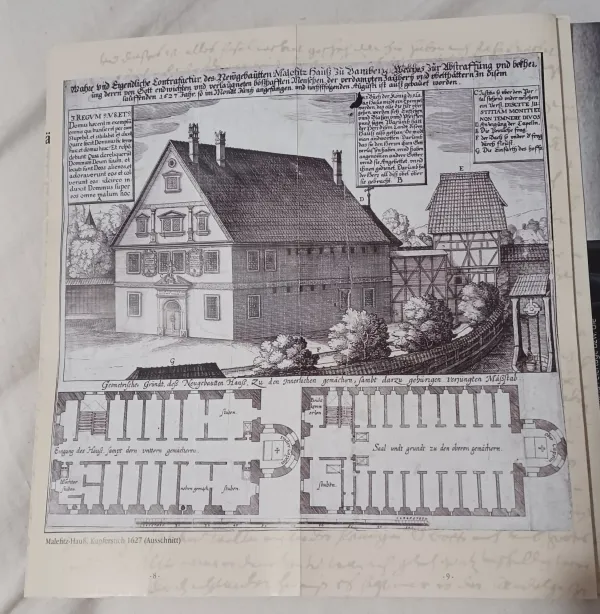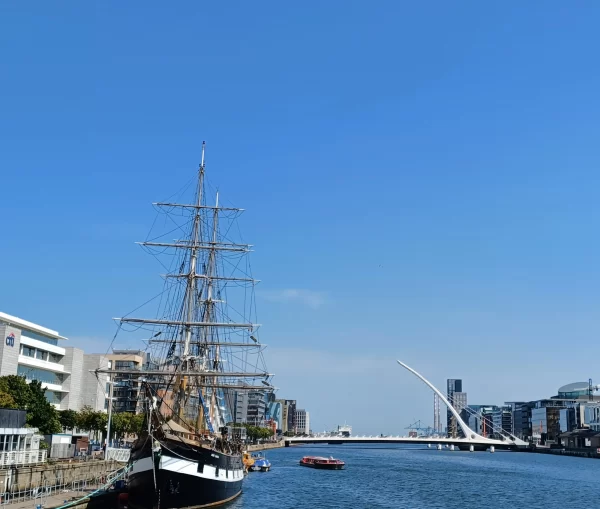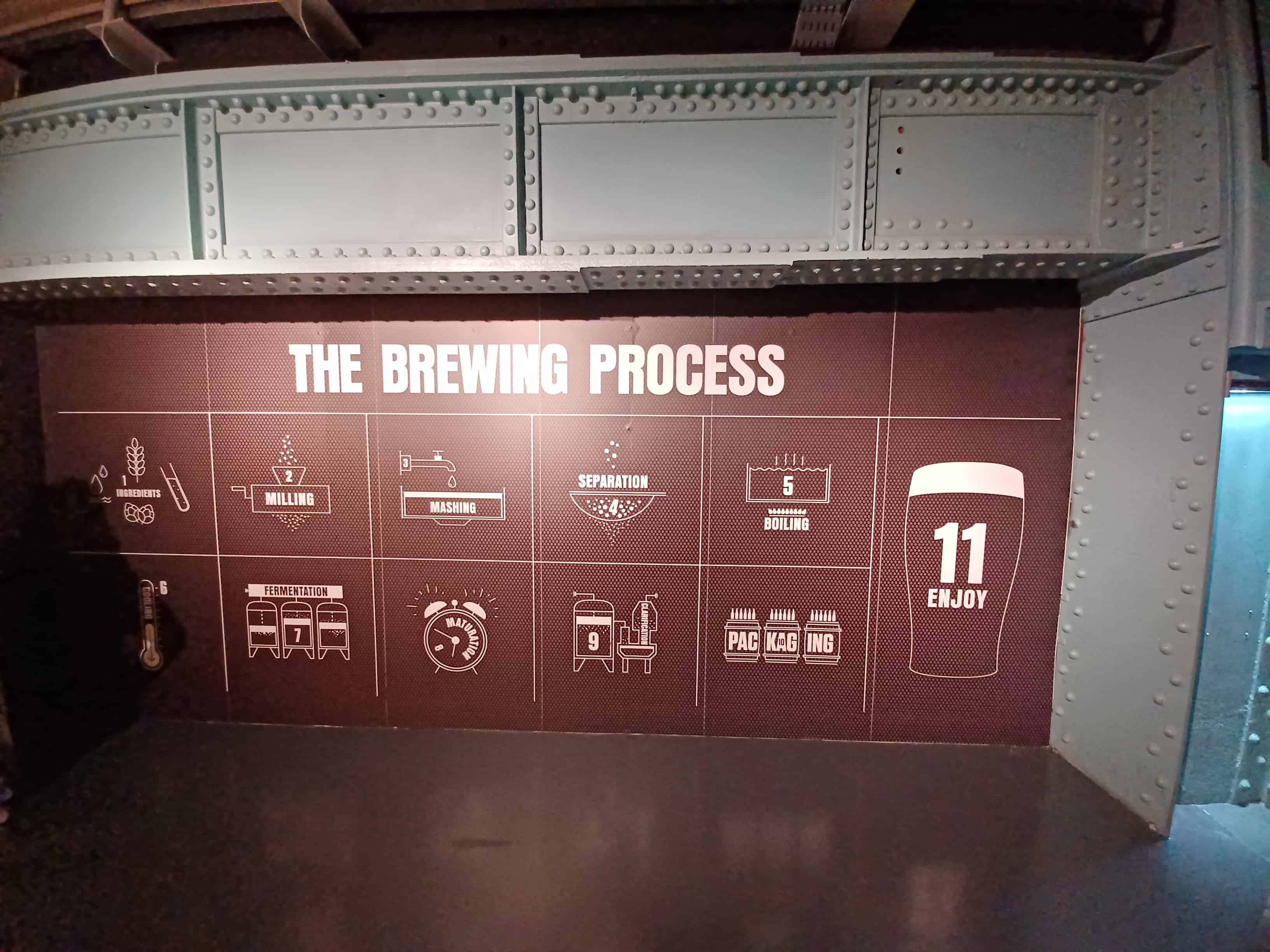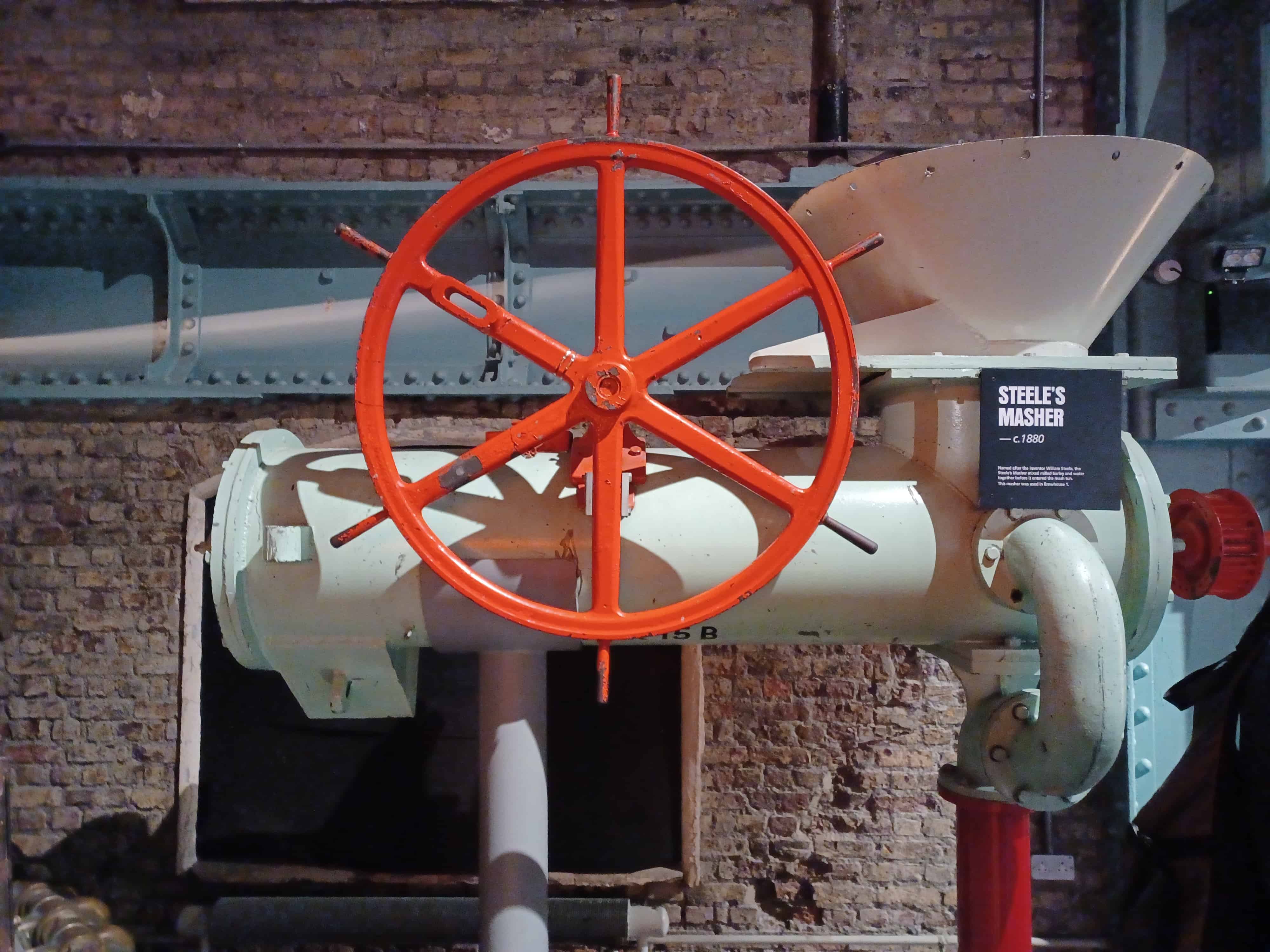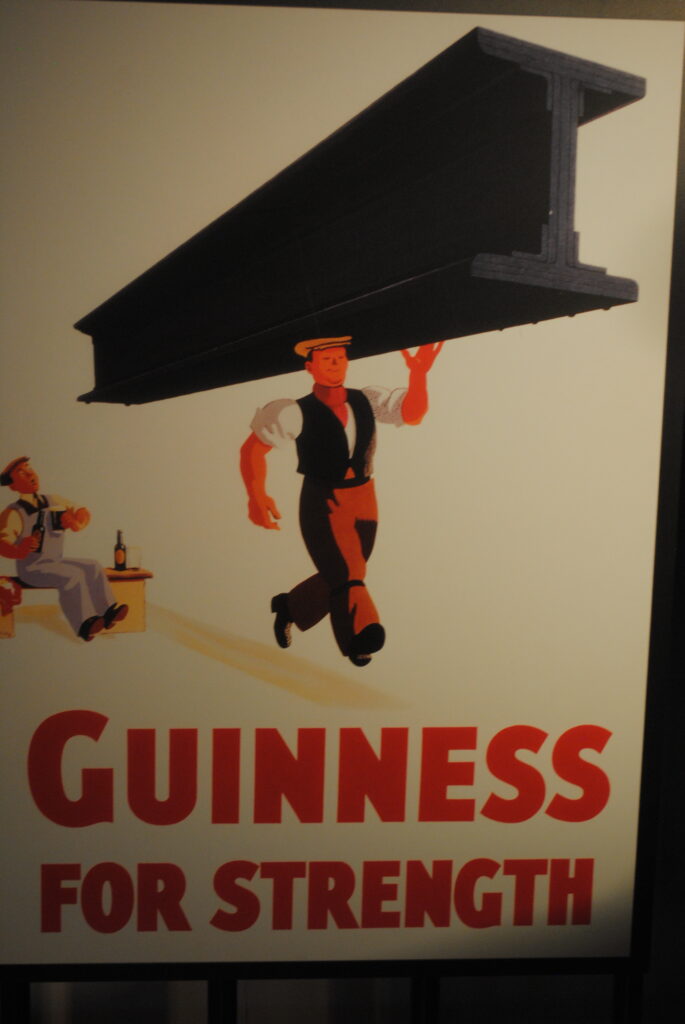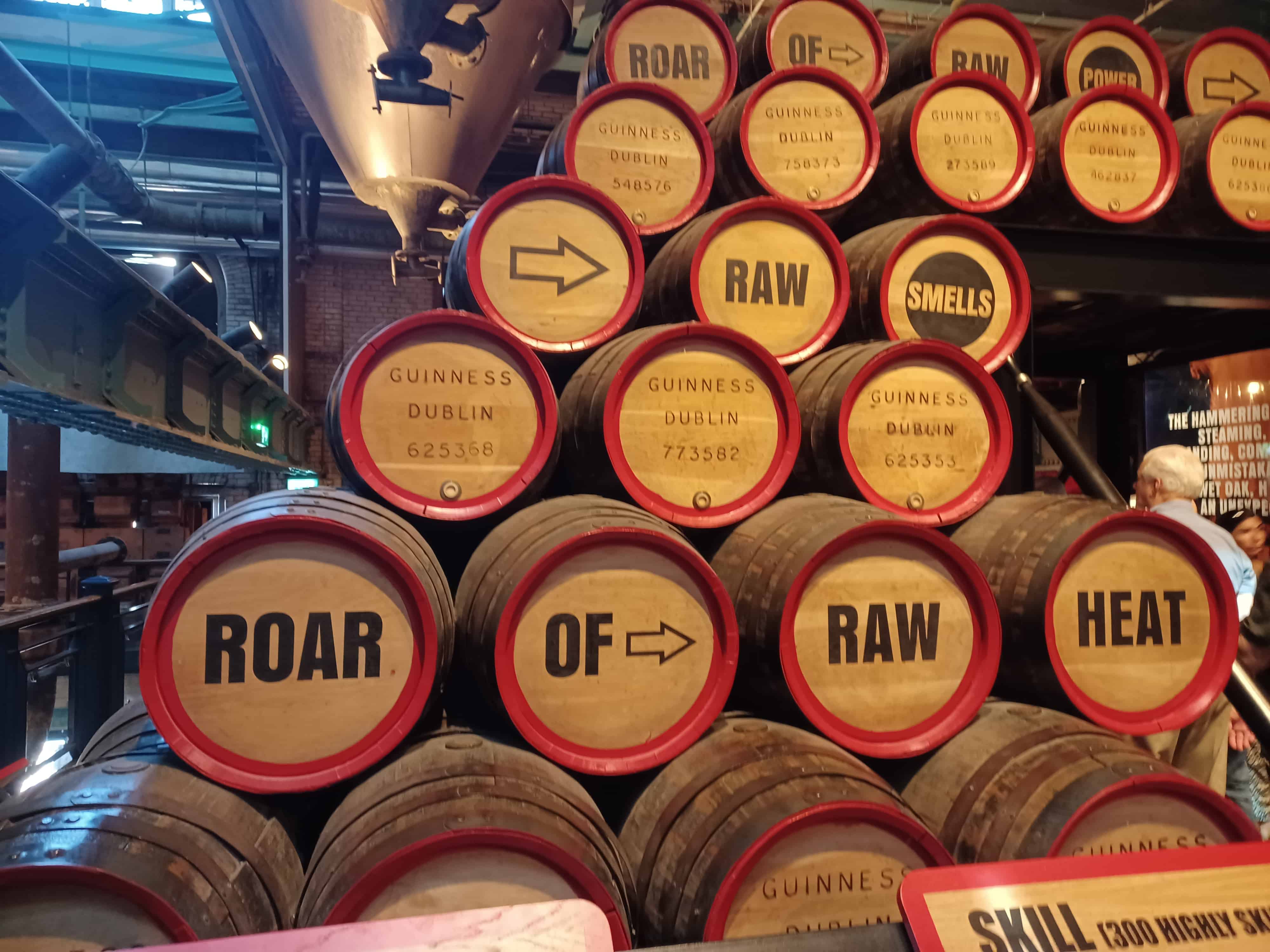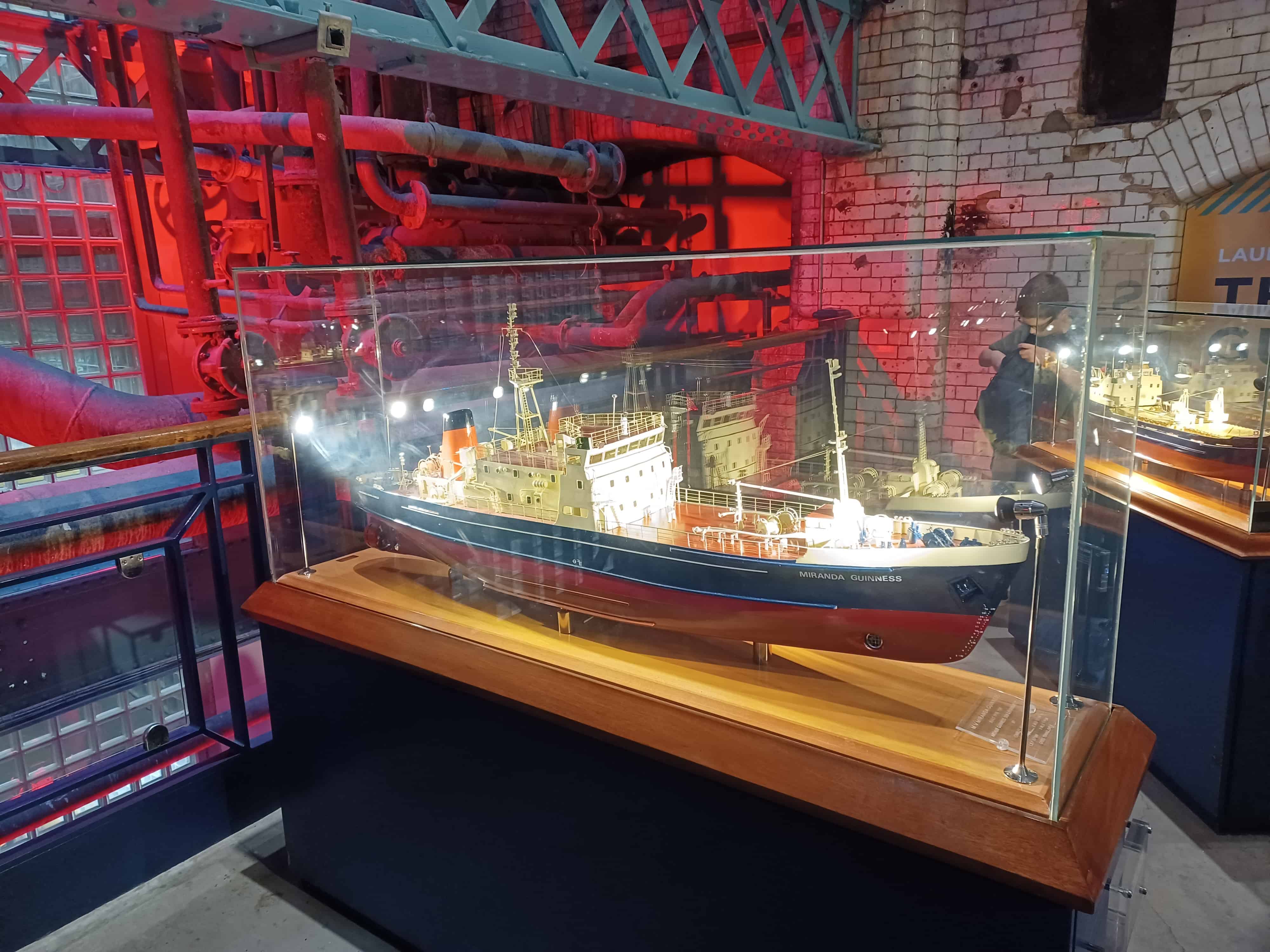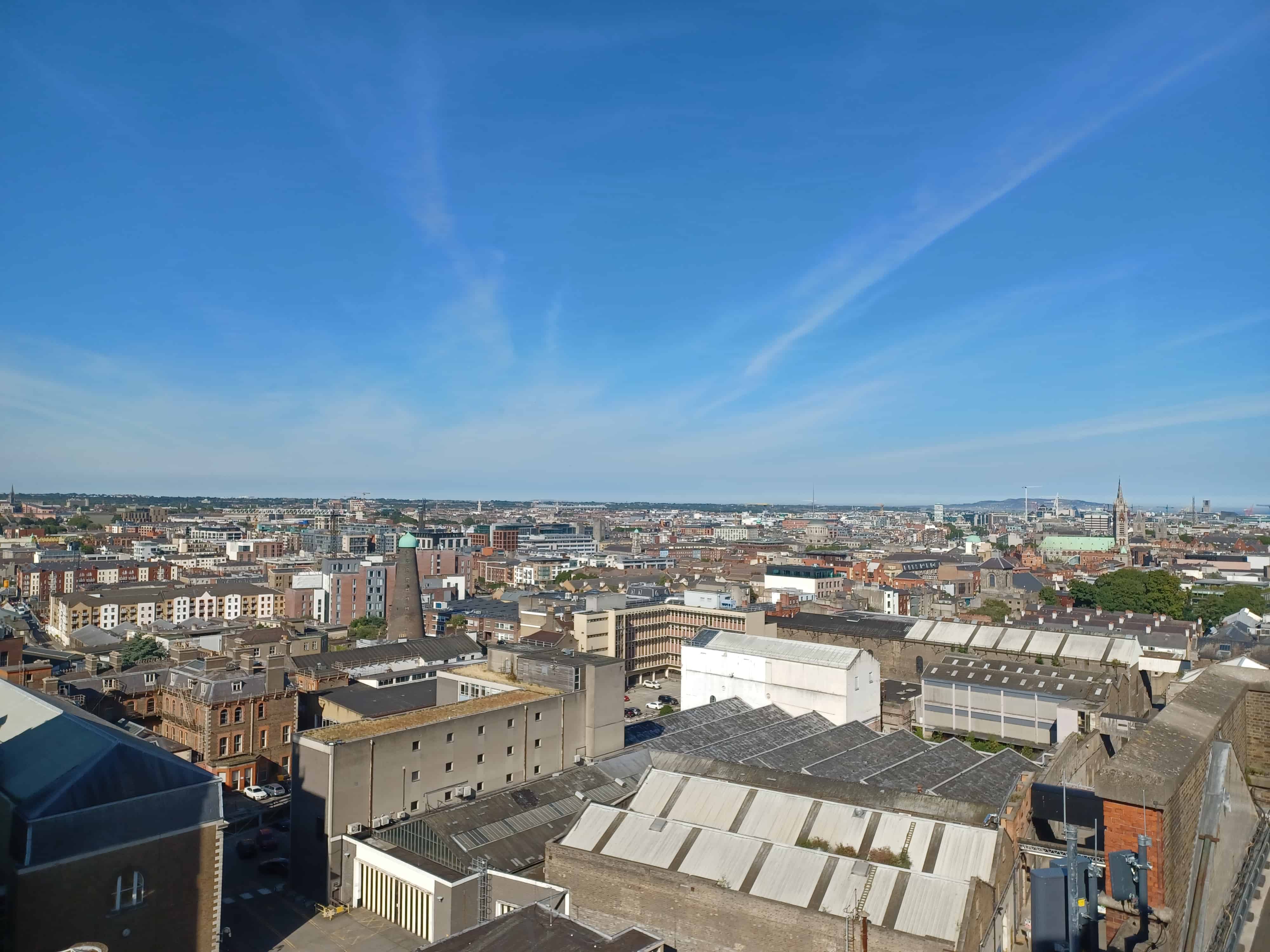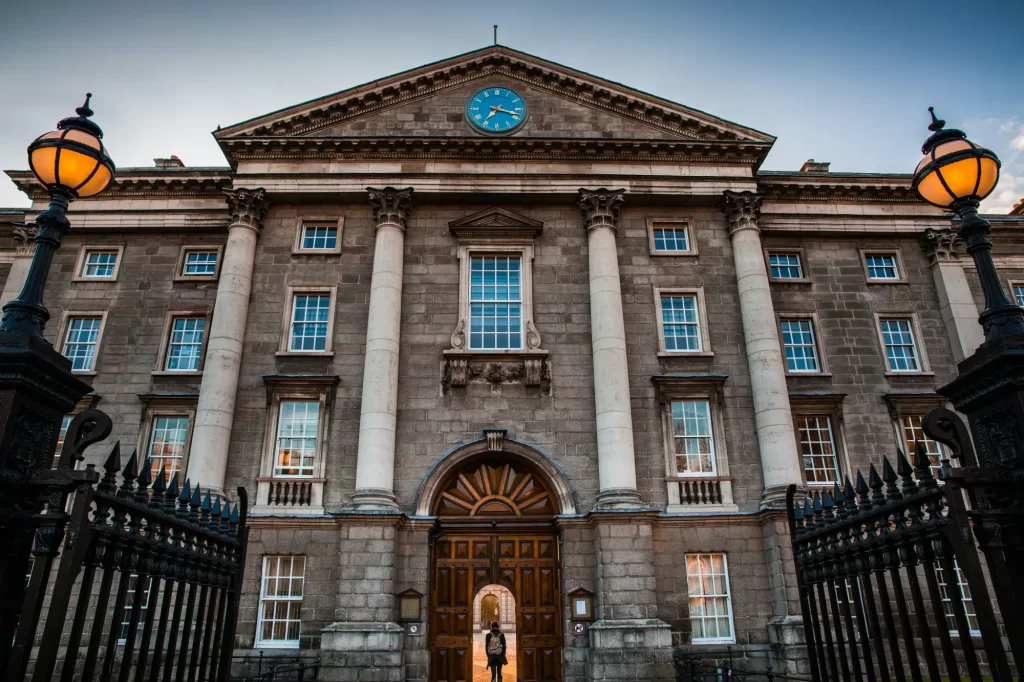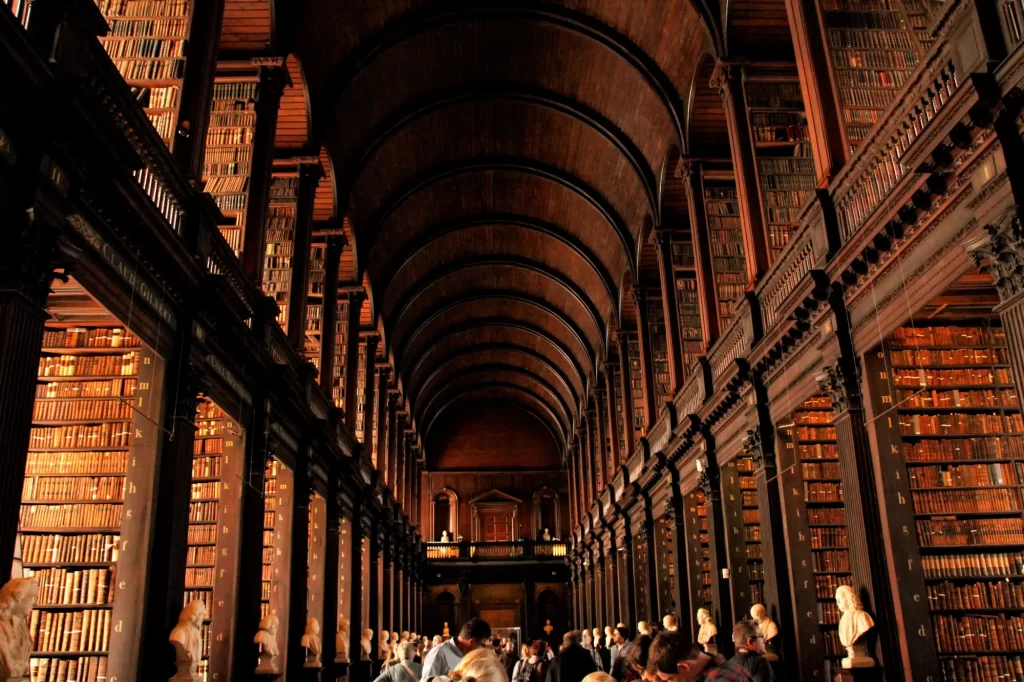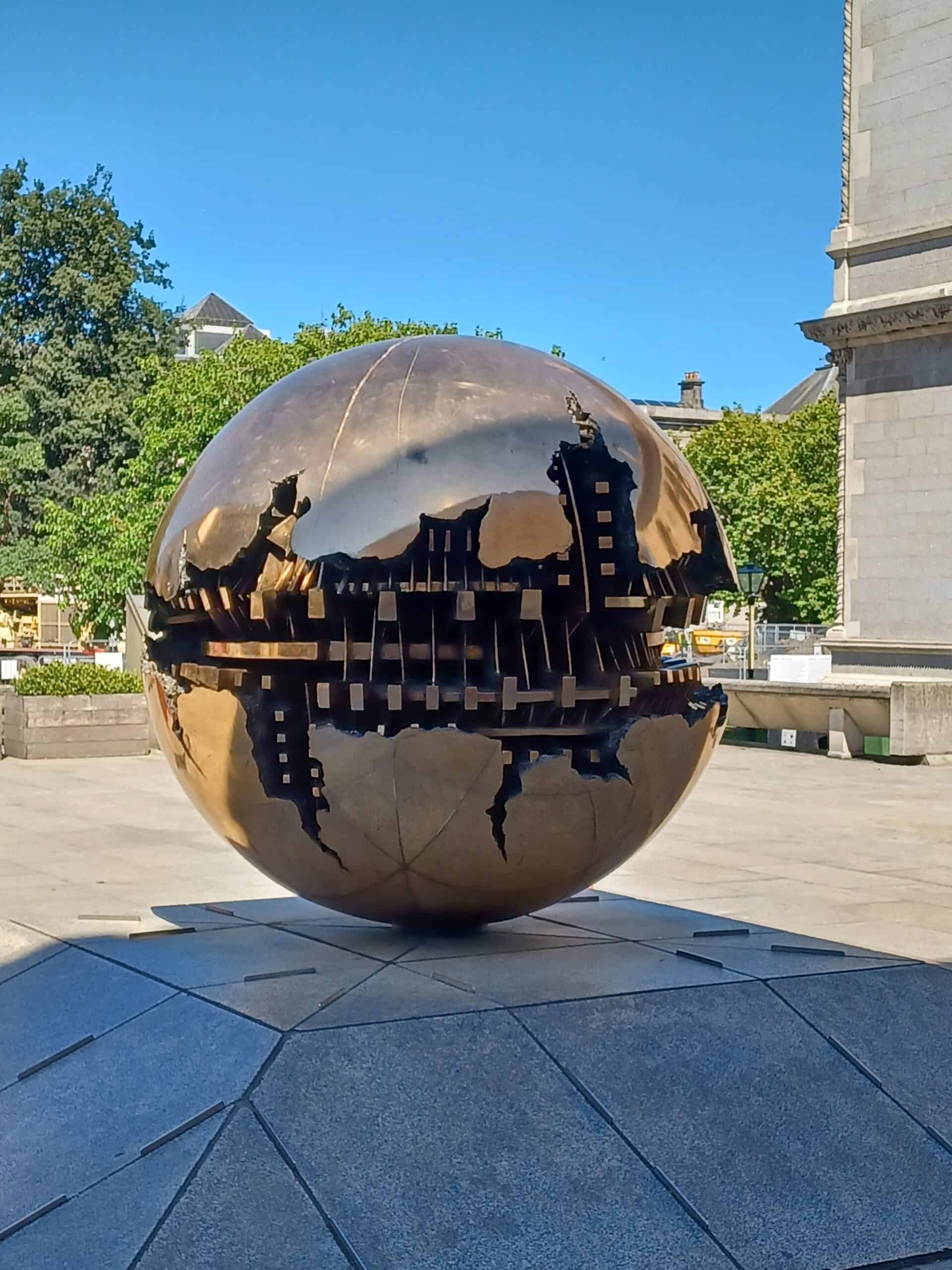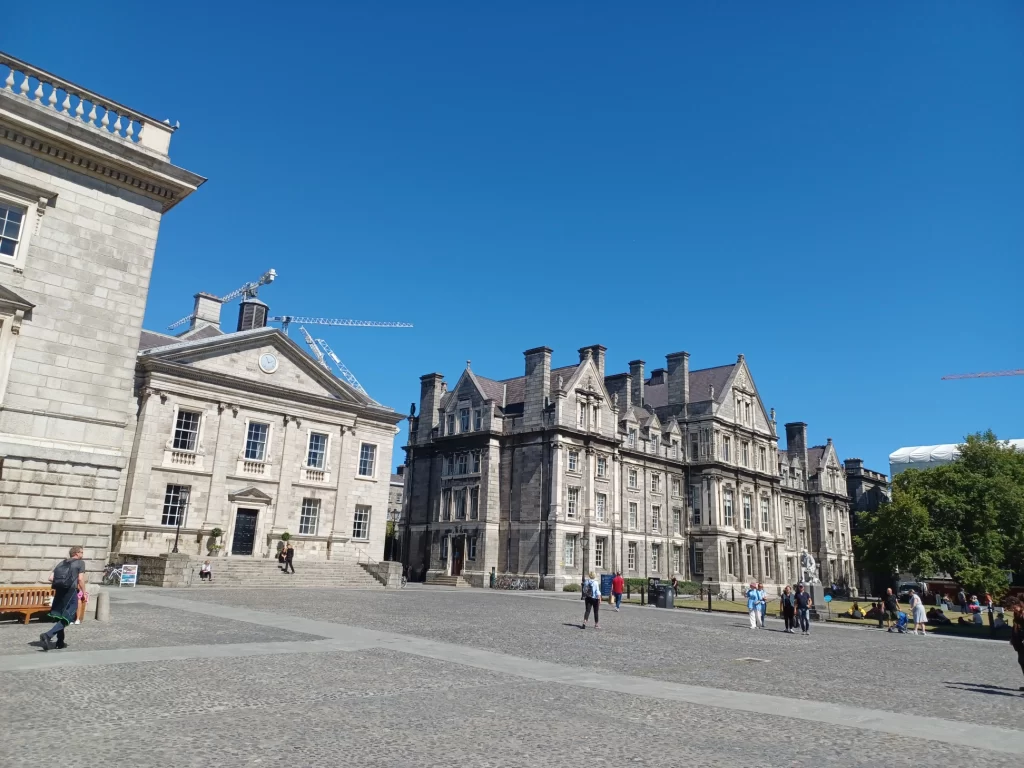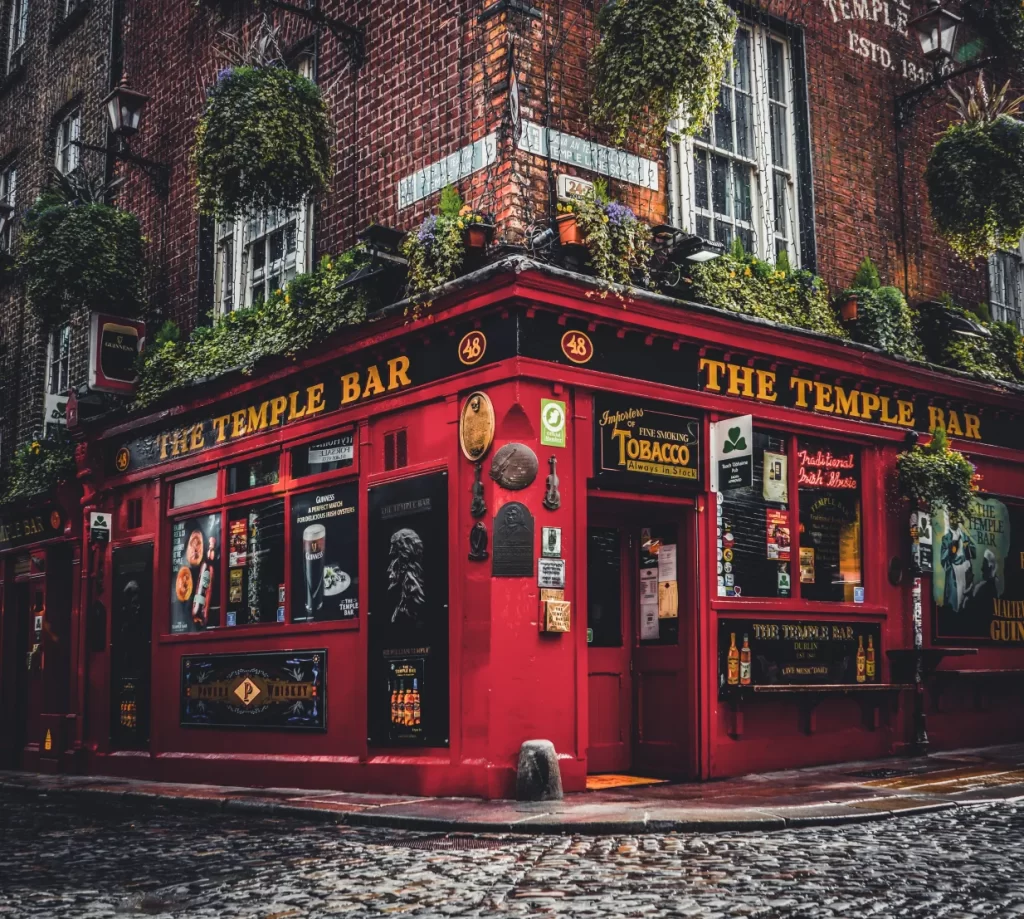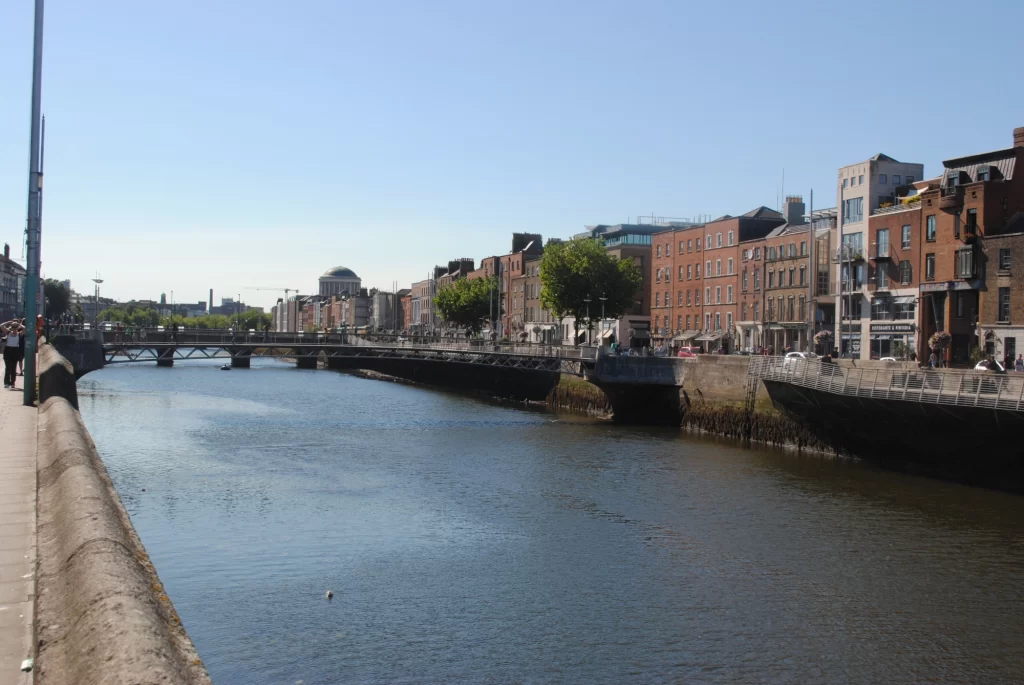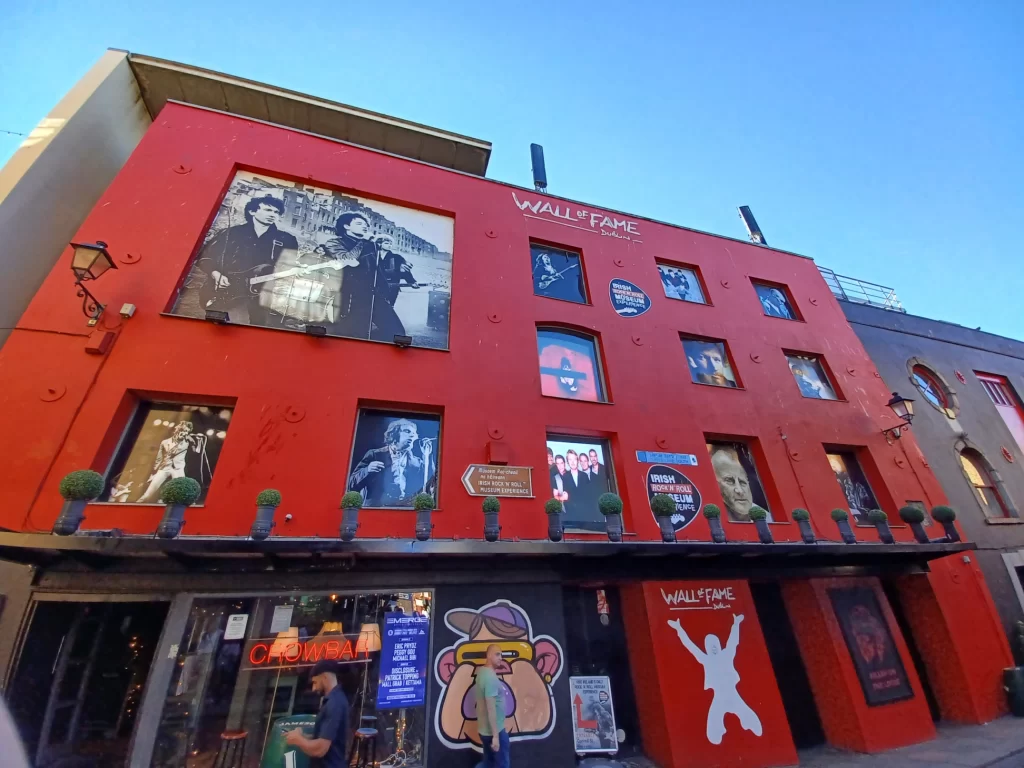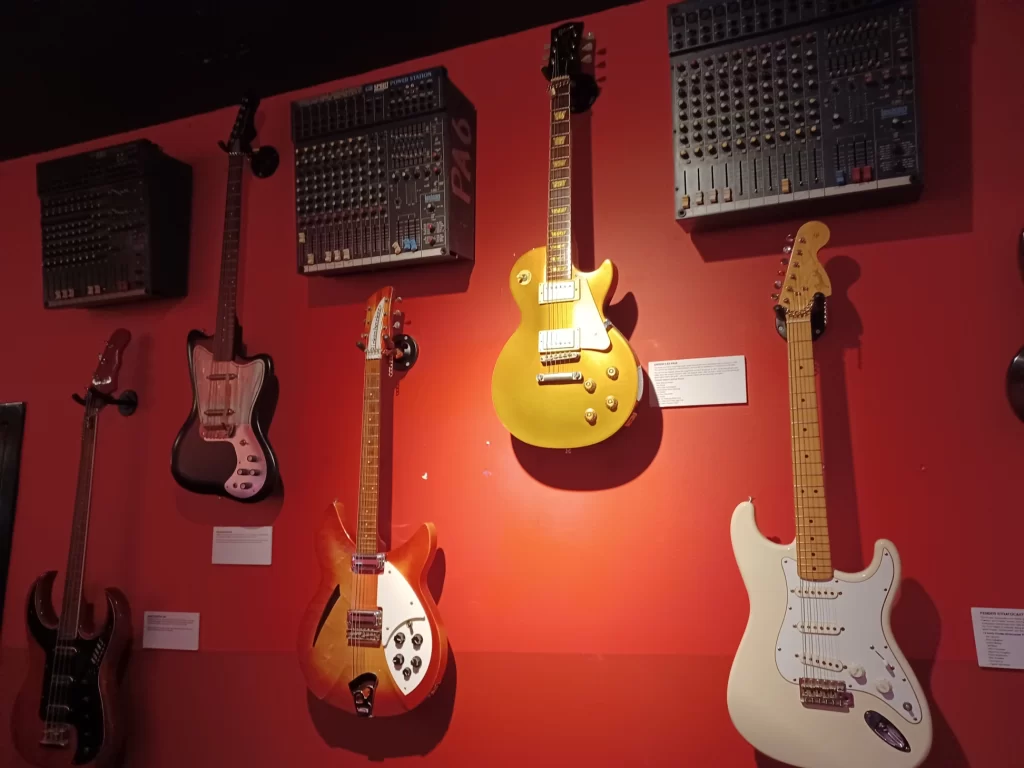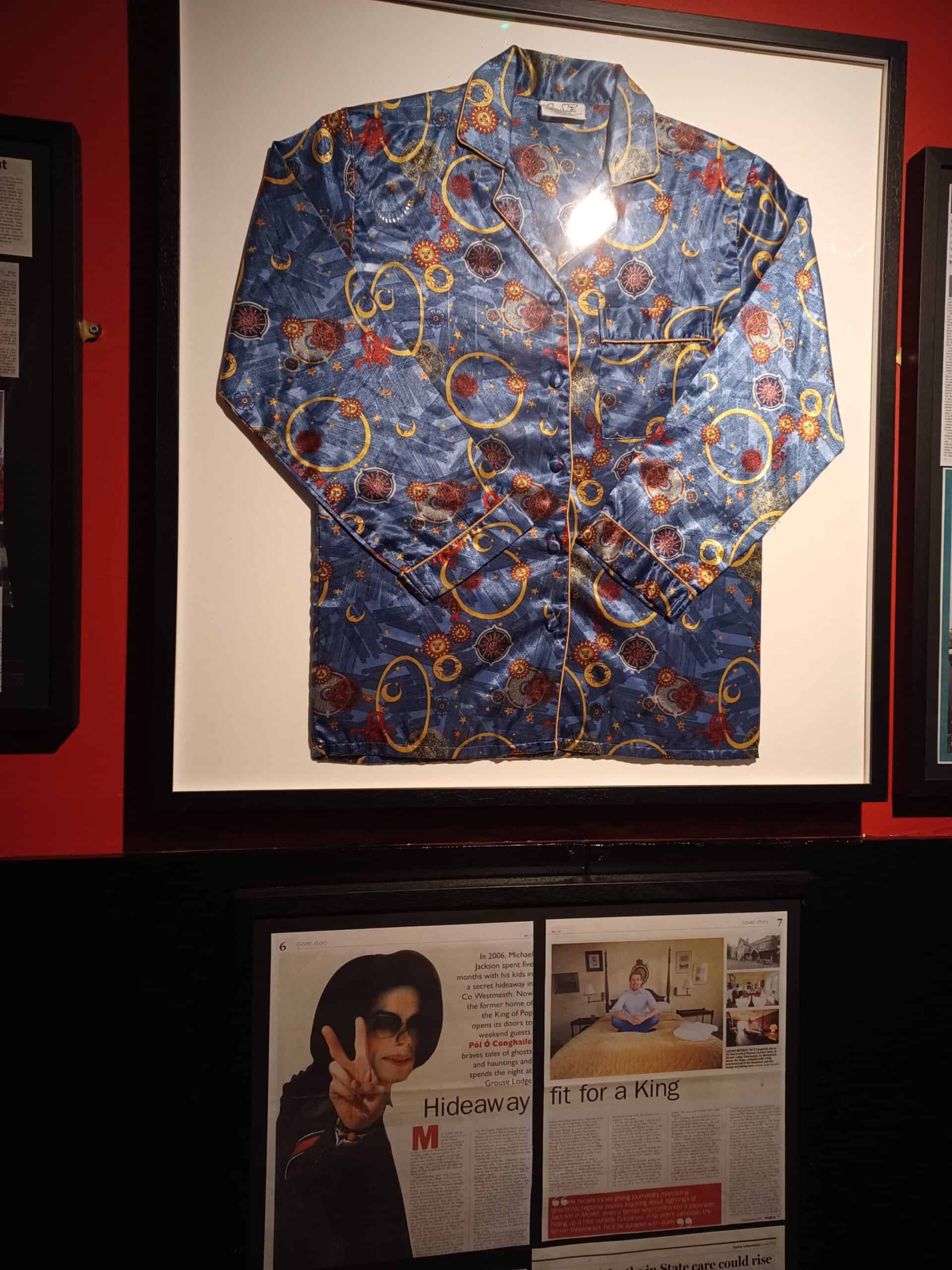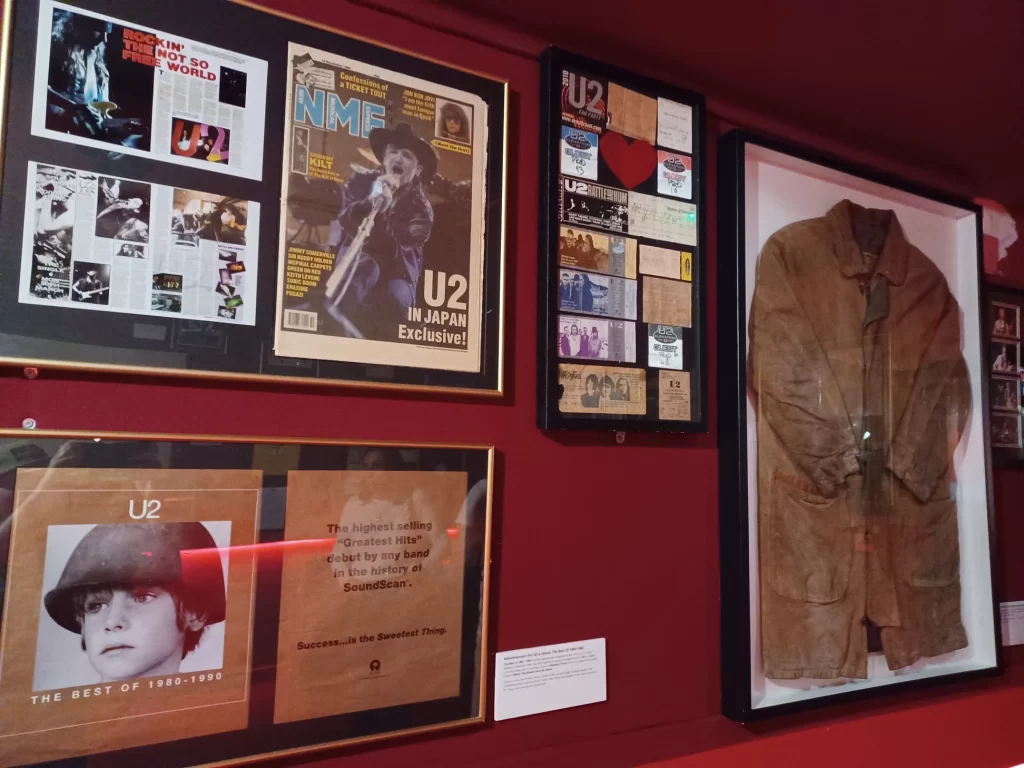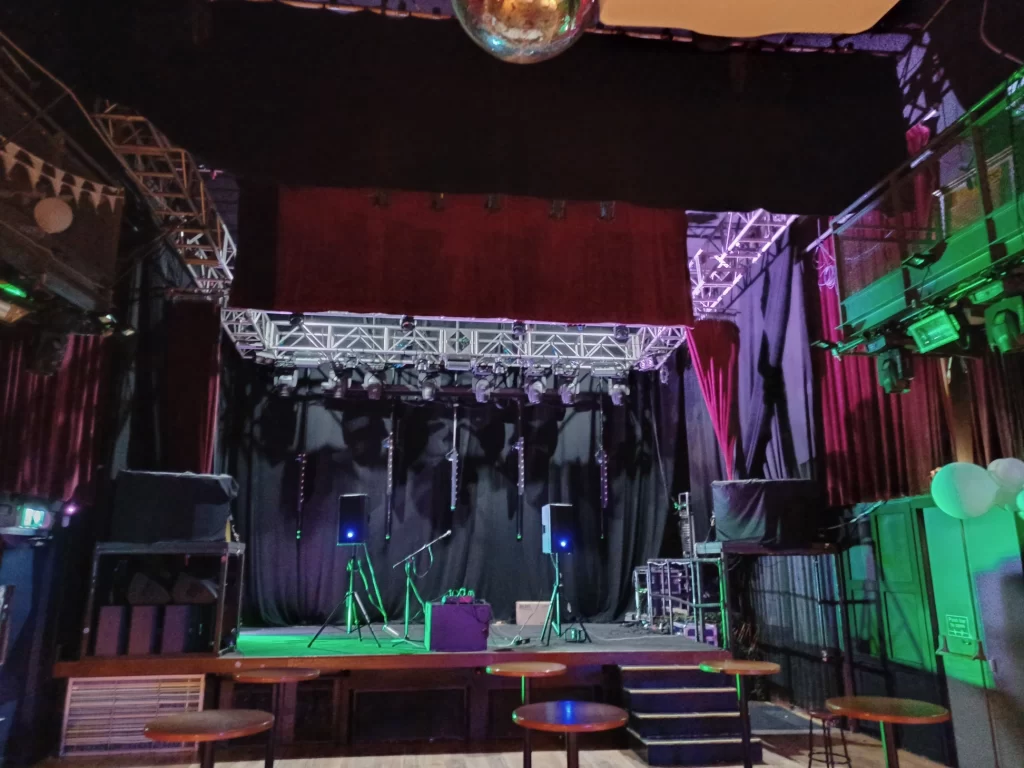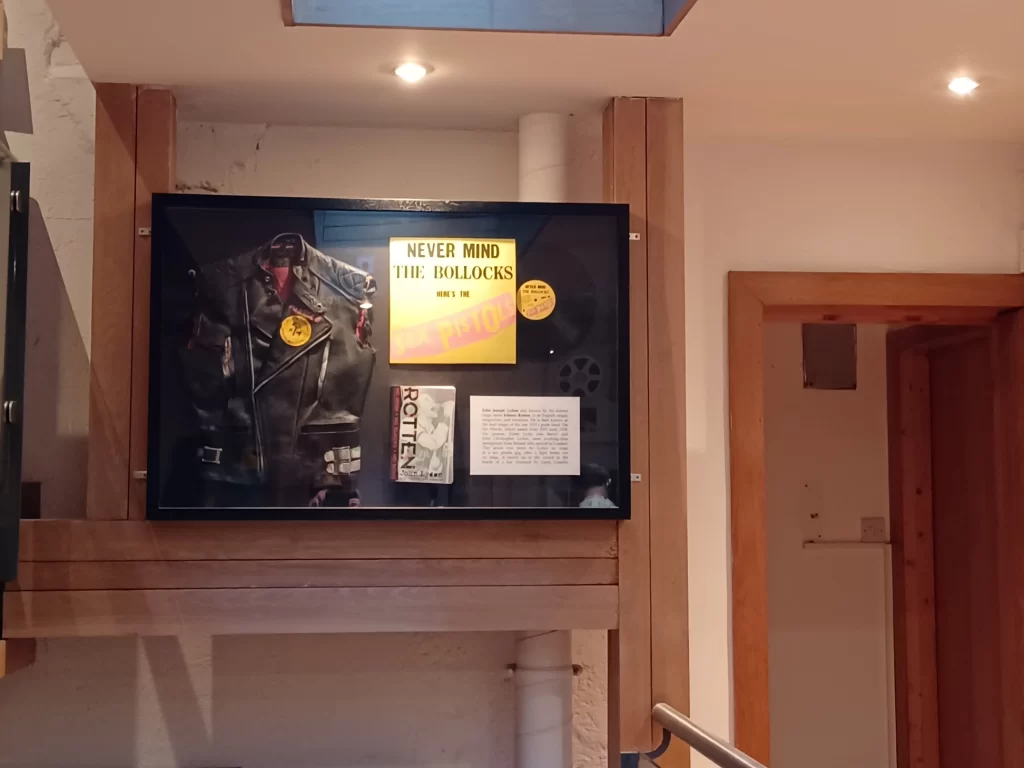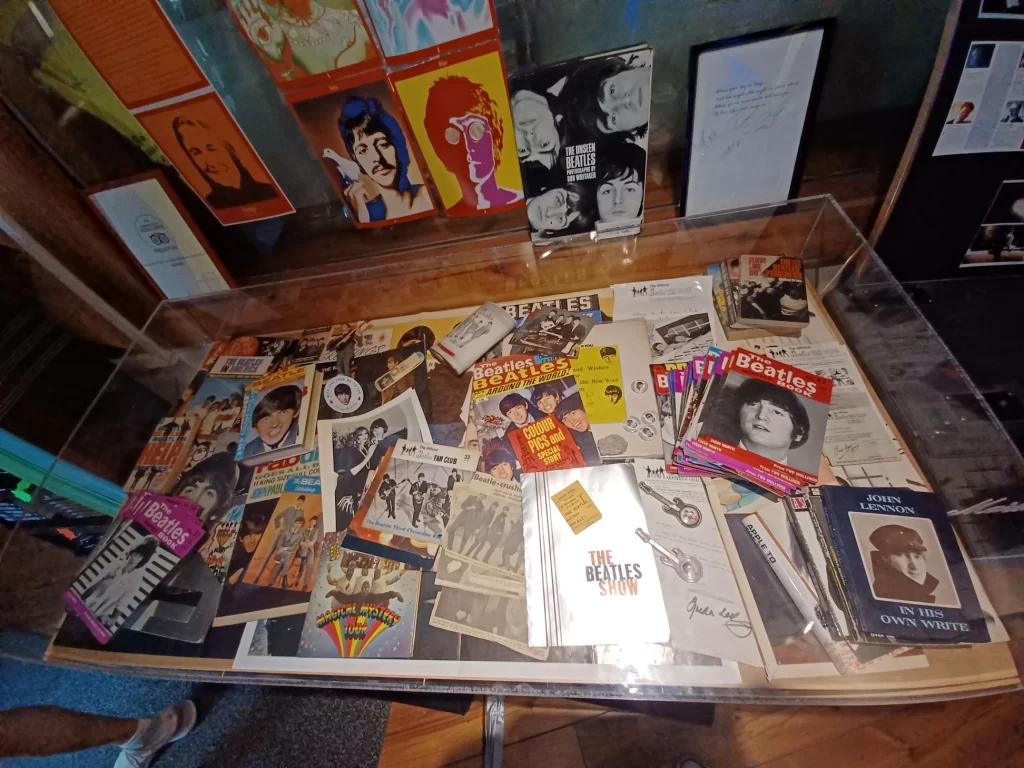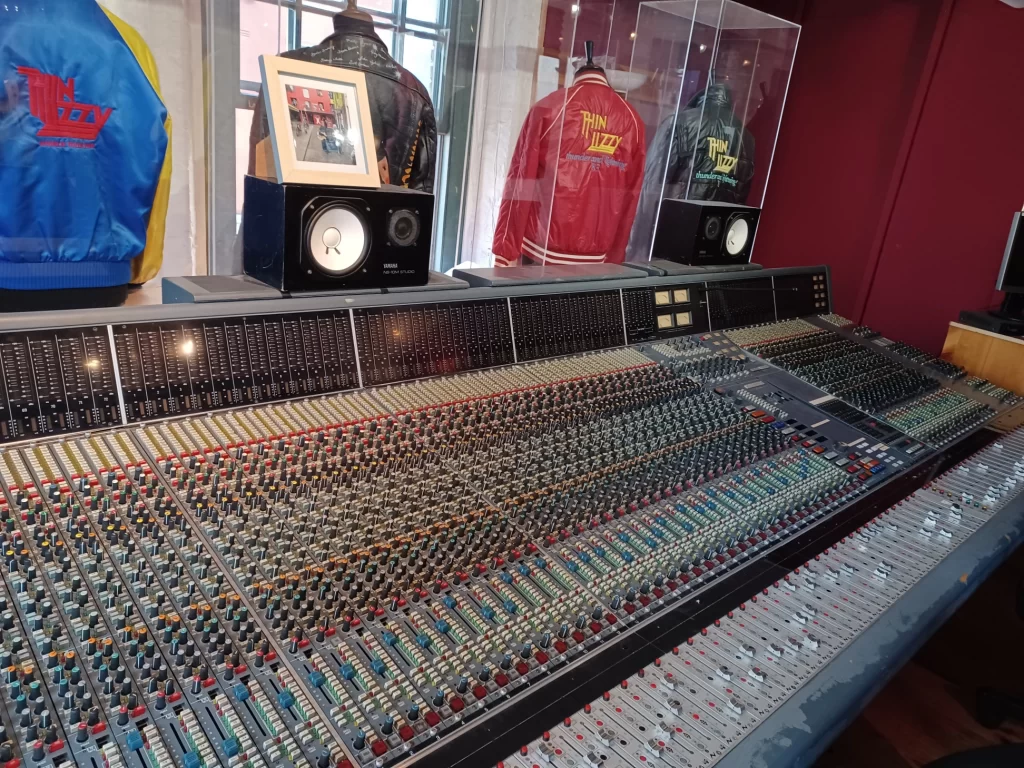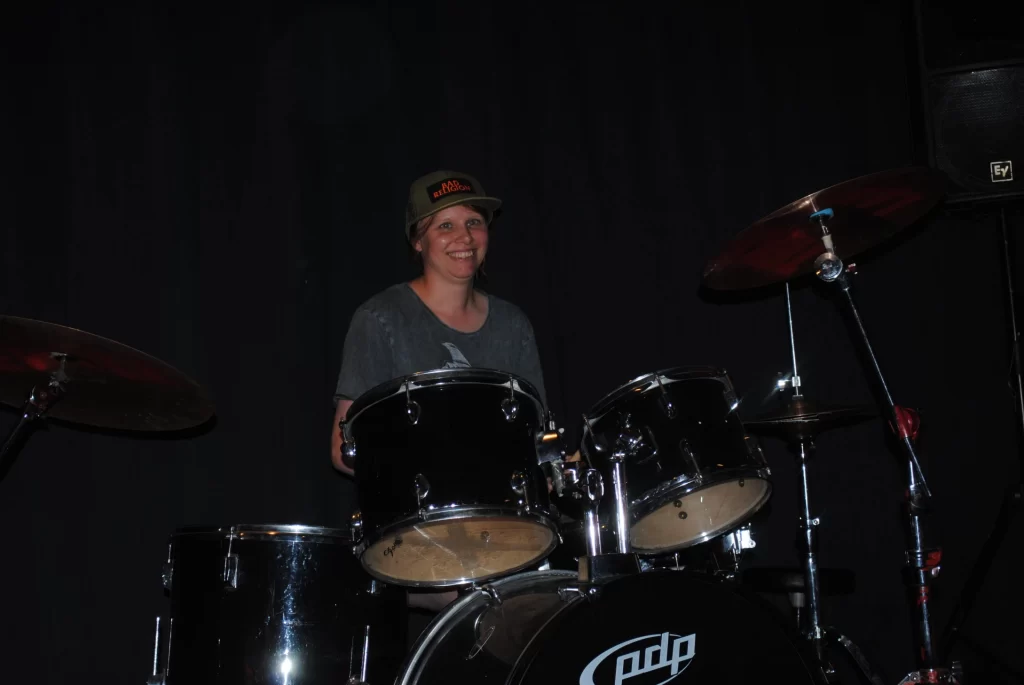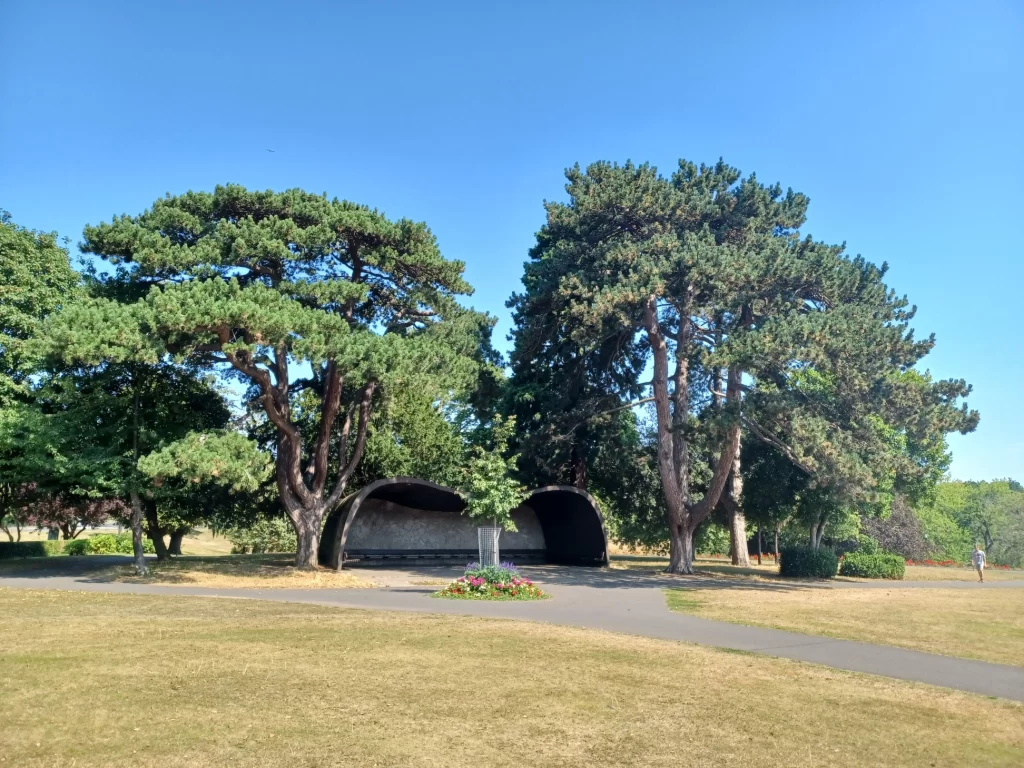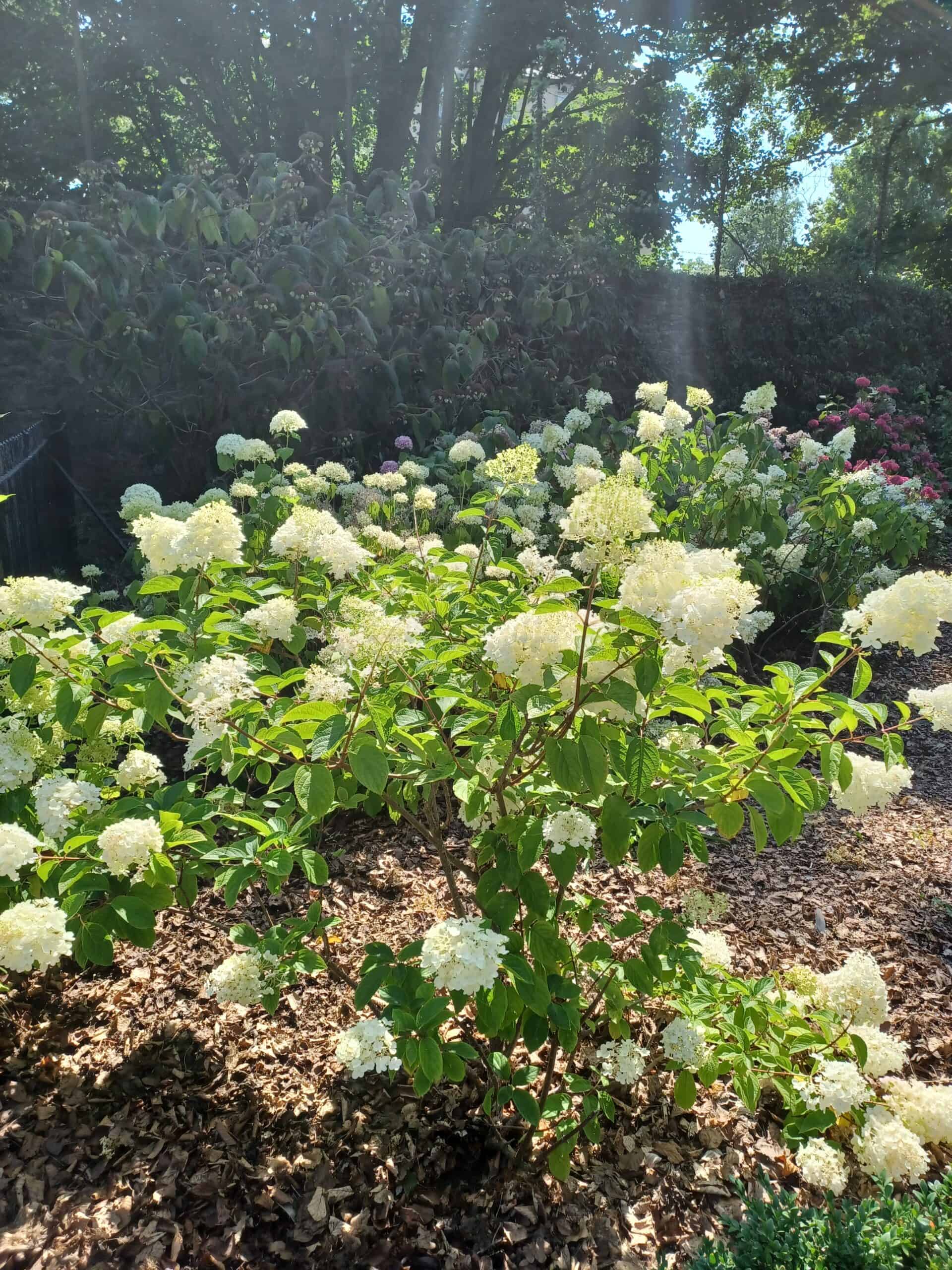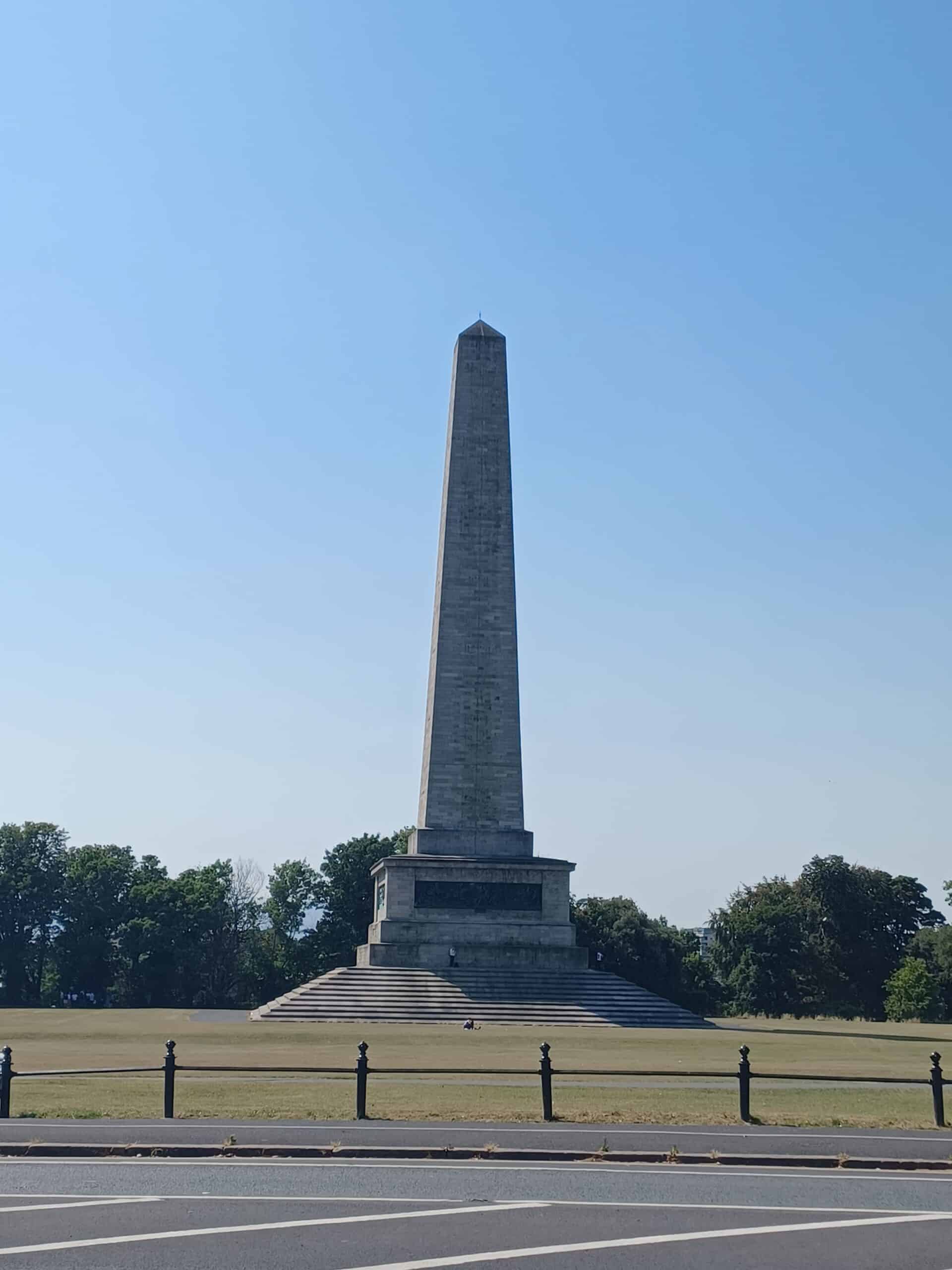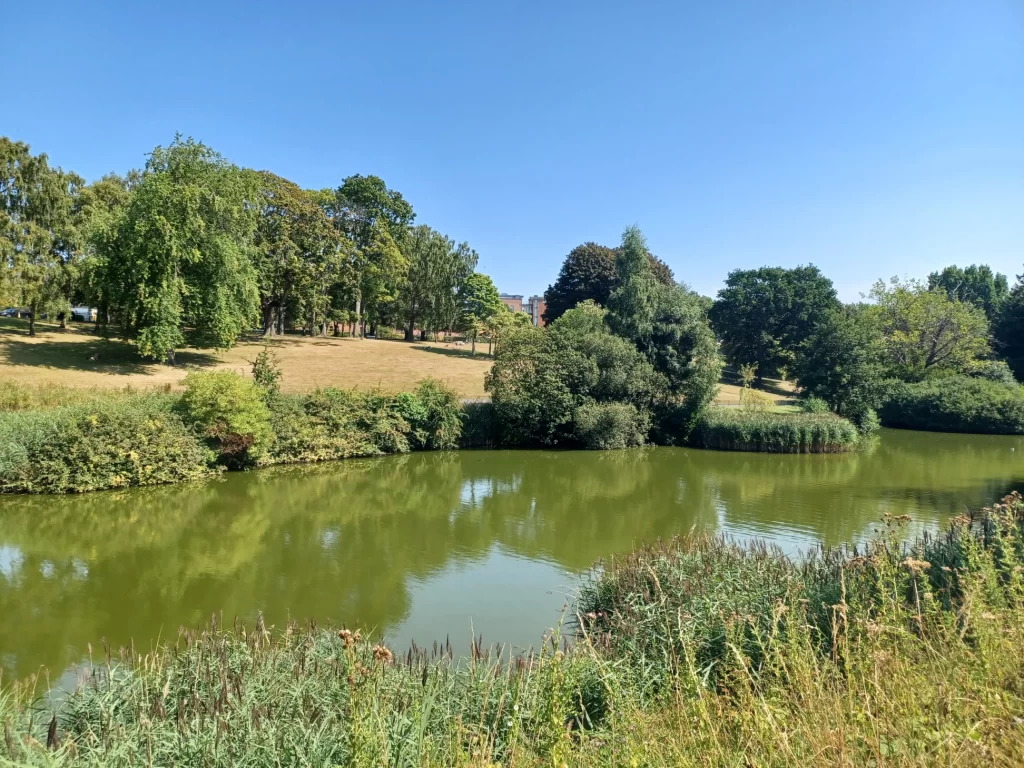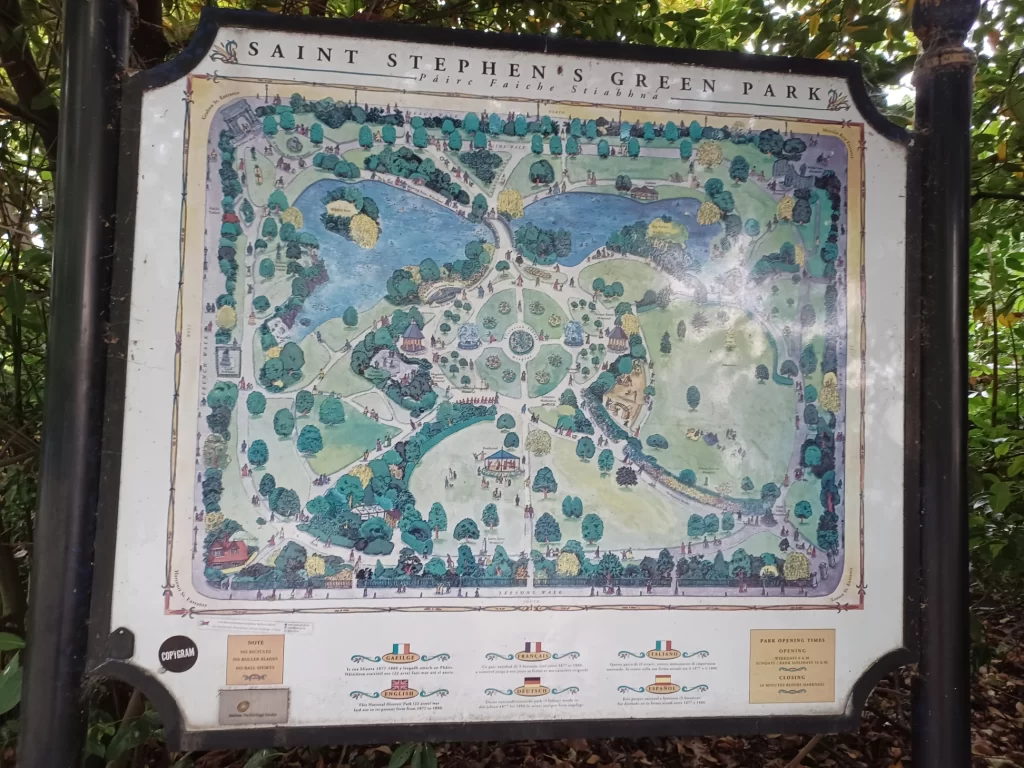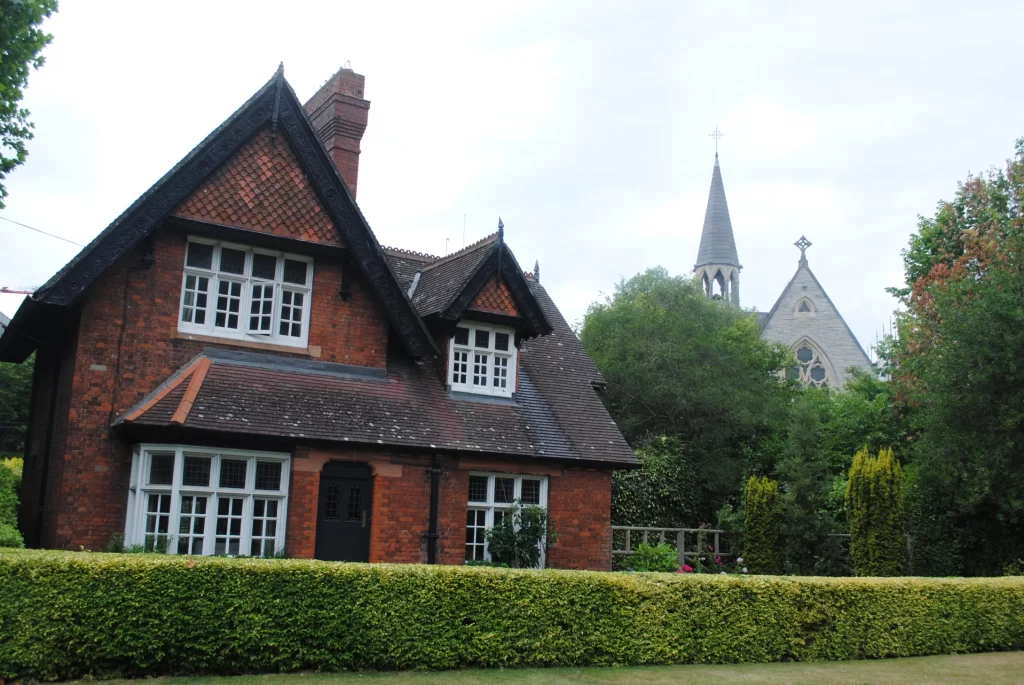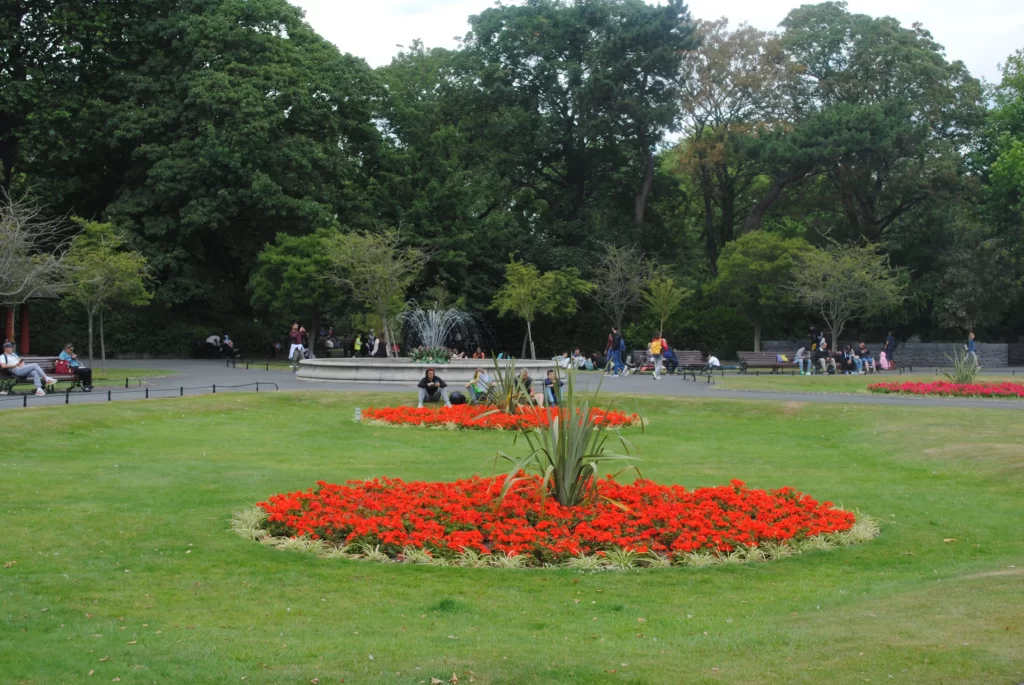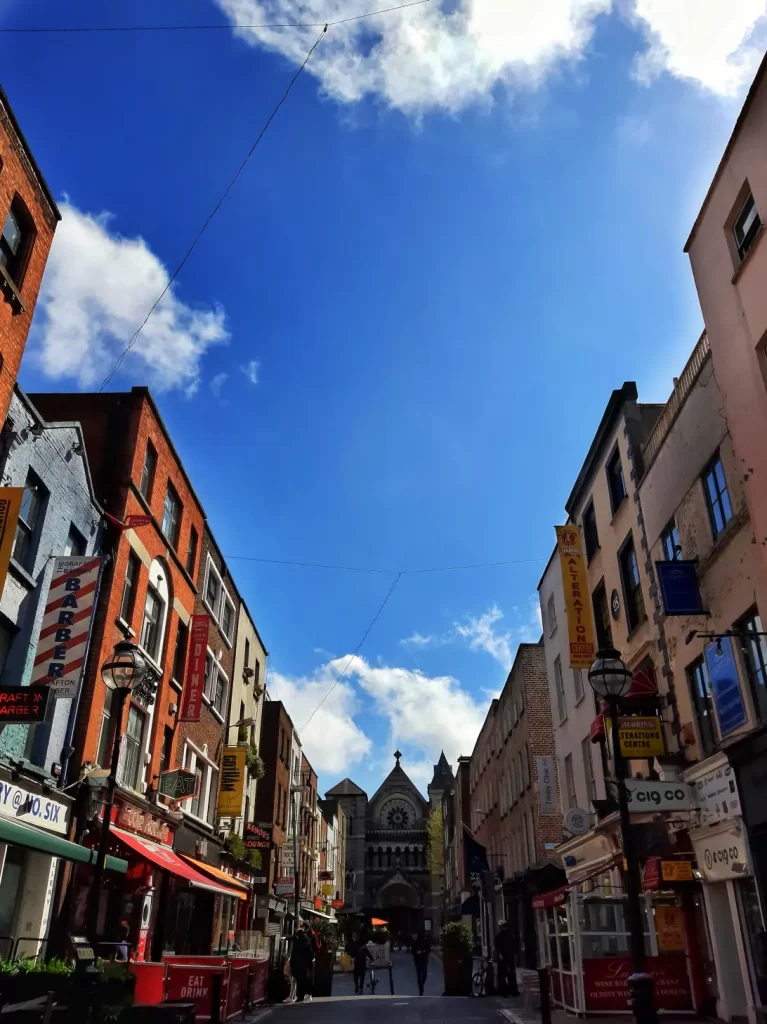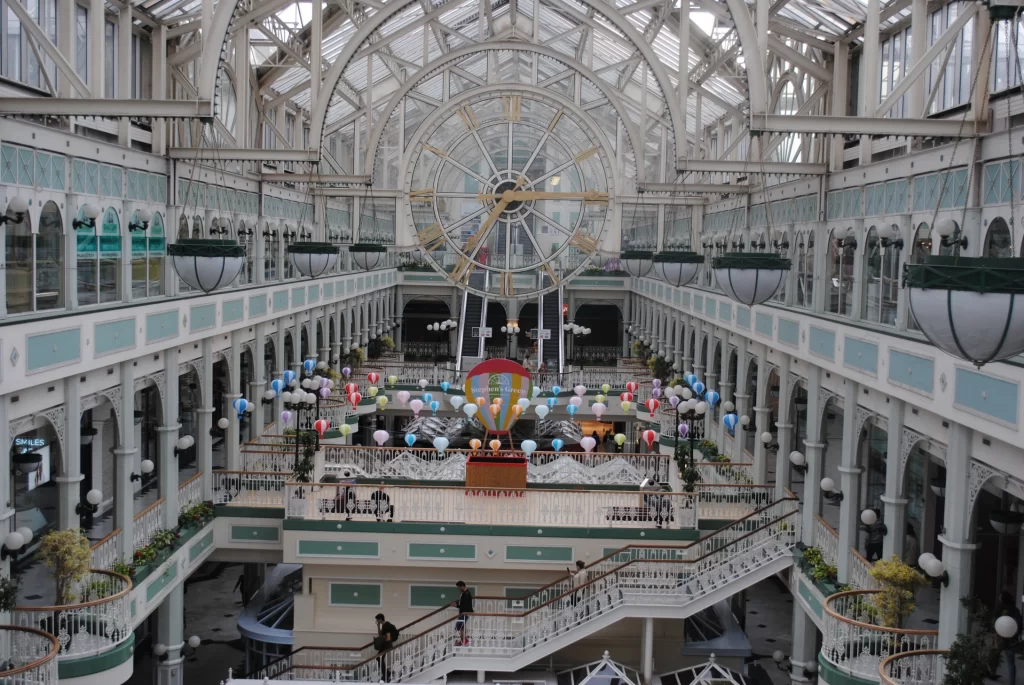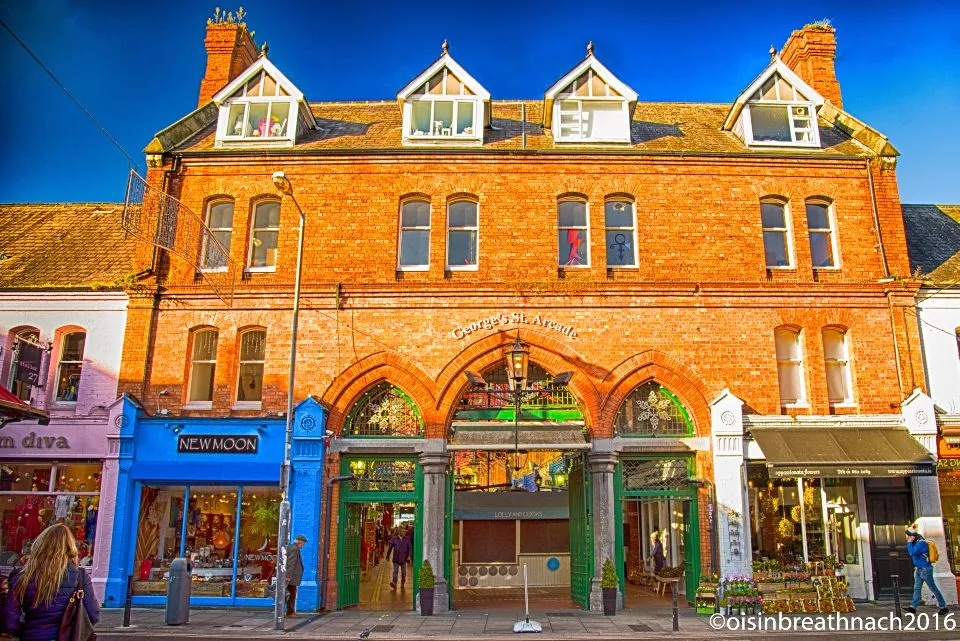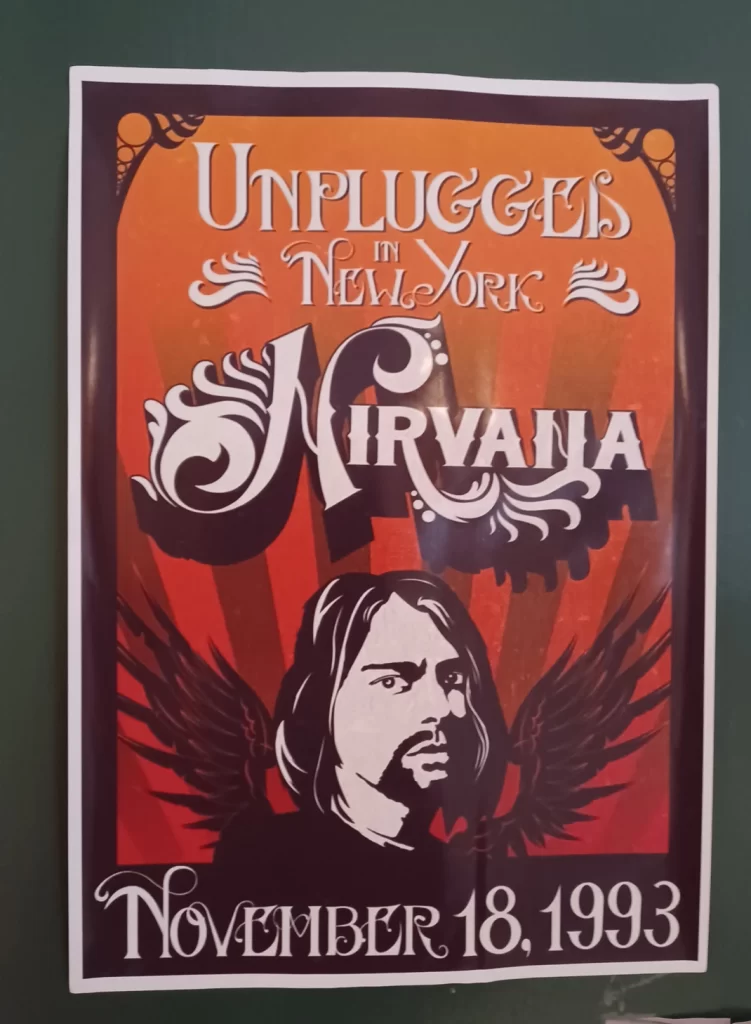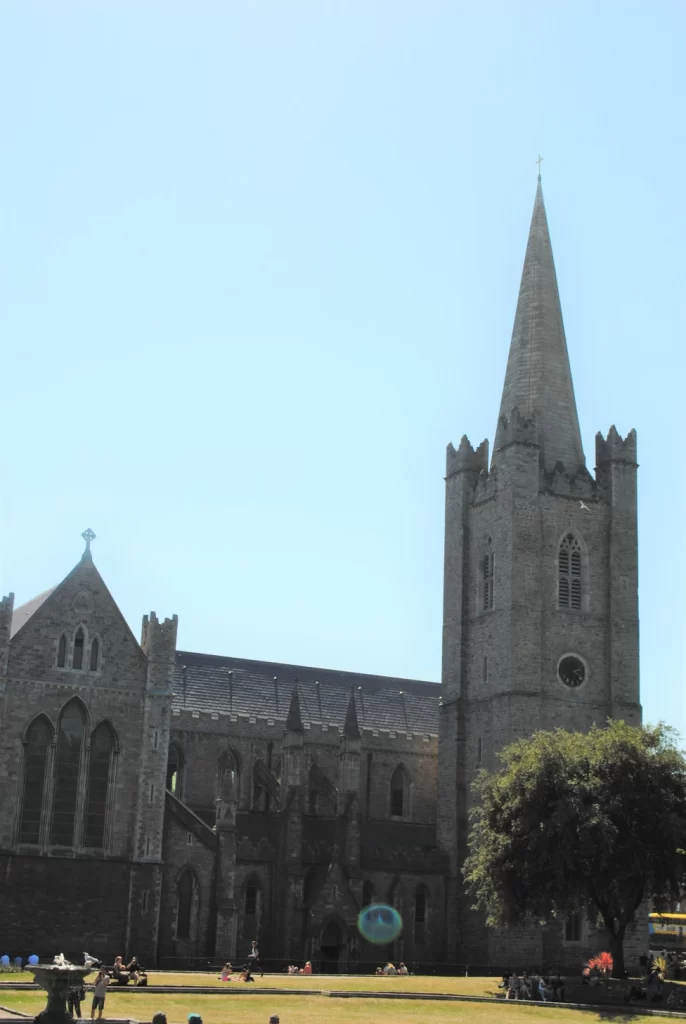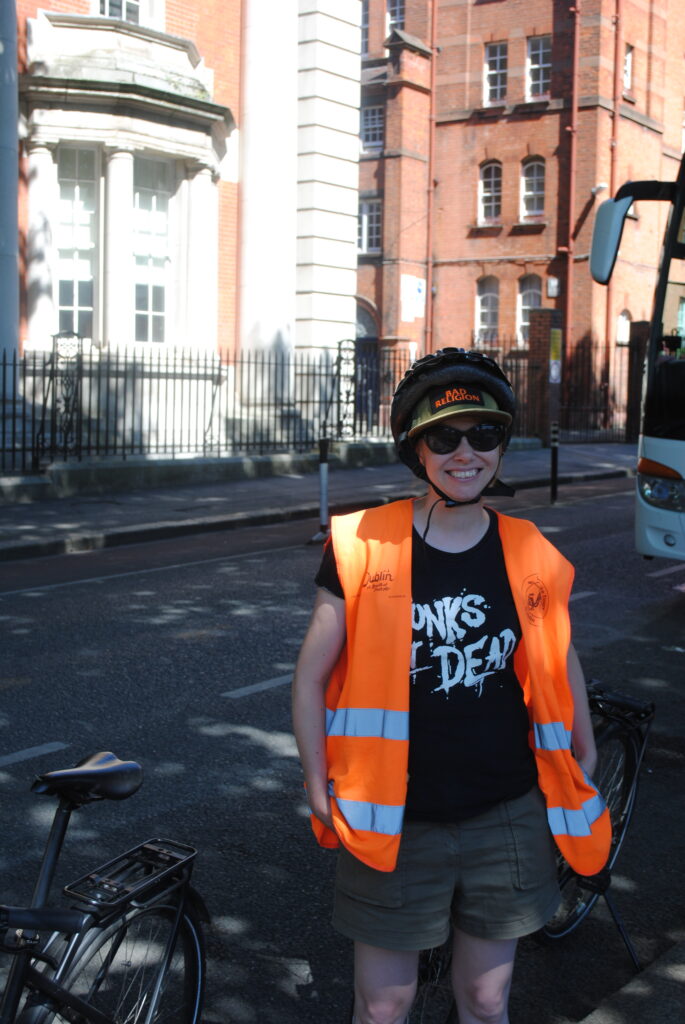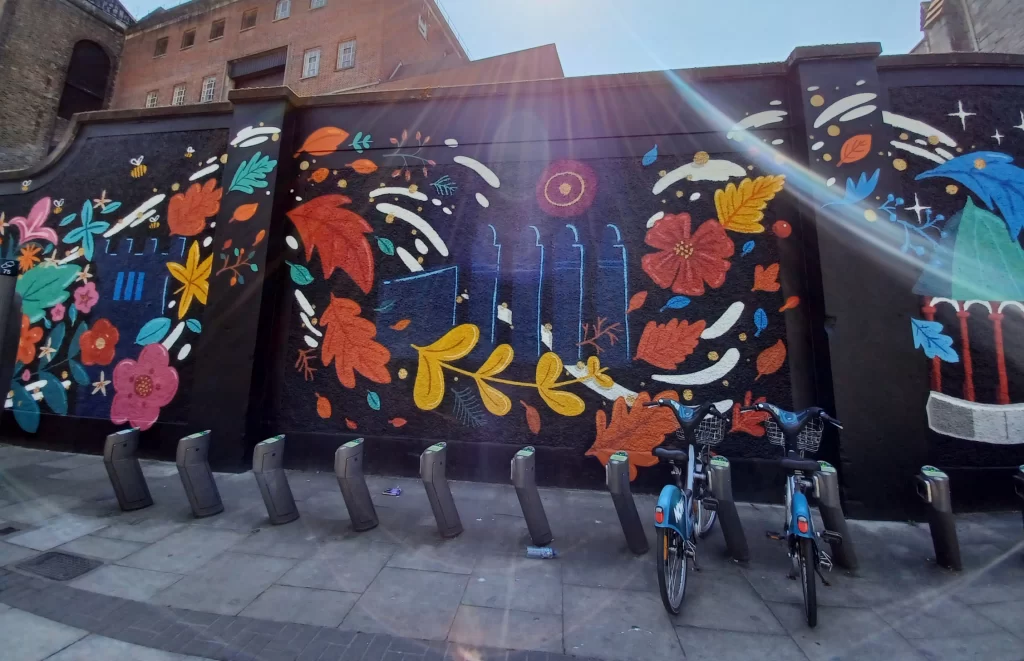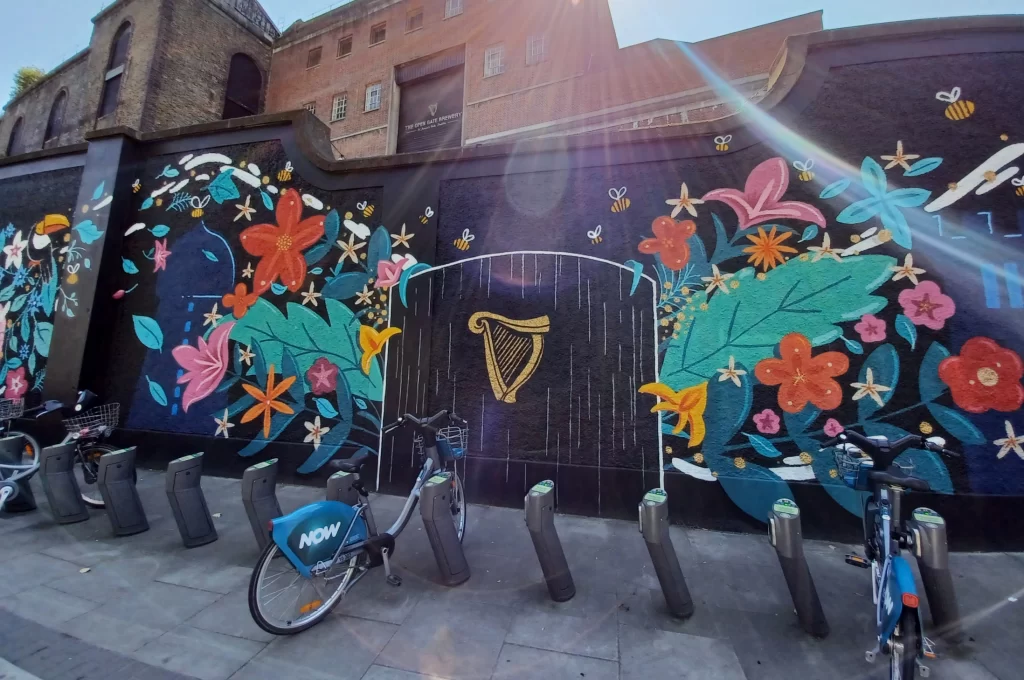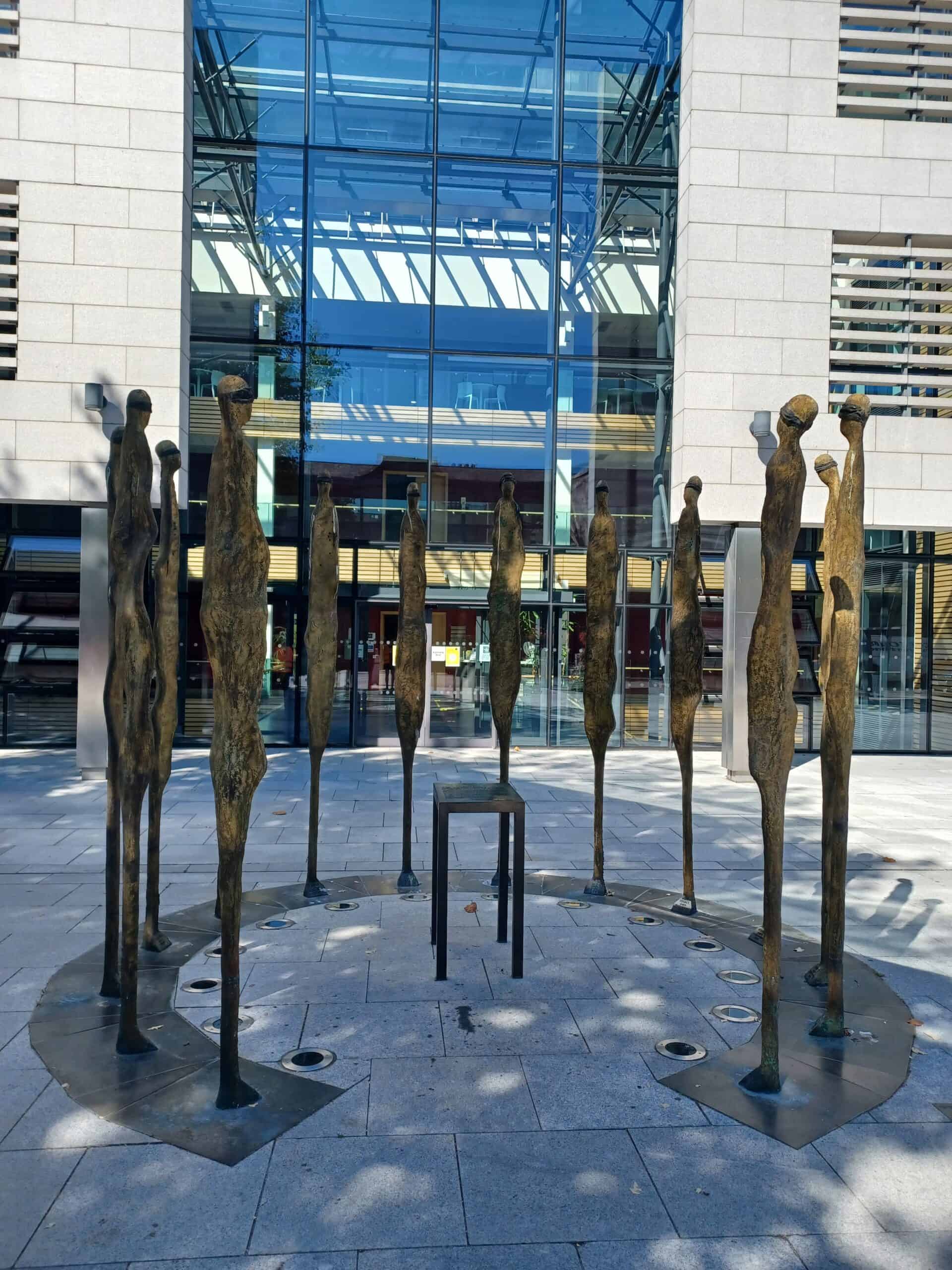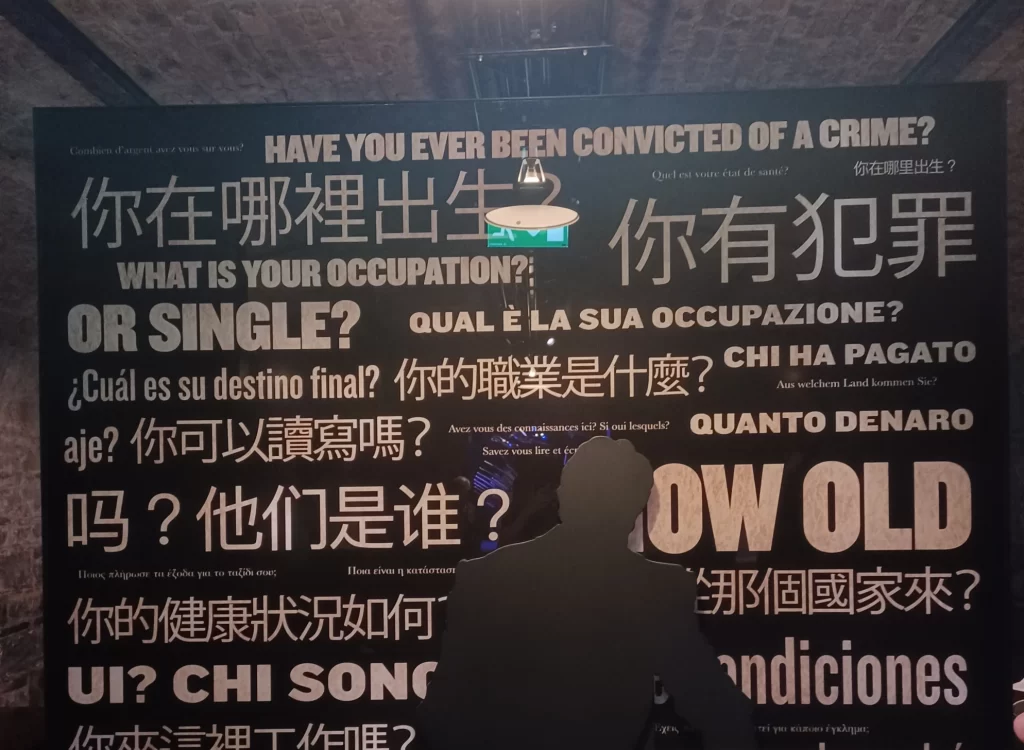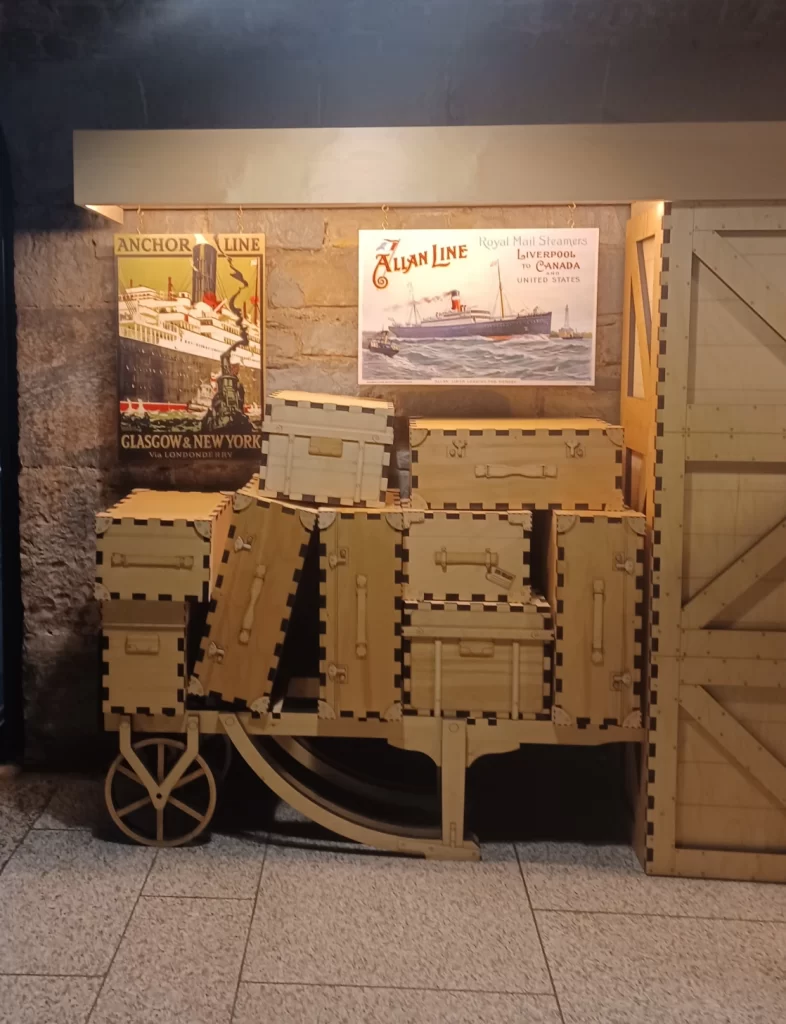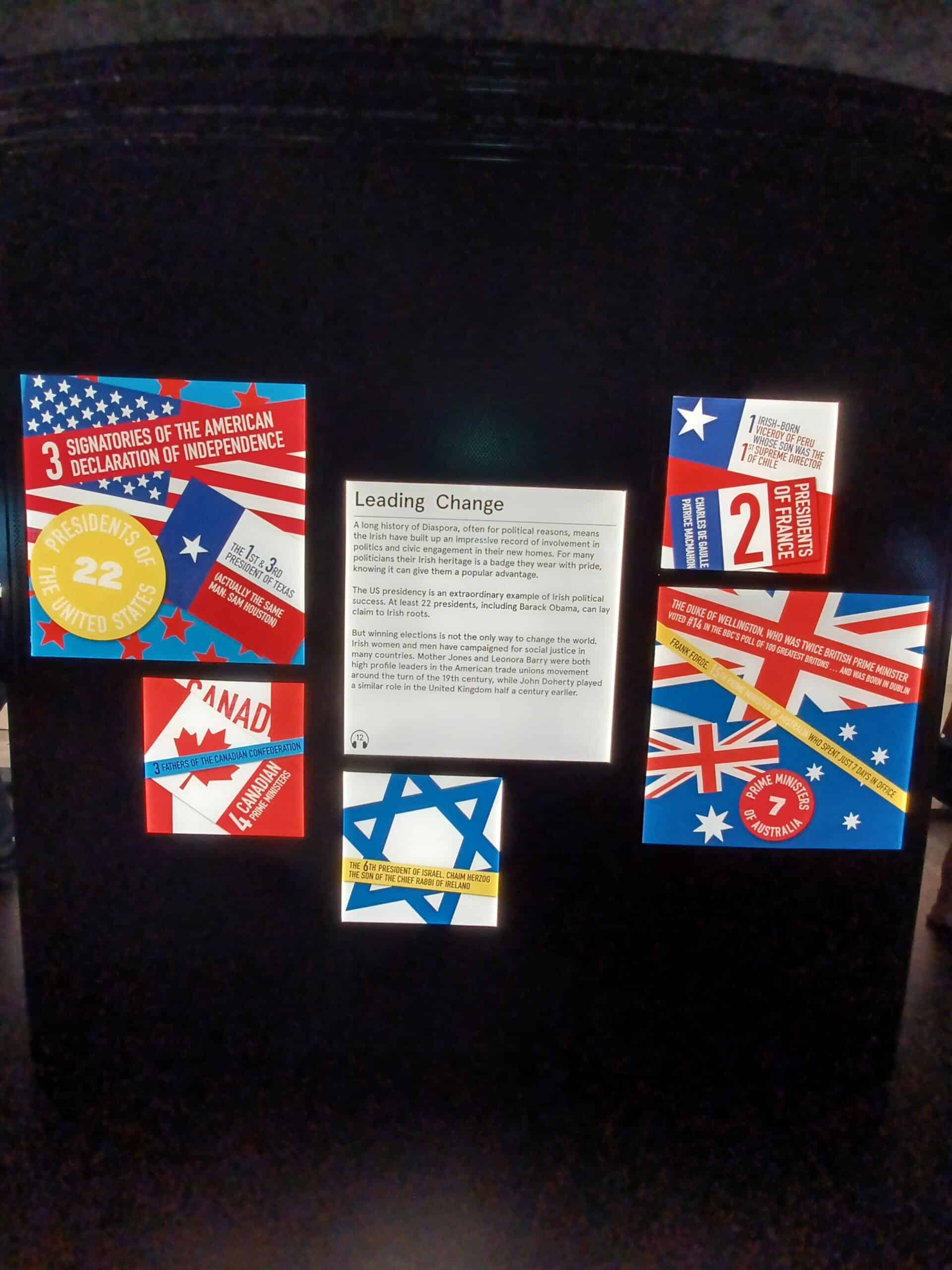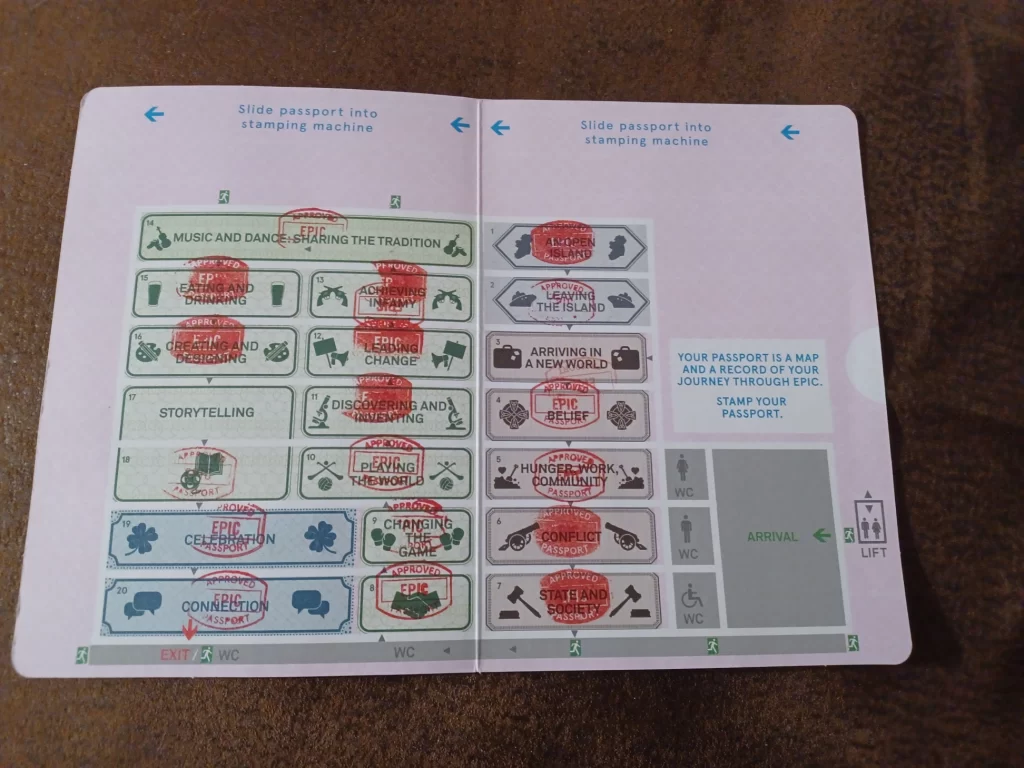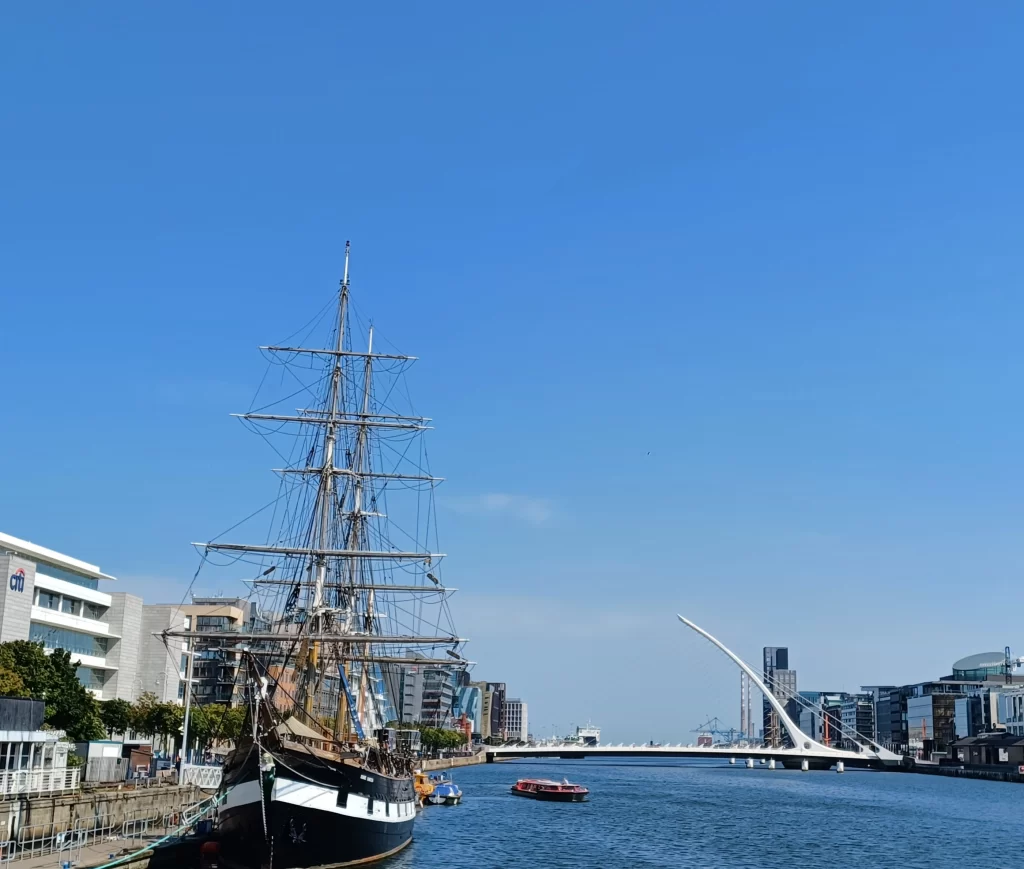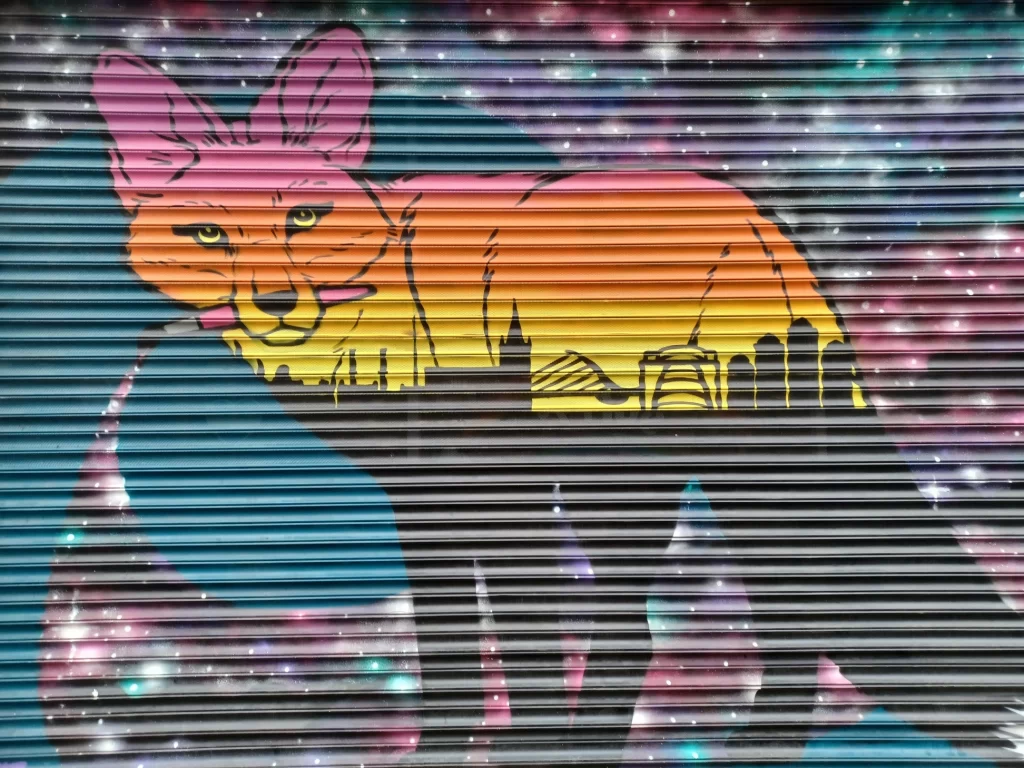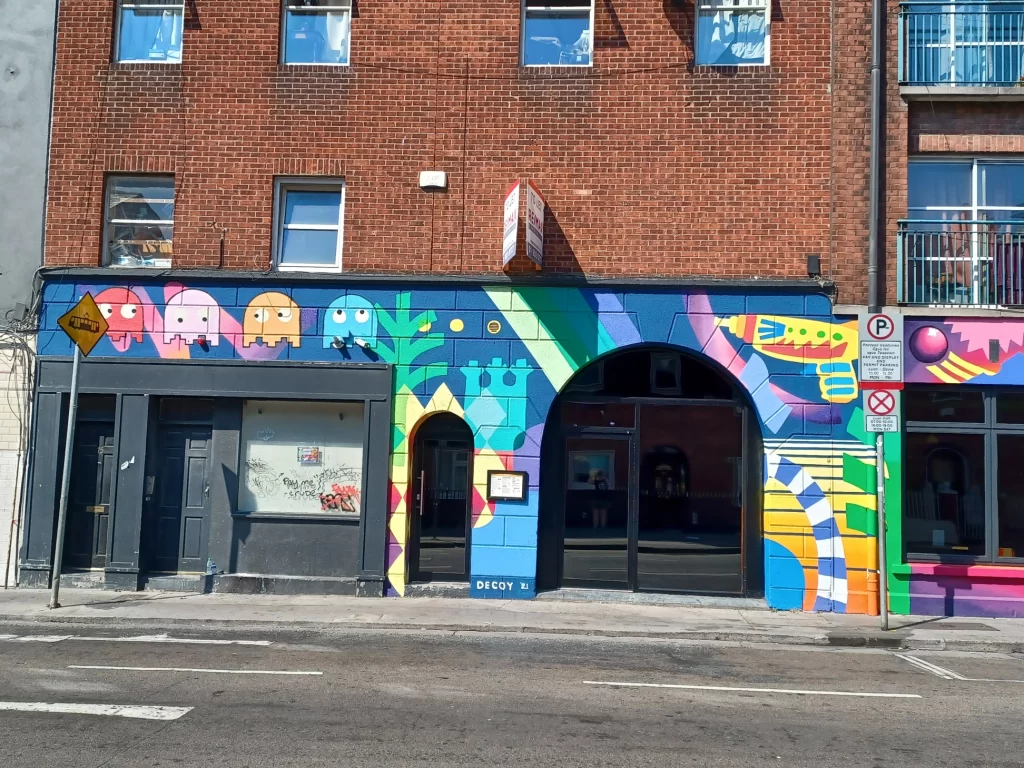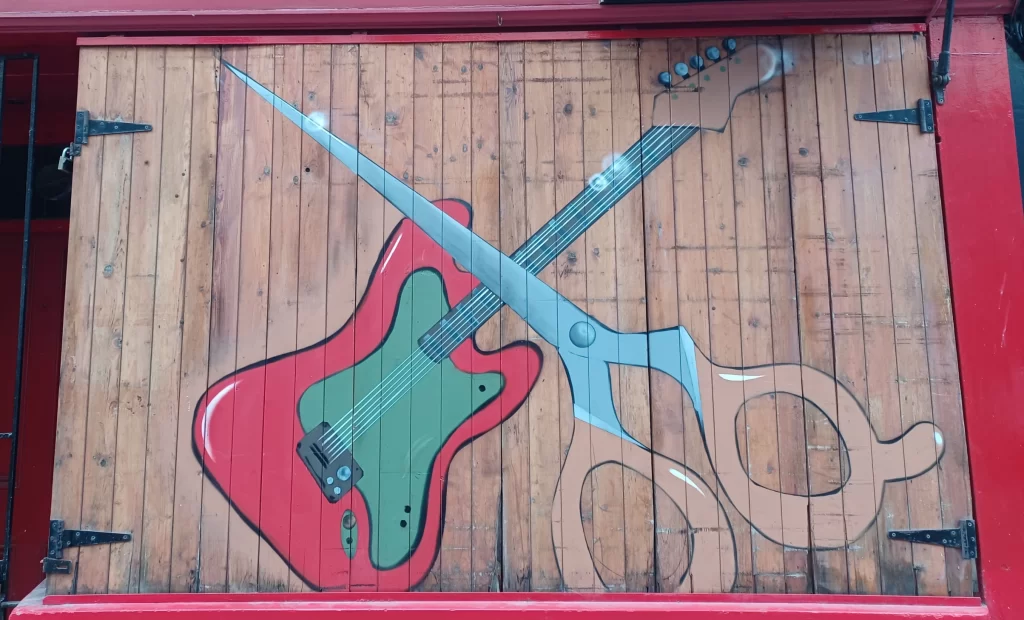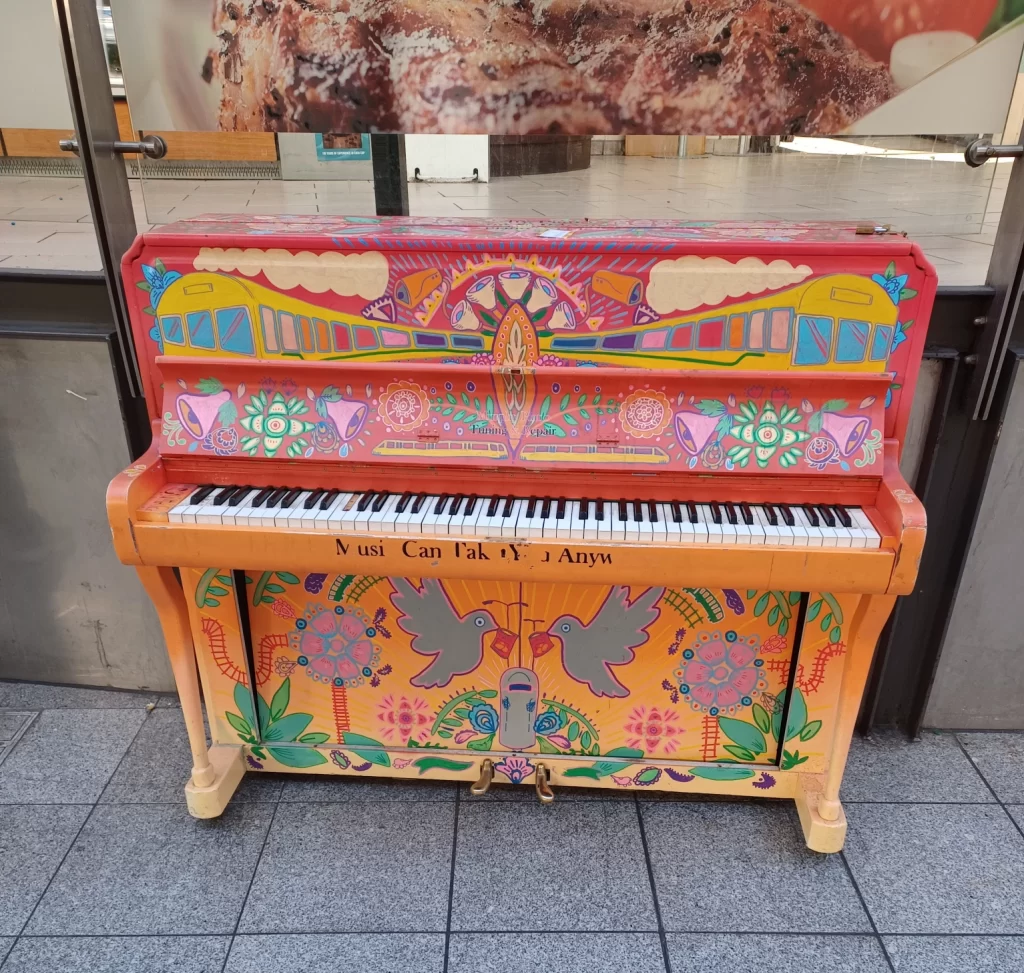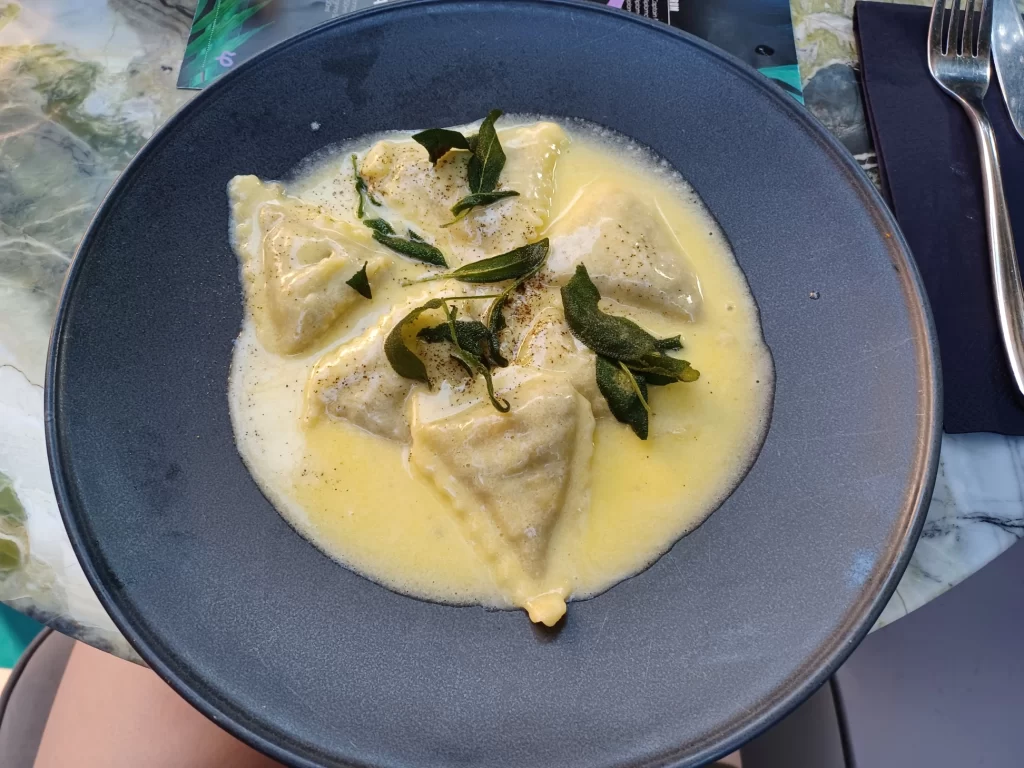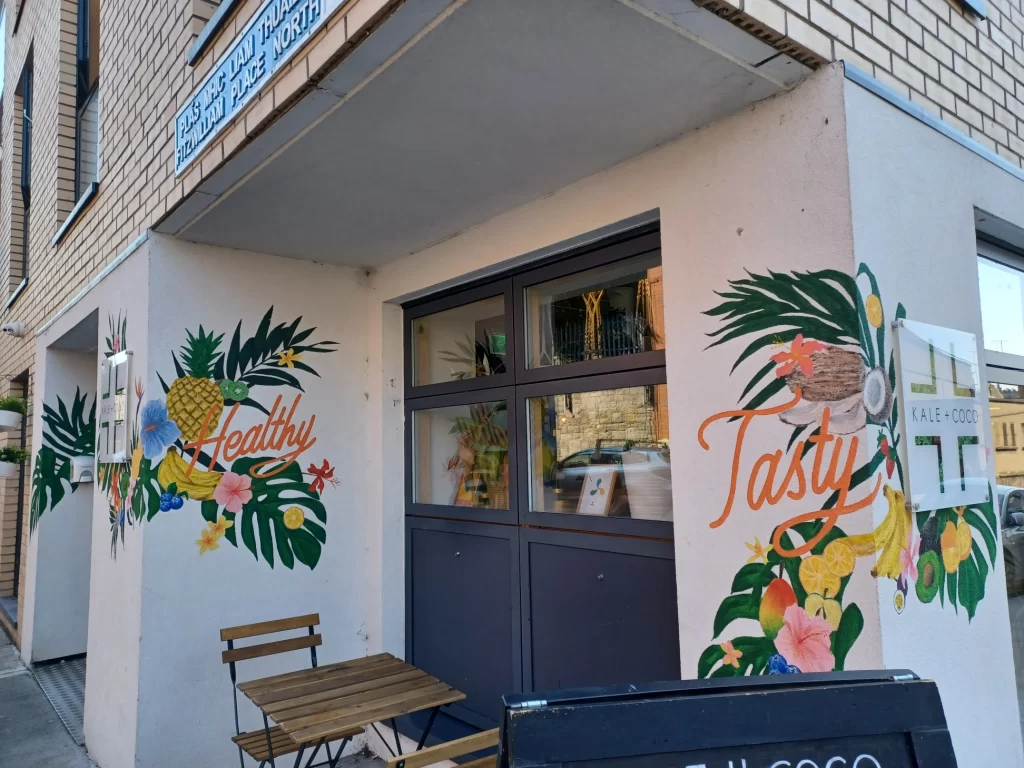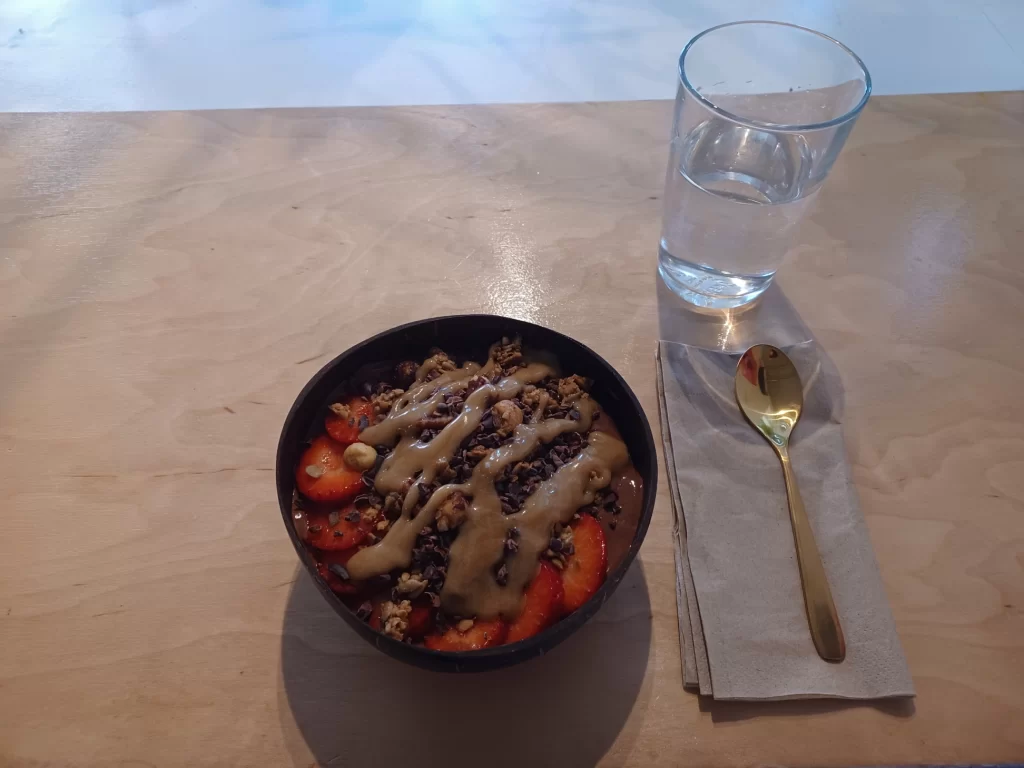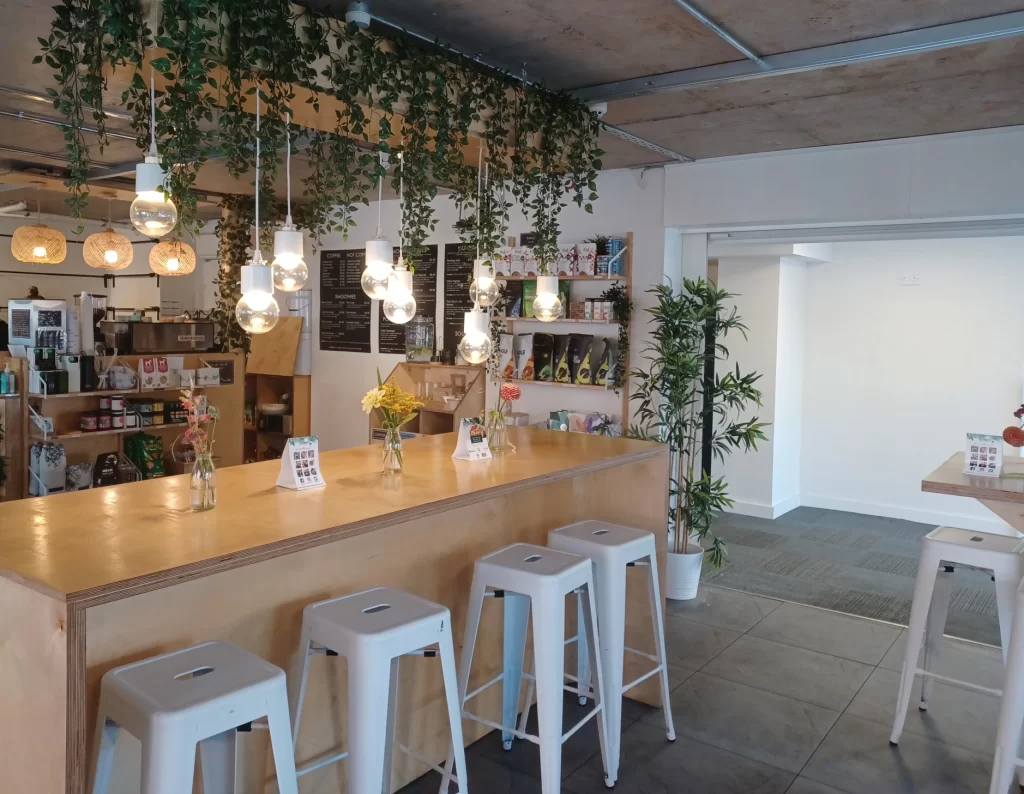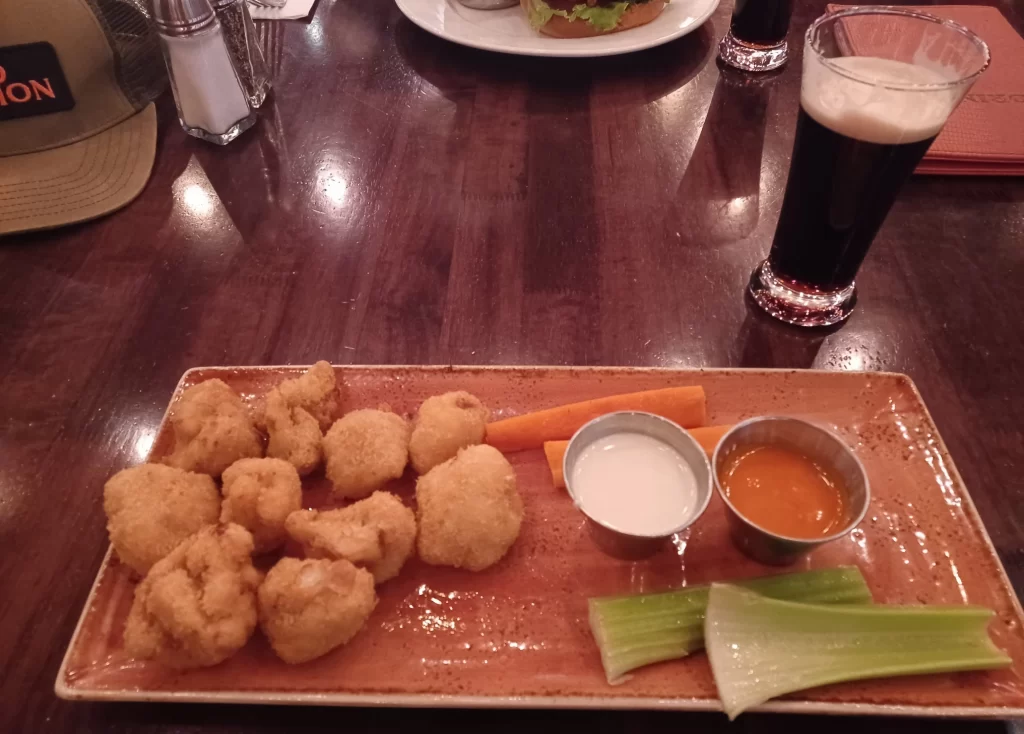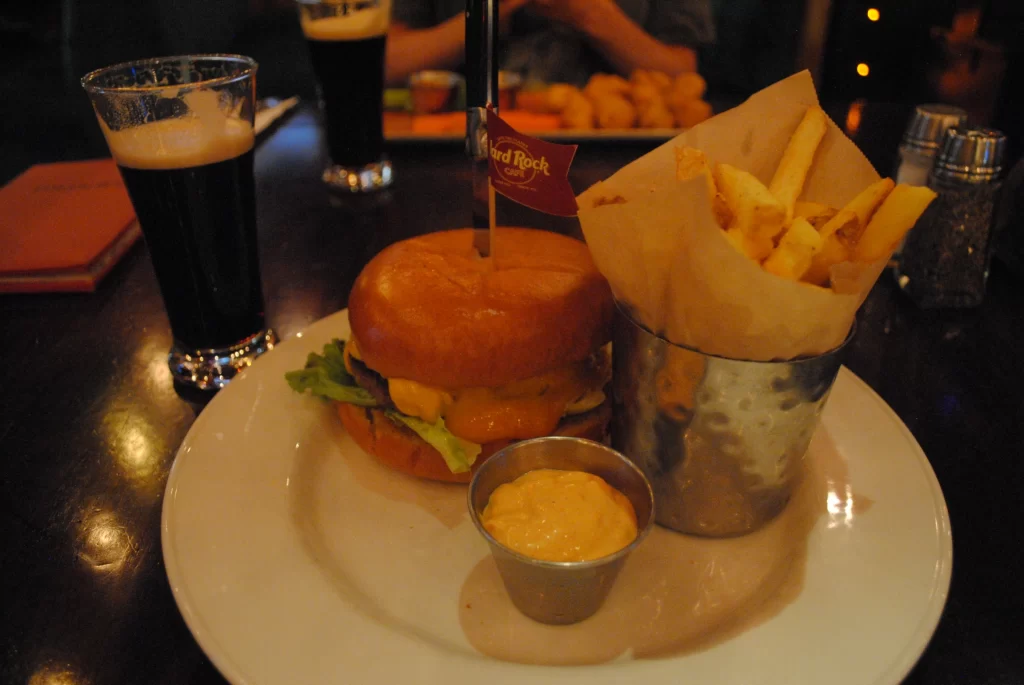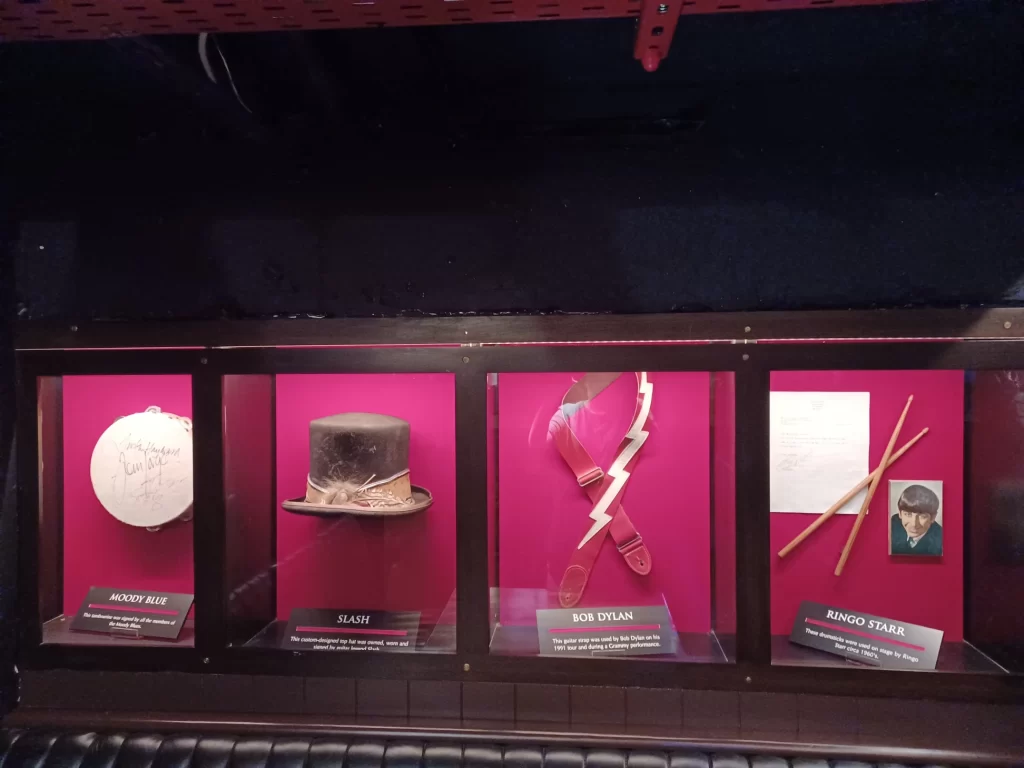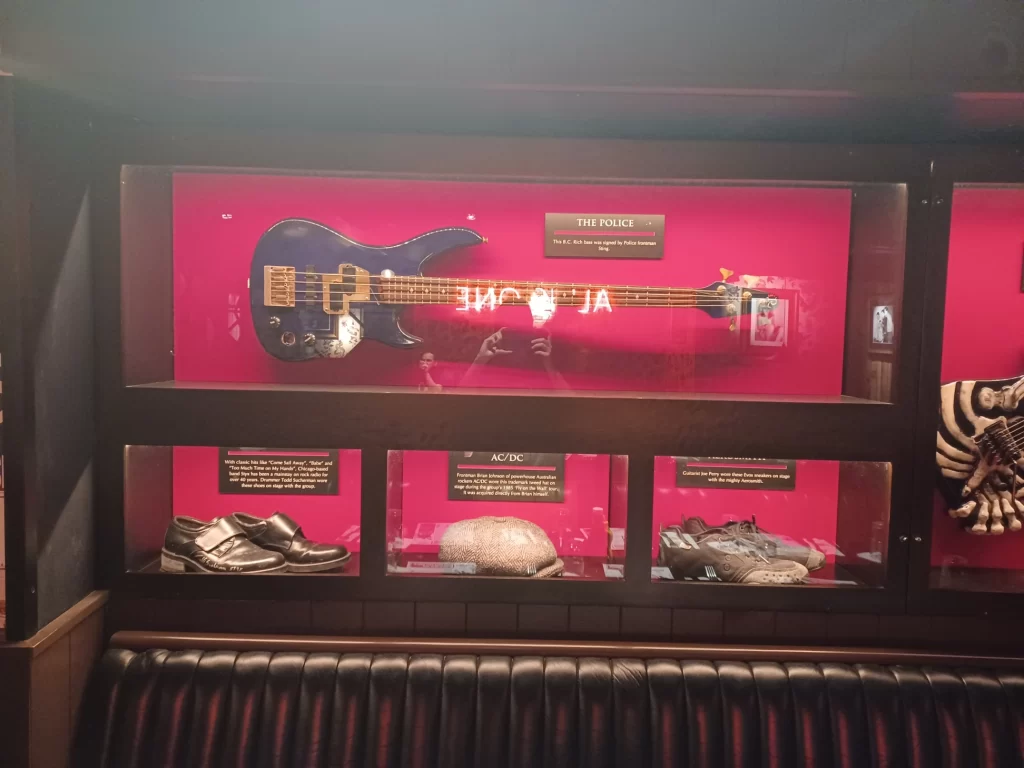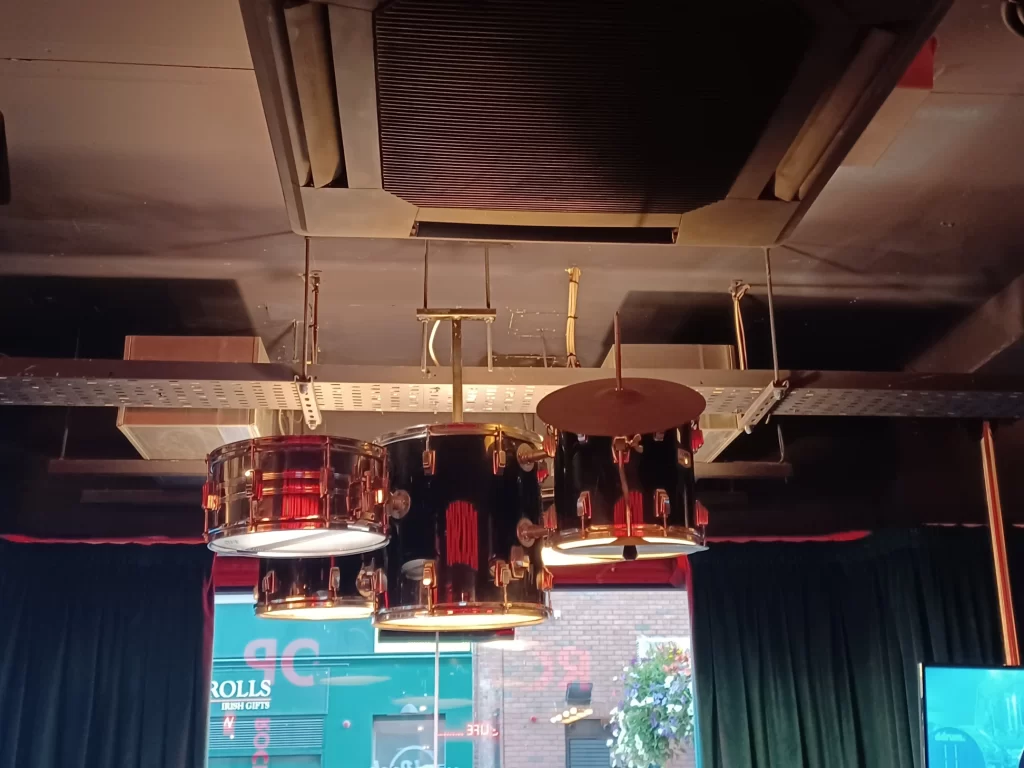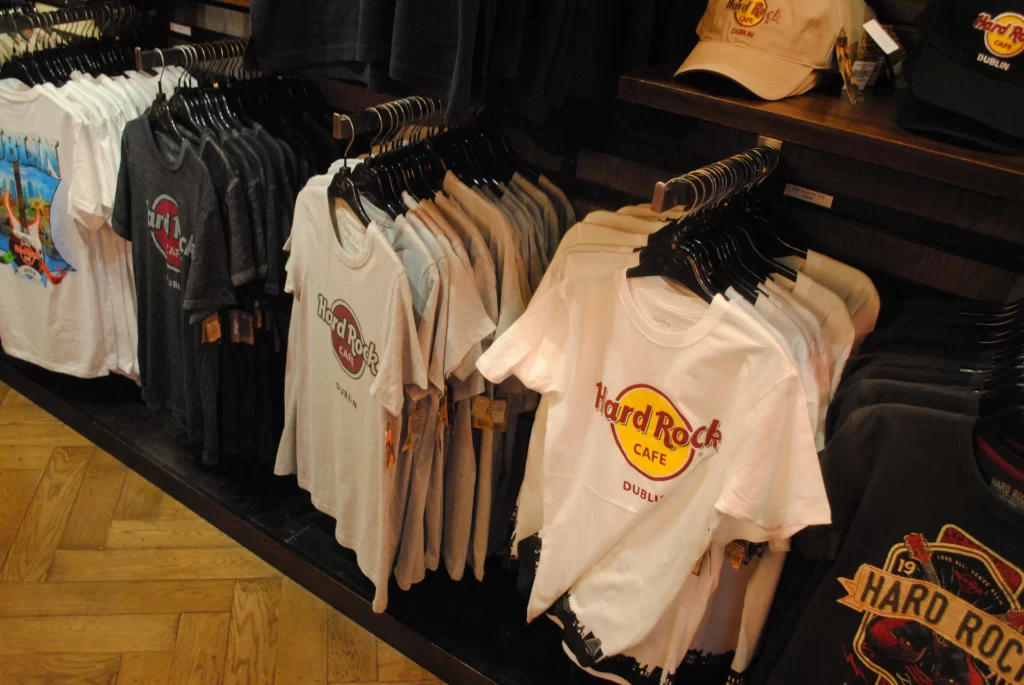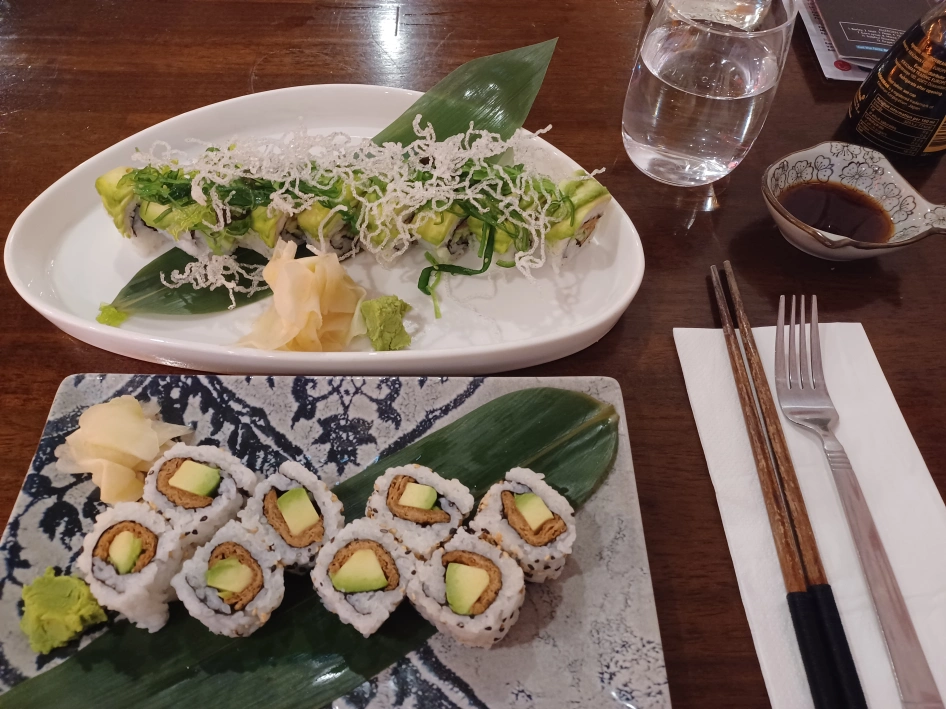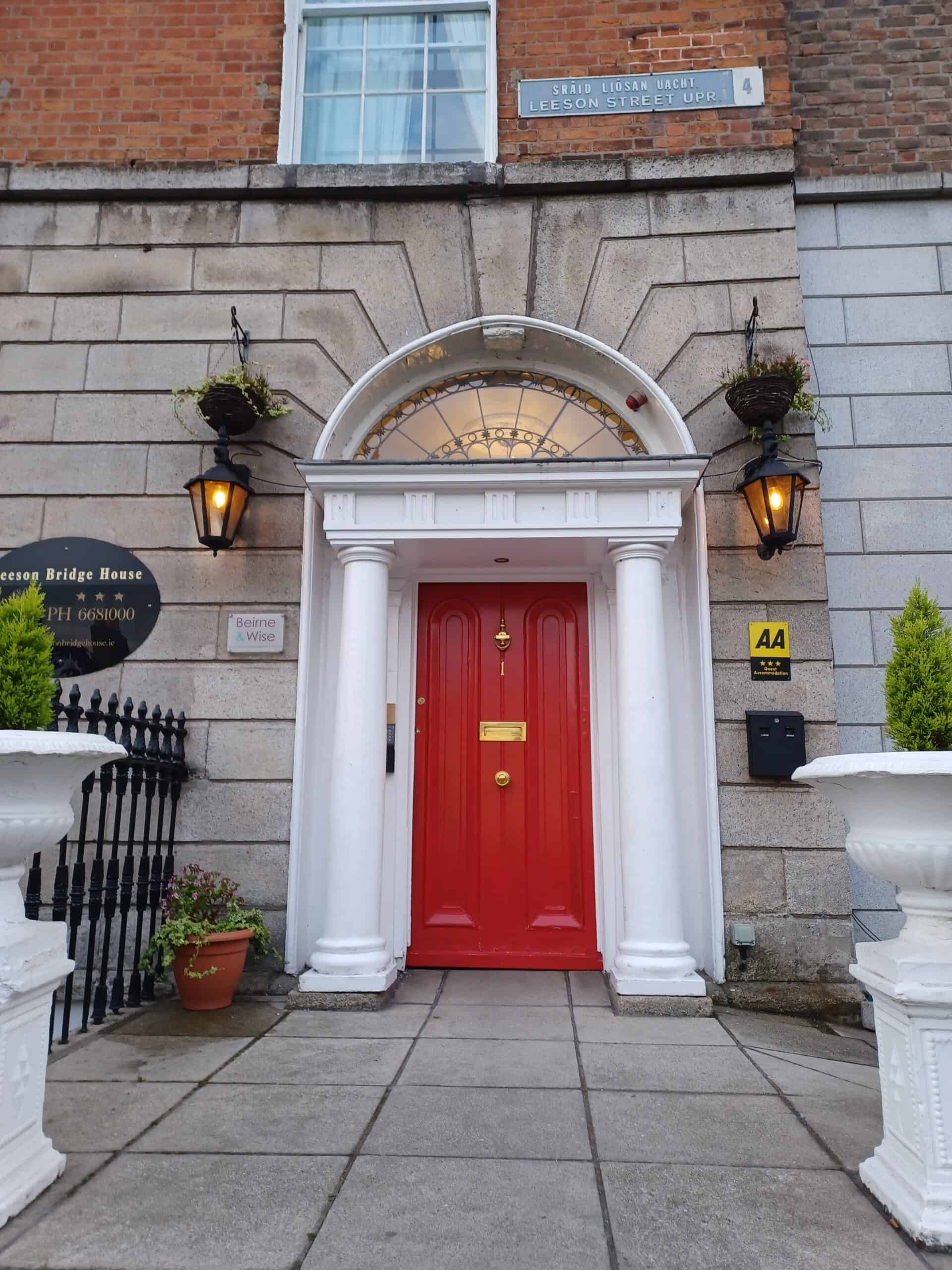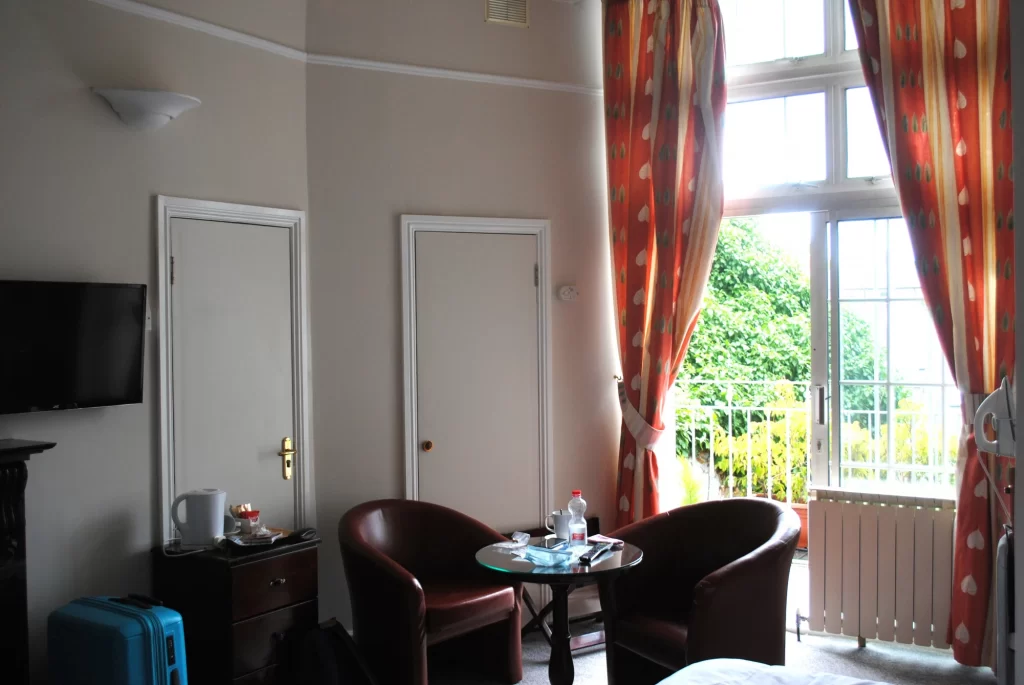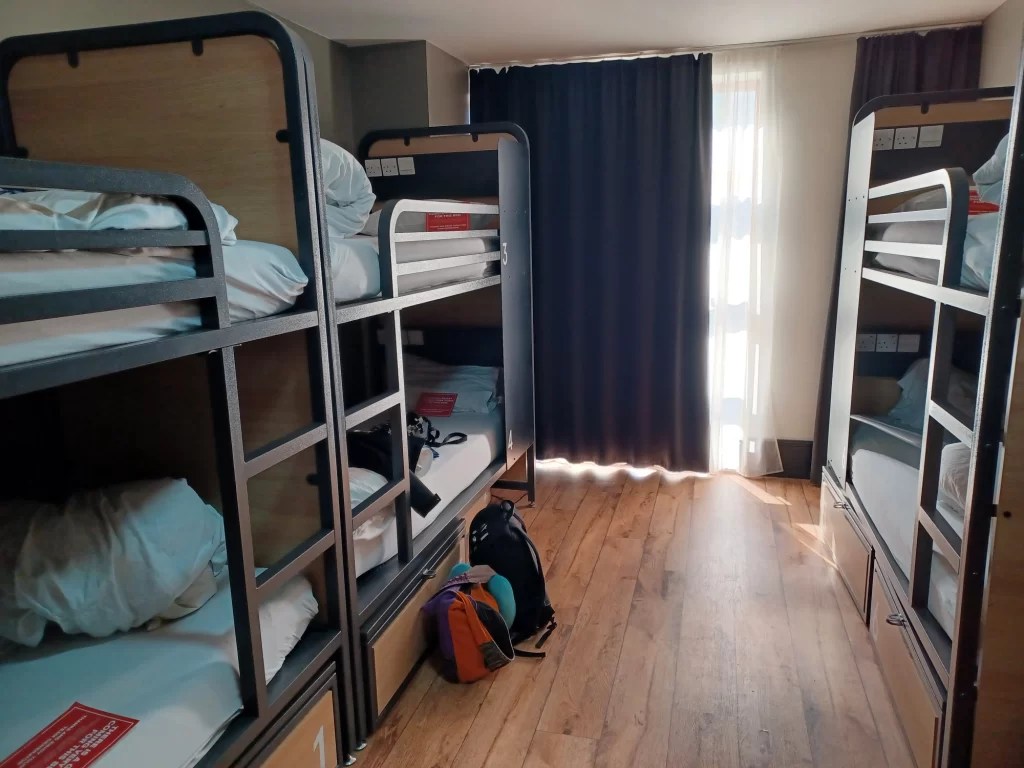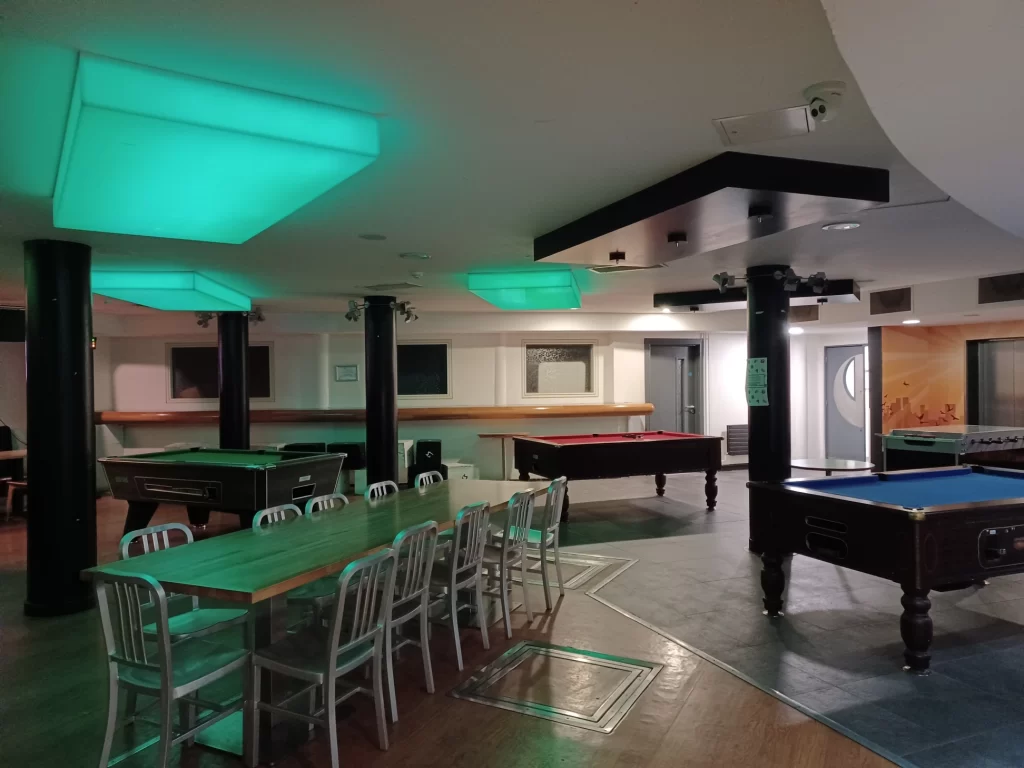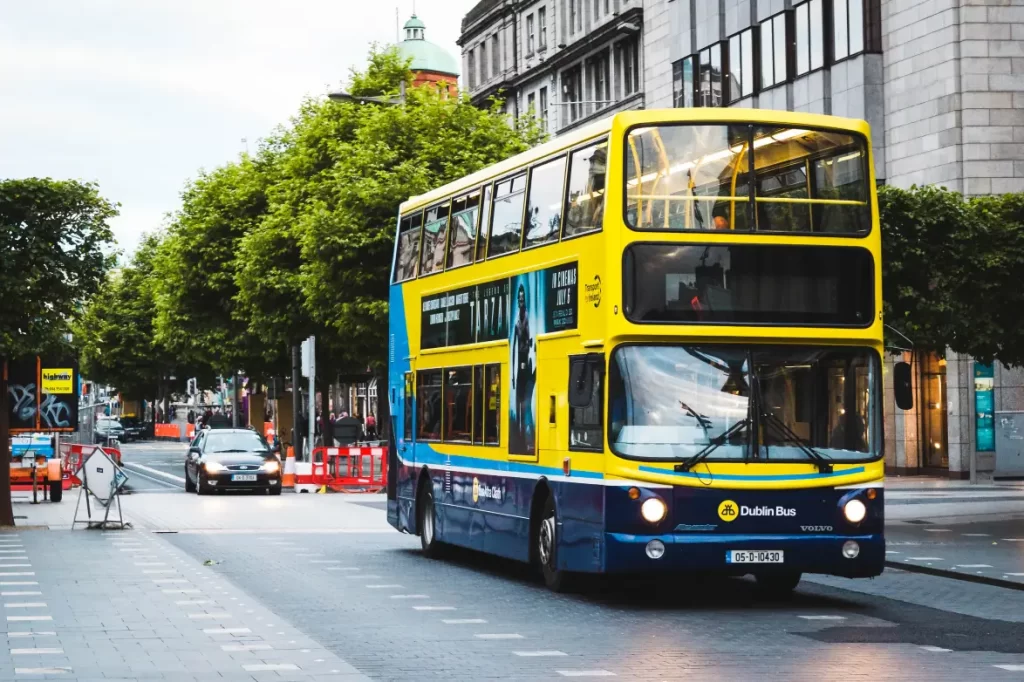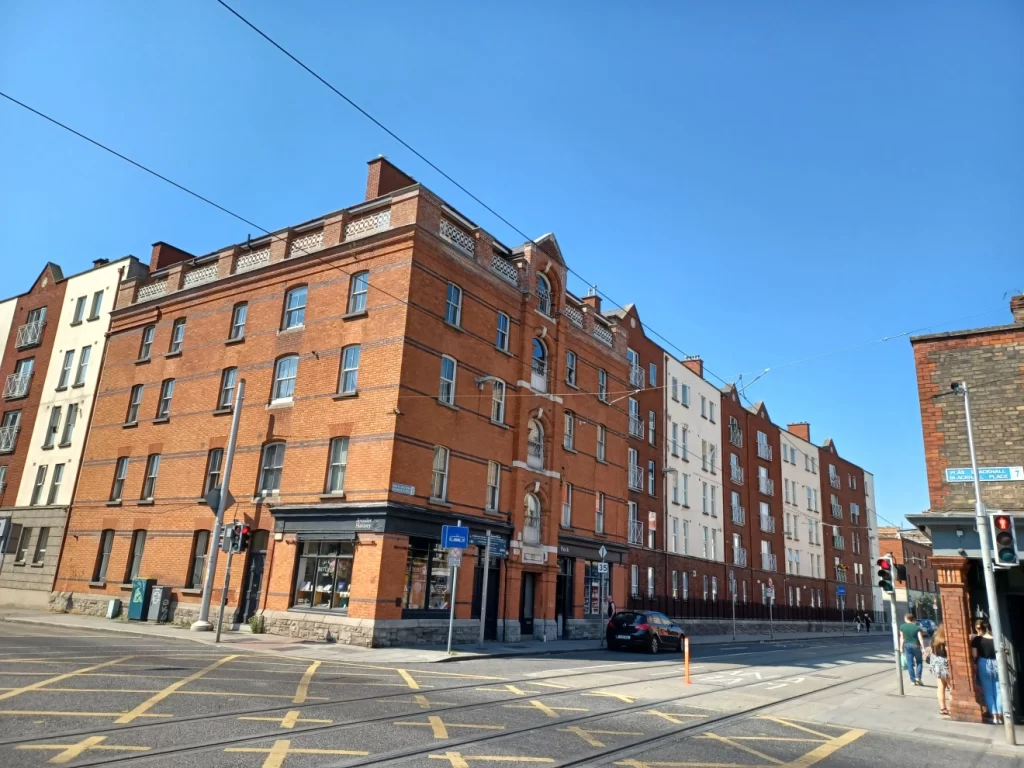Konnichiwa! Today we’re spending one day in Takayama, a city of 88,473 people in the Northern Japanese Alps in the Hida region. It lies within the Gifu Prefecture. Takayama’s official name is Hida-Takayama, to avoid confusion between places in Japan with the same name.
Thanks to its remote location in the mountains, Takayama wasn’t affected by war attacks, fires, or other catastrophes in the past. This is why it’s one of Japan’s most preserved historic cities.
Besides, back in the Edo period (1603-1867), Takayama was famous for its high quality timber, woodworking, and skilled carpenters. So it became a very wealthy merchant town. Even today, Hida lumber, woodcrafts, and furniture from the Takayama area are popular across Japan.
There are lots of options on how to spend one day in Takayama, from visiting its Old Town District, Temple Town, morning markets, Nakabashi Bridge, to unique lodging and restaurants. Hajimemashou! (Let’s get started!) 😀
The Best Things to Do and See in Takayama
The Old Town District
Let’s start with Takayama’s top attraction, which means walking around and admiring the well-preserved houses and streets from the Edo period inside the Old Town District. Some of the oldest houses in this neighbourhood were built back in the 17th century!
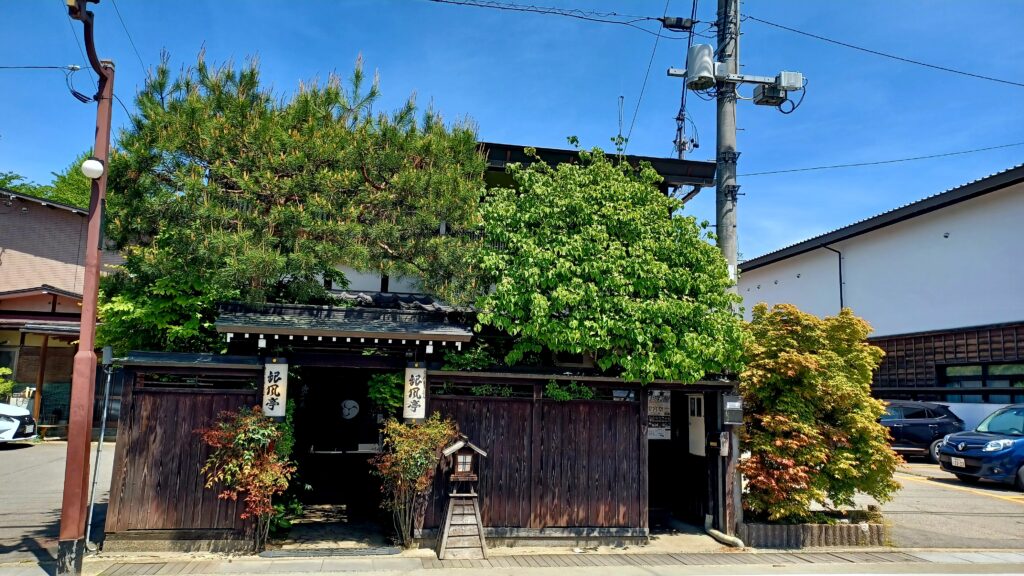
The main streets covering the Old Town District are Ninomachi Street, Sanmachi Street, Ichinomachi Street, and Sannomachi Street. There are many old homes, shops, cafés, museums, and sake breweries (you can participate in sake tastings as well). Some have been in business for centuries!
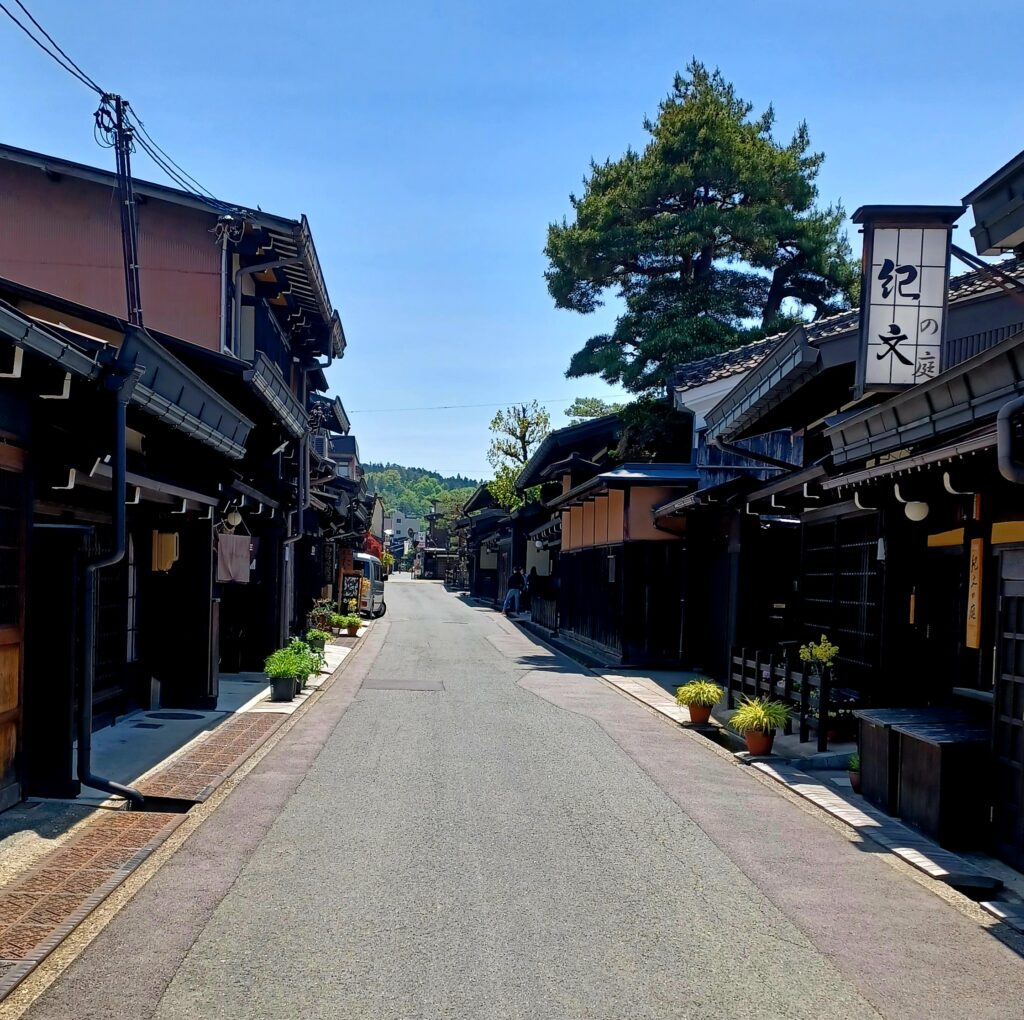
Some of the old merchant houses are open to the public, and you can find lots of unique souvenirs, arts and crafts, and woodcrafts inside the shops. What a great way to support the local economy!
The Old Town District is only 10 minutes of a walk from Takayama Station, and there are local buses as well. Or you can book a rickshaw ride, i.e. a person will pull you while you sit and relax inside a carriage! The cost is ¥7,000 for 30 minutes (based on two people).
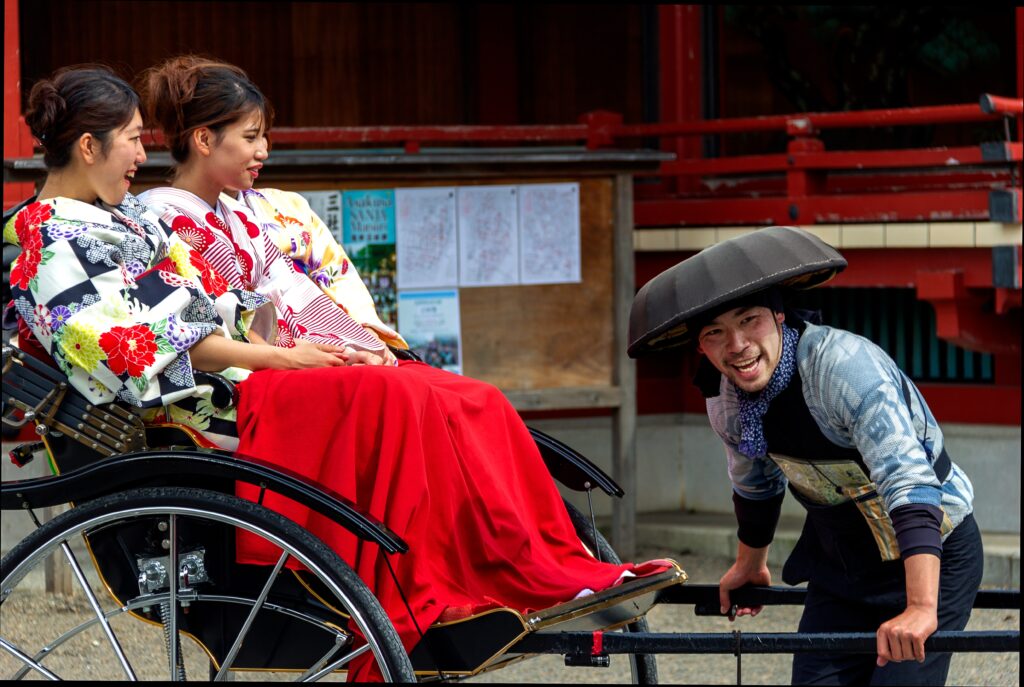
Miyagawa Morning Market
Not too far away is the Miyagawa Morning Market (33 Suehiromachi, Takayama, Gifu, 506-0016), which happens daily from 7 am to 12 pm (8 am to noon from November to March). Local vendors sell fresh fruit and veggies, flowers, and handmade souvenirs, and there are also regular stores next to the road.
This is a great opportunity to meet friendly locals, and the market is right next to the banks of the stunning turquoise Miyagawa River, which is a nice spot to sit for a while after your shopping is done!
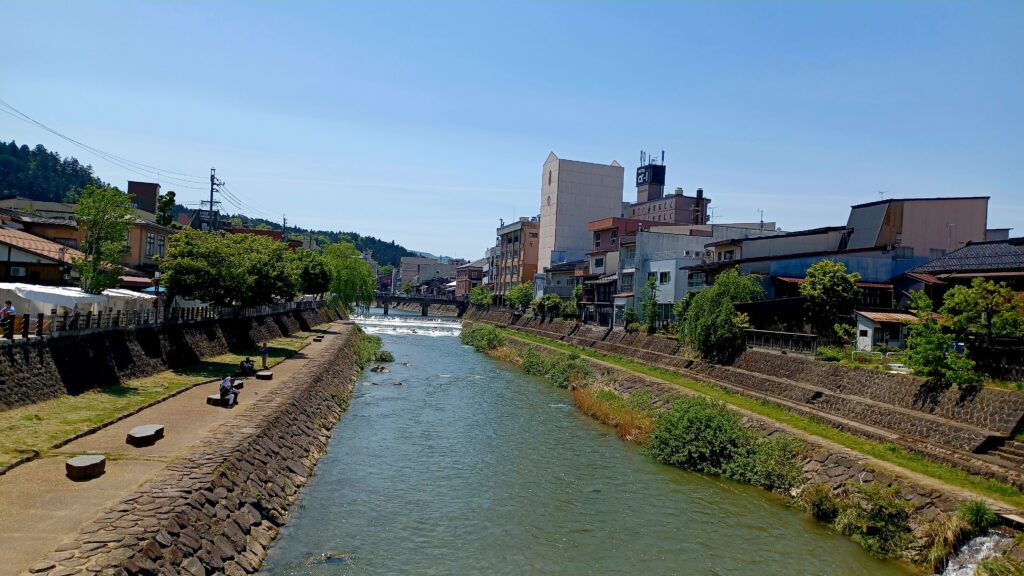
Jinya-Mae Morning Market
The other daily morning market in Takayama is Jinya-Mae Morning Market (1-5 Hachikenmachi, Takayama, Gifu, 506-0012), open from 7 am to noon (8 am to noon in the winter months) in front of Takayama Jinya. The vendors sell fresh produce, snacks, and souvenirs.
Unfortunately, I didn’t have a chance to visit Jinya-Mae Morning Market this time. 🙁
Neko no Tsuki Sakurayama Cat Café
If you’re a cat lover, visiting the Neko no Tsuki Sakurayama Cat Café (1-4-2, Oshinmachi, Takayama, Gifu, 506-0851) is a must! This cozy and inviting café is inside a traditional Japanese townhouse, that has been a part of the city for 130 years.
The Neko no Tsuki Sakurayama Cat Café intends to find a loving home for stray cats in Takayama and encourages locals and tourists to spend some quality time with cats! The spacious cat area of the café has two floors and the second level looks like a Japanese house.
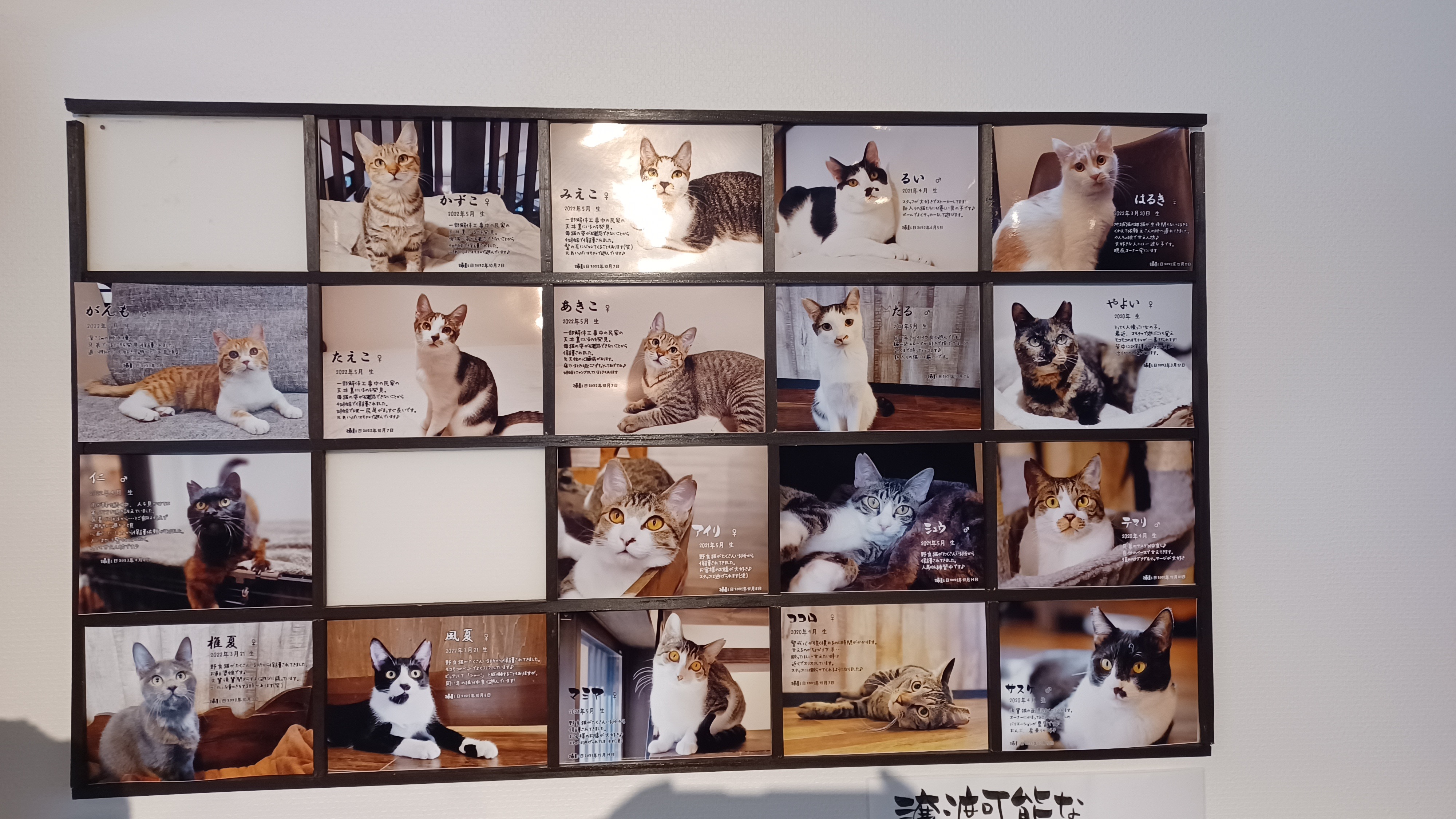
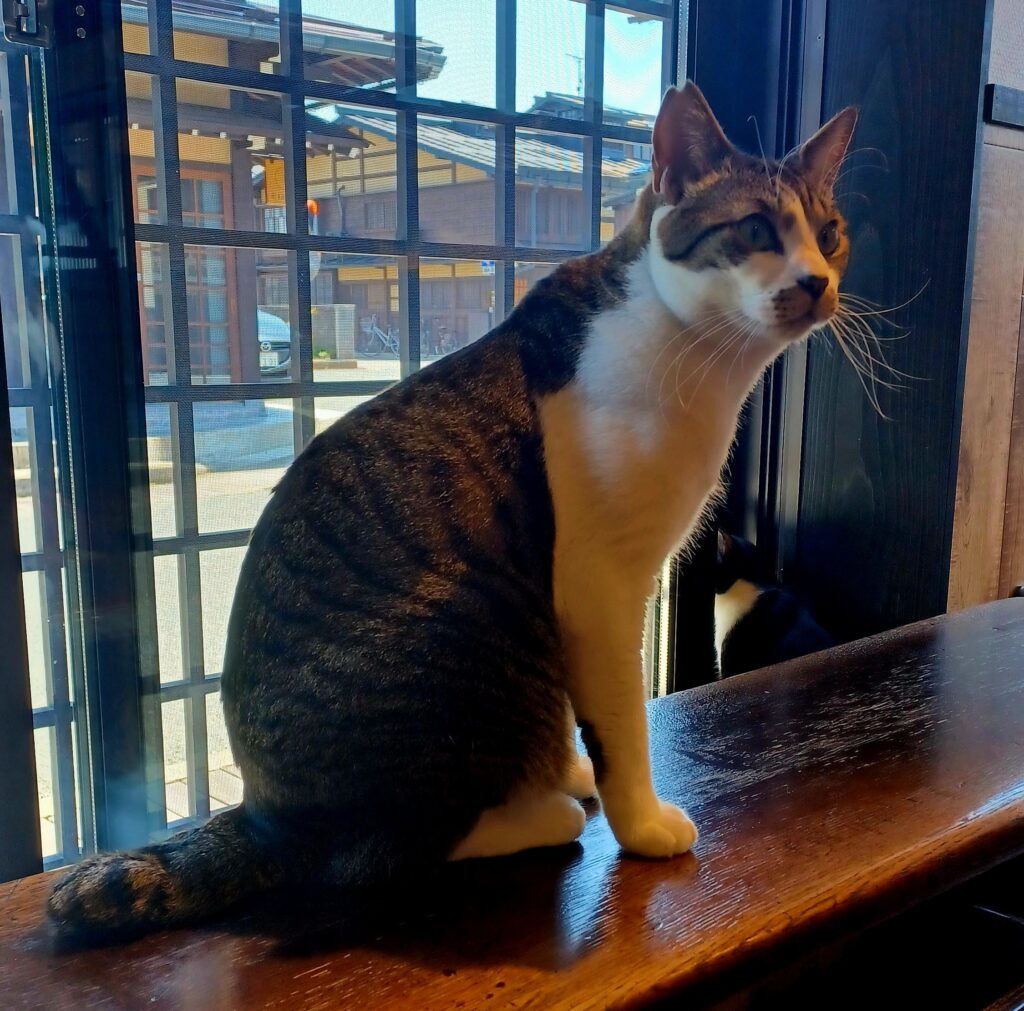
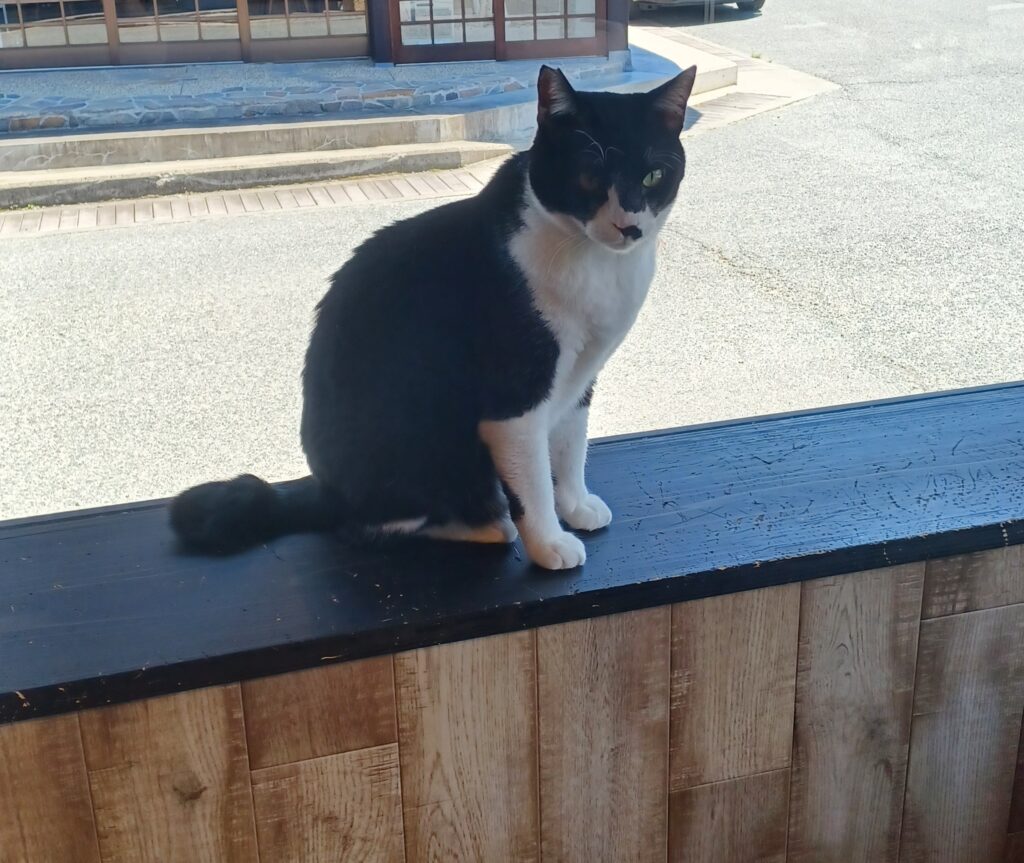
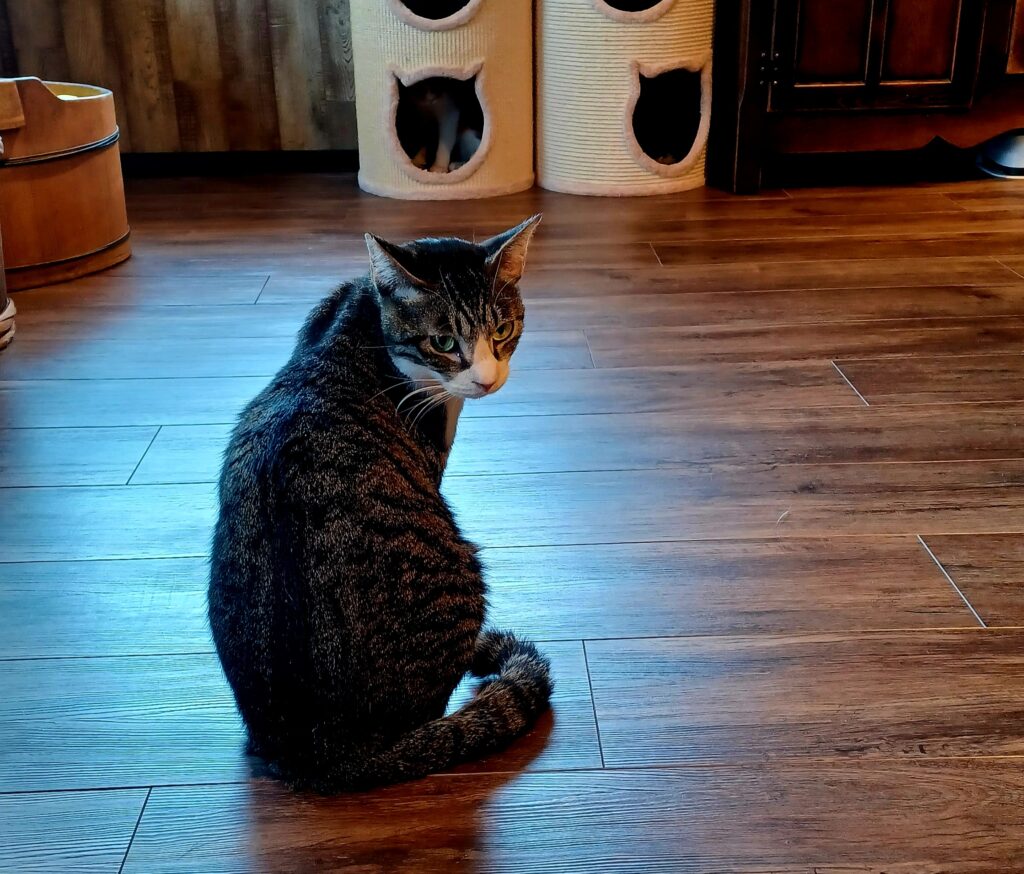
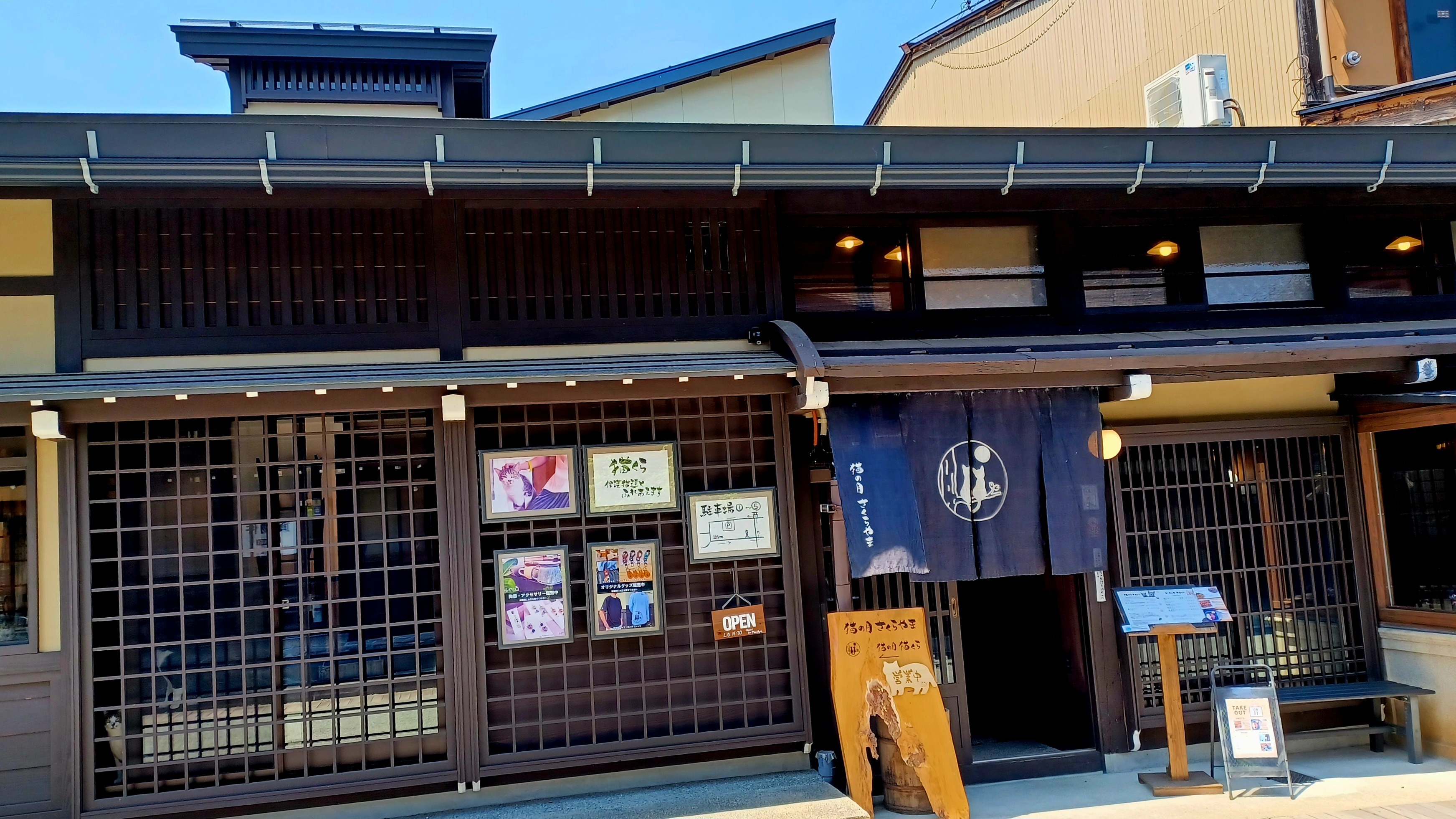
Every cat’s profile for people interested in adopting one, a few of the kitties I hung out with, and the Neko no Tsuki Sakurayama Cat Café from the outside.
It’s obvious that the cats feel very comfortable here, because they have plenty of hiding and sleeping spots, tasty food, and get cuddles every day! The staff is very friendly, too, and I love the design of this place, especially the dark brown wooden outside building and floors.
For 30 minutes of kitty time, the cost is ¥ 700, and feel free to buy some treats as well (for an extra ¥ 200)! The Neko no Tsuki Sakurayama Cat Café is open Tuesday to Sunday from 11 am to 5 pm.
You can find the separate café sitting area on the right side of the building, which is equipped with Hida wood furniture and the coffee mugs were designed by artists from the Hida region!
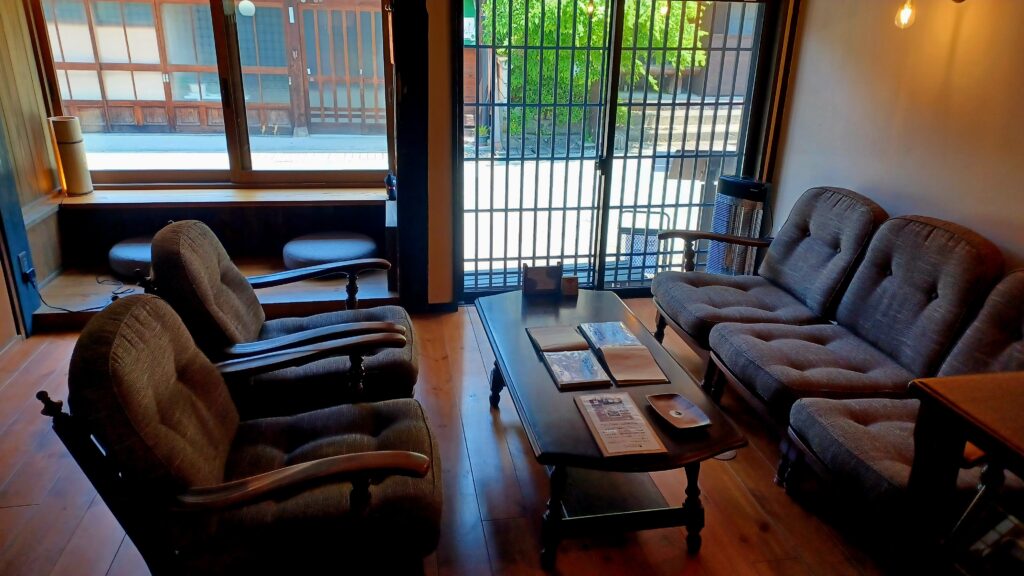
Temple Town
Next, we’ll wander around the Teramachi district, better known as Takayama’s Temple Town! Here, more than 10 temples and shrines are standing next to each other. So it’s a great chance to see them all in a short time.
It’s in a quieter area, and while they are rather small, the temples and shrines are all very well taken care of. First, I walked by the Myokanzan Eikyoin Temple (1-6-4 Wakatatsumachi, Takayama, Gifu, 506-0854), and the pathway to Higashiyama Hakusan Shrine (1-74 Wakatatsumachi, Takayama, Gifu, 506-0854). It was built in 720 AD, which makes it the oldest shrine in Takayama.
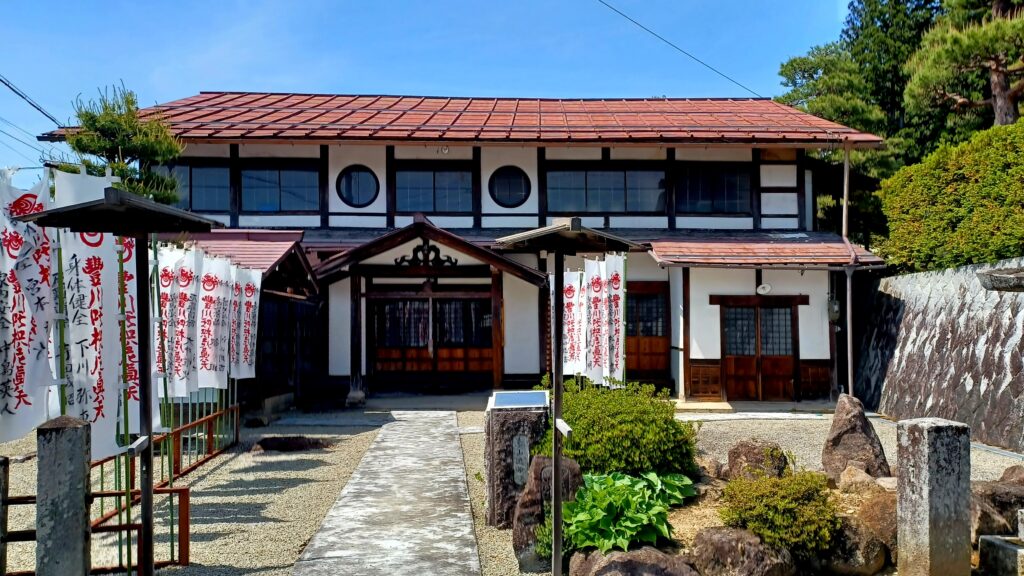
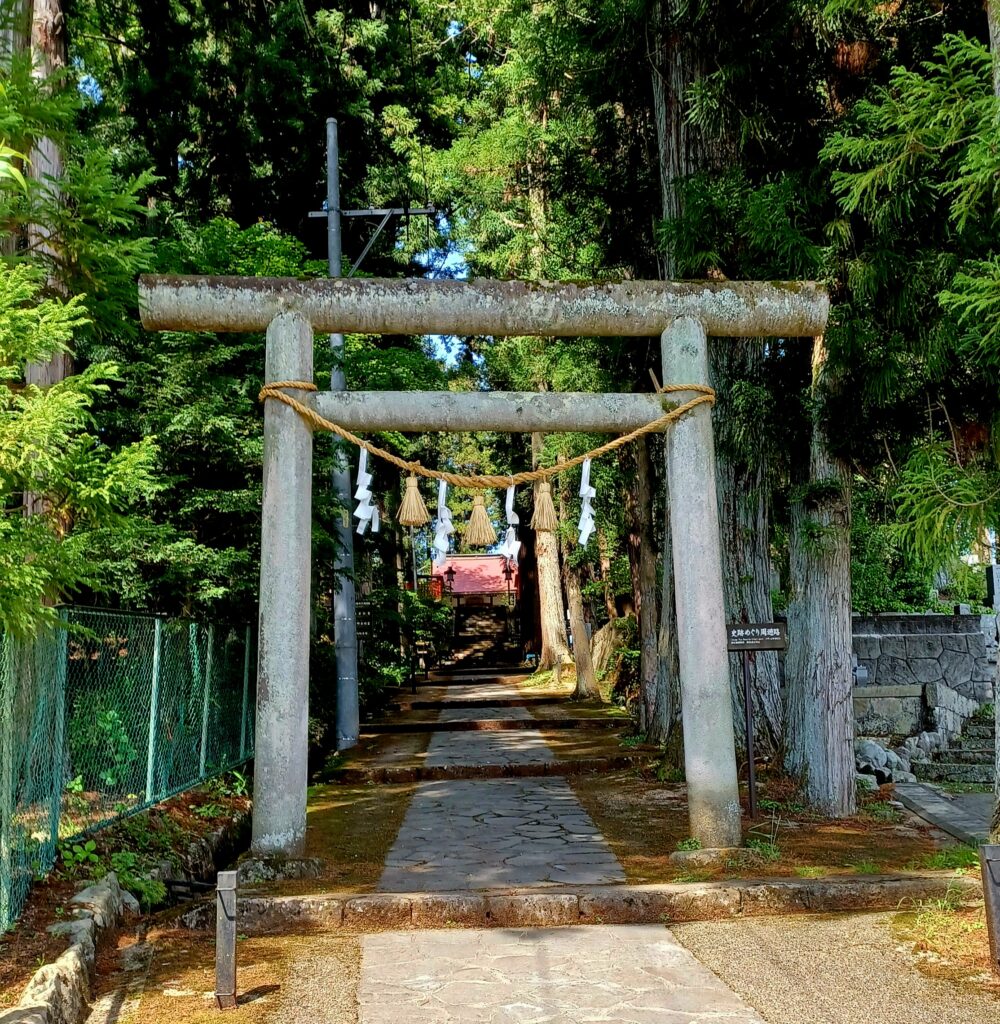
Left: Myokanzan Eikyoin Temple. Right: Torii gate leading the path to Higashiyama Hakusan Shrine.
Then I stopped at Daio-ji Temple (67 Atagomachi, Takayama, Gifu, 506-0855) with its Buddhist statue, Zen garden, and Shoro (bell tower) that was built in 1689. It’s the oldest bell tower in the Gifu prefecture.
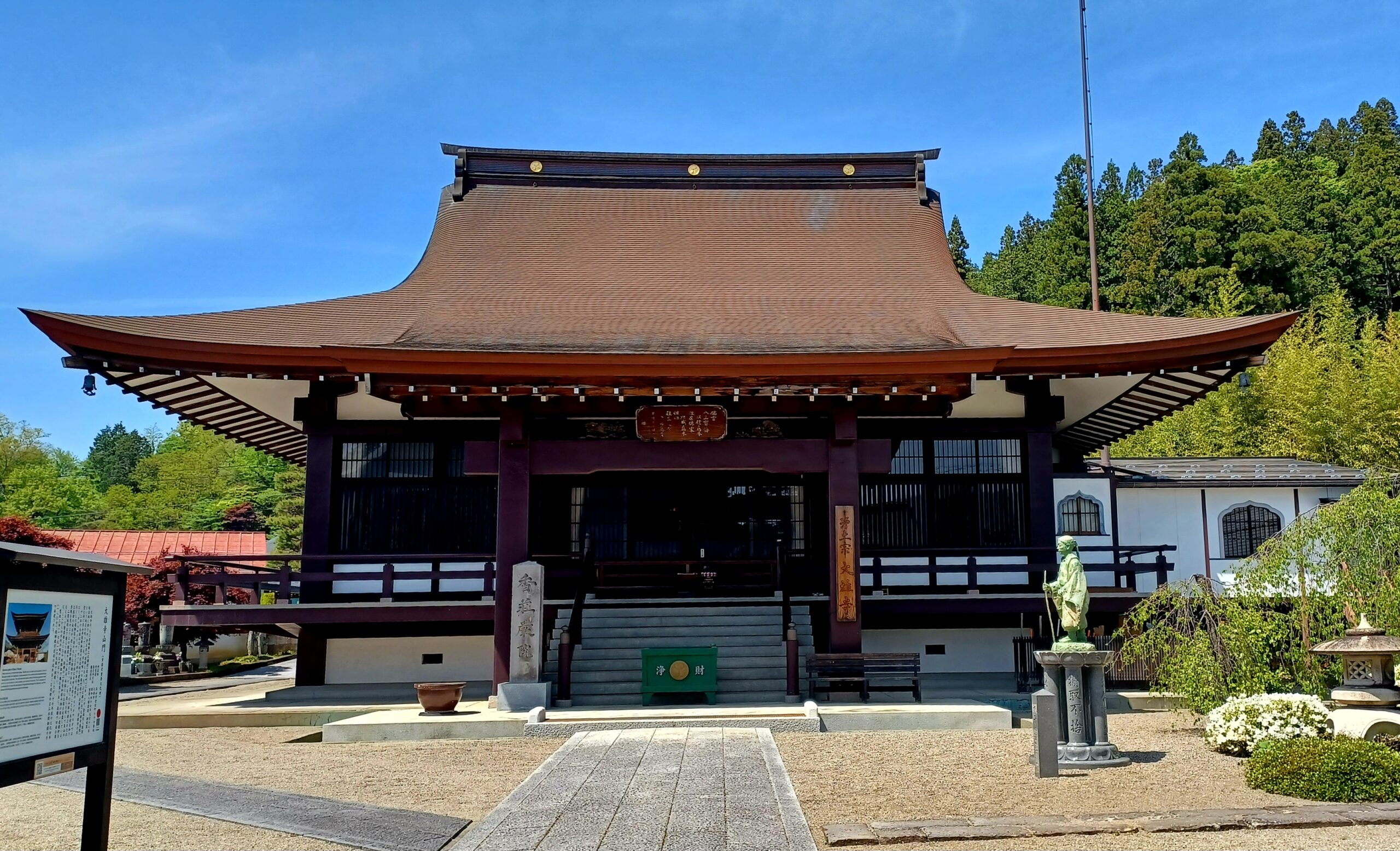
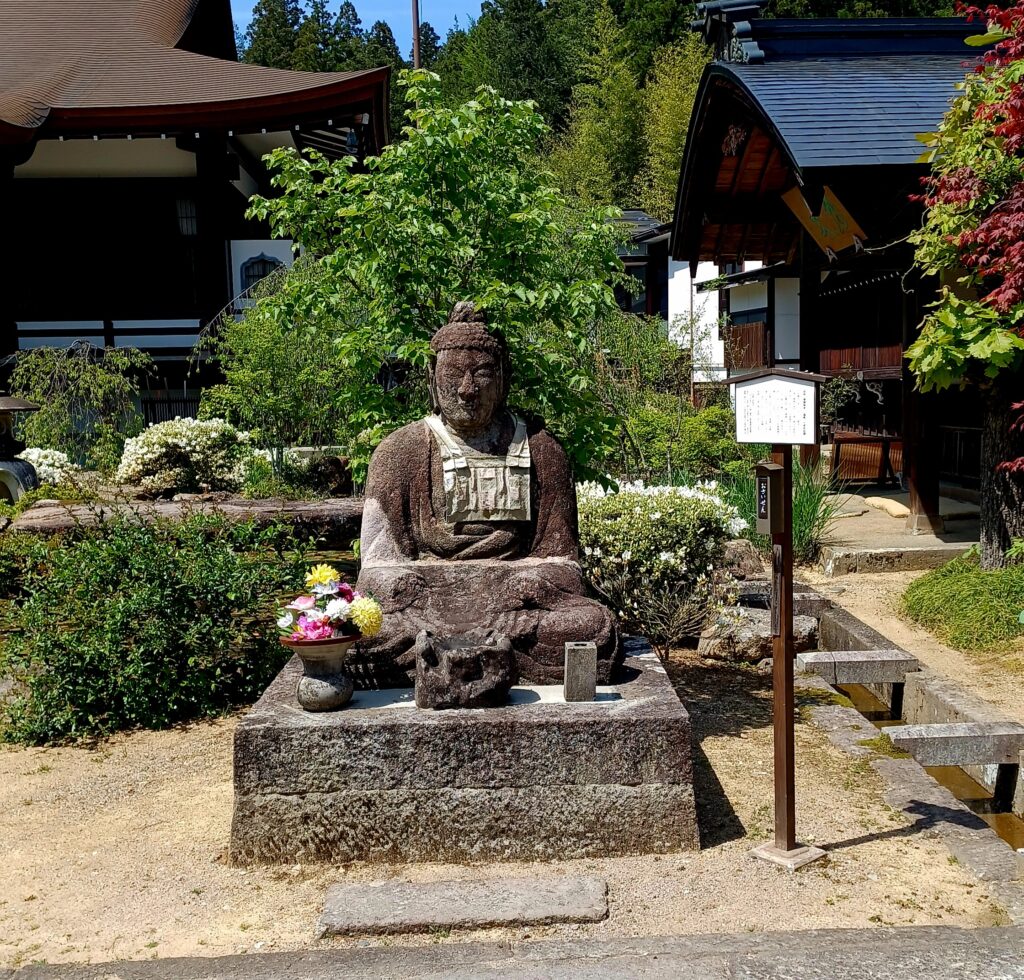
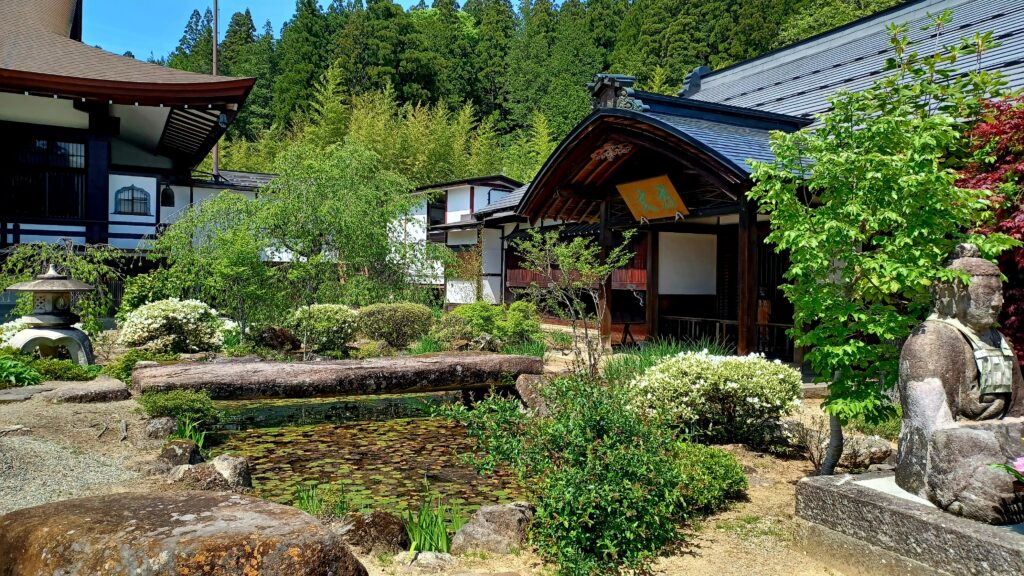
Then look at Gohozan Dounin Temple (64 Atagomachi, Takayama, Gifu, 506-0855), built by the priest Senso in 1614. It’s famous for its Jizo statues and Koryuzan Sogen-ji Temple (39 Tenshojimachi, Takayama, Gifu, 506-0832). The main hall of the latter temple has a hipper copper roof, and has an impressive bell tower as well.
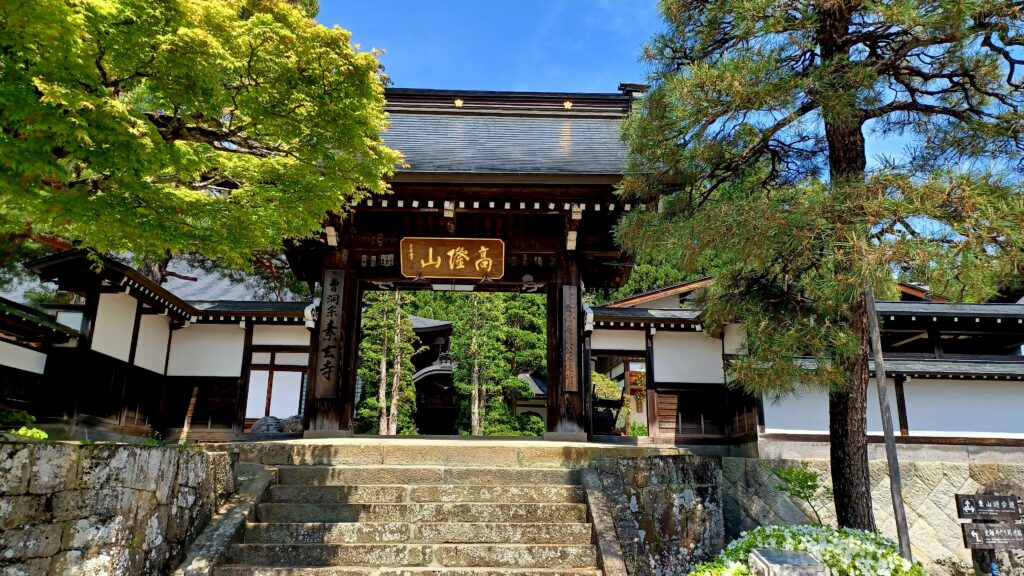
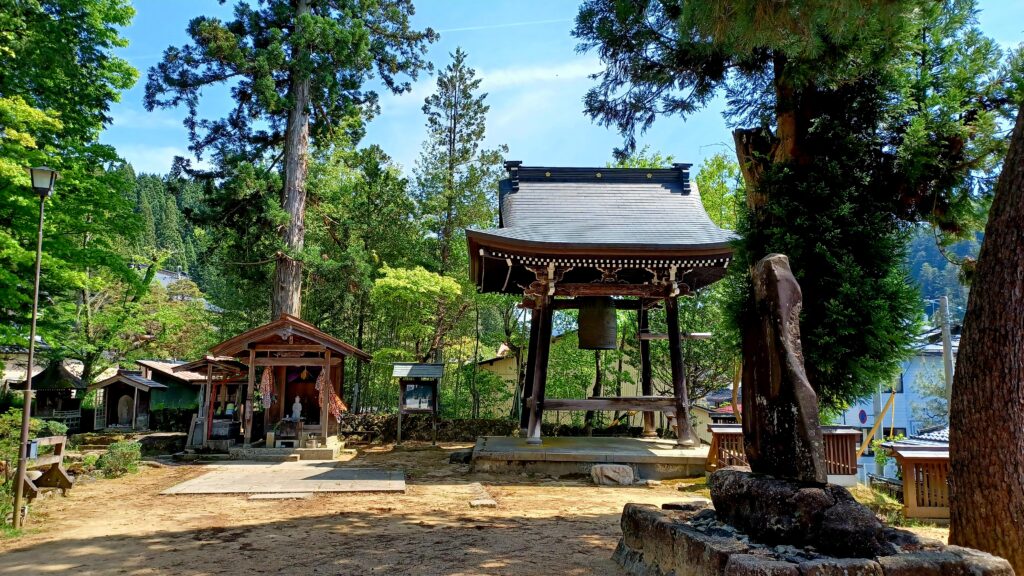
Left: Entrance to Koryuzan Sogen-ji Temple. Right: The bell tower within the Koryuzan Sogen-ji Temple complex.
If you’d like to stay at a Buddhist temple for a night, this is possible at Tensho-ji Temple Youth Hostel (83 Tenshoji-cho, Takayama, Gifu, 506-0832). It was built in the 12th century.
Nakabashi Bridge
Another one of Takayama’s iconic landmarks is Nakabashi Bridge (4-9 Kawaharamachi, Takayama, Gifu, 506-0847). This crimson bridge overlooks the Miyagawa River and is a part of the 1 Chome Hon-machi and Kamisannomachi neighborhoods.
Nakabashi Bridge is a popular photo destination, in particular during the cherry blossom season. This offers a great mix of colours (i.e. the pink/white flowers and the crimson bridge colour). Moreover, the bridge is lit up in different colours at night during busy tourism periods every year.
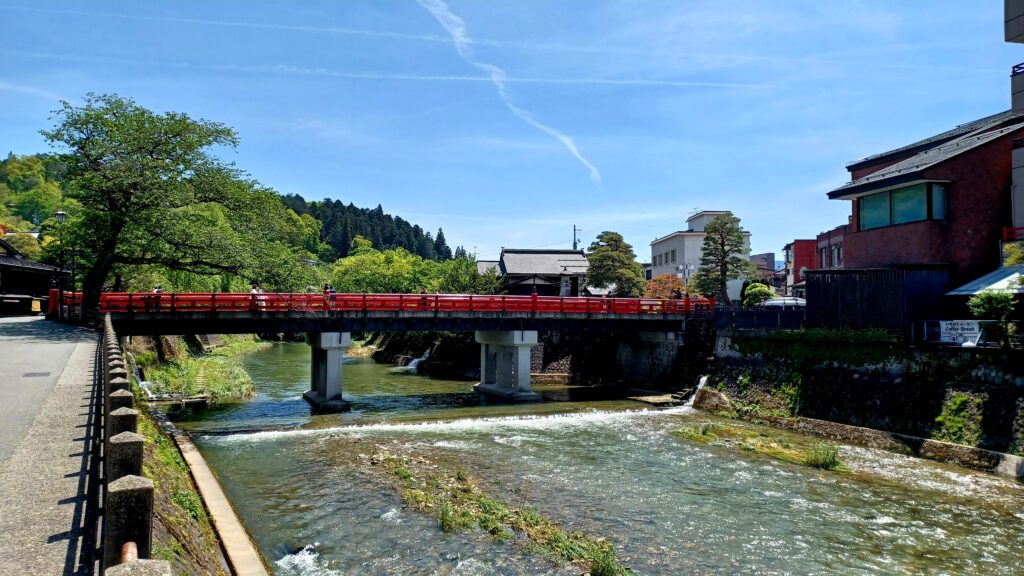
Watch Out for Sarubobo Dolls
While you’re browsing through Takayama’s souvenir stores (or just walking around the streets), it’s very likely that you’ll see one special item: Sarubobo Dolls! These cute-looking lucky charms are typical for the Hida region and the translation for sarubobo is “monkey baby”.
Many mothers give it to their daughters for a happy marriage, good fertility, and a child birth that’s as easy and smooth as possible. You can also buy Sarubobo dolls in different colours with a different meaning (e.g. green for peace and health and black for protection from evil), but the red one is the most common. What a unique souvenir to take back home!
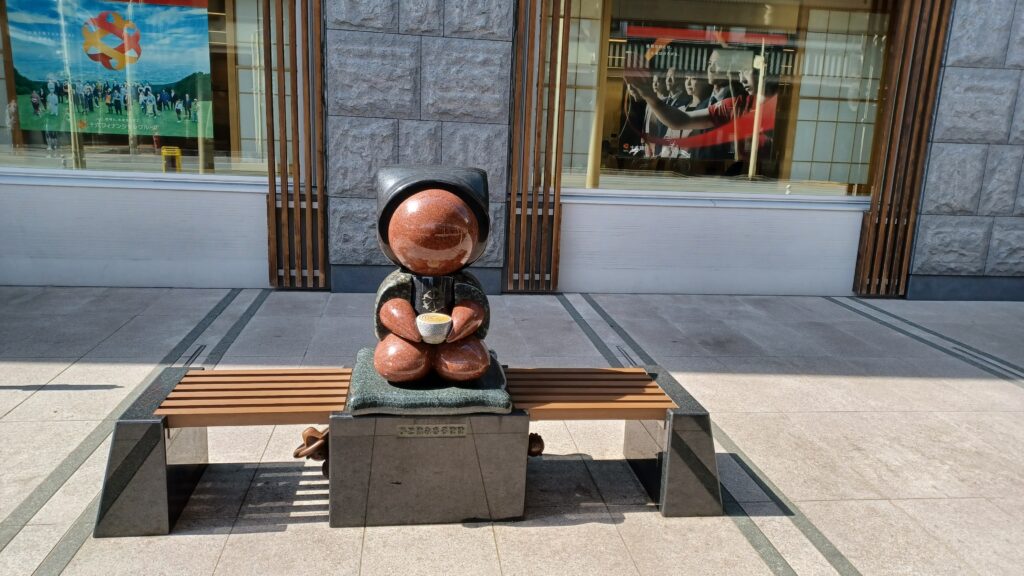
Other Things to To Do in Takayama
So as you can see, there are tons of fun things to do in Takayama in a day! But if you’d like to explore more attractions in or close to the city, I suggest staying for at least two days.
Here are some other things to do and see that sound amazing:
- Takayama Festival happens in April and October, and is in the Top 3 of Japan’s most beautiful festivals. The main attraction are the stunningly decorated yatai (festival floats). If you’re in Takayama outside of this timeframe, you can see the floats at the Takayama Festival Float Exhibition Hall.
- The Takayama Jinya was the local government office until the end of the Edo period in 1868. The building still stands today as a museum for visitors. You can look at the offices and conference rooms, and next to the main building is the largest traditional rice storehouse in Japan.
- Shiragawago is a remote village in the Shogawa River Valley, only an hour from Takayama by bus. It’s famous for its traditional gassho-zukuri farmhouses in the Ogimachi district, and some of them are more than 250 years old! Shiragawago was declared a UNESCO World Heritage Site in 1995.
- If you don’t have time to visit Shiragawago, stop at the Hida No Sato (Hida Folk Village) instead. This open air museum has more than 30 traditional buildings from the Hida region. They were built during the Edo period, and it’s only a 30-minute walk or 10-minute bus ride from Takayama.
To learn more about these attractions, check out this YouTube video by Japan Guide:
Where to Stay
As a popular tourist attraction, Takayama has plenty of lodging options to offer. You can choose between hostels, guesthouses, apartments, B&B’s, ryokans (traditional Japanese inns), and Western-style hotels.
I stayed at the Takayama Ninja House (1-31-2 Wakatatsumachi, Takayama, Gifu, 506-0854), a small traditional Japanese guesthouse just a few minutes from the Old Town District. I booked a Japanese-style single room with tatami mat flooring and a very comfy futon bed. Western-Japanese style rooms are available, too.
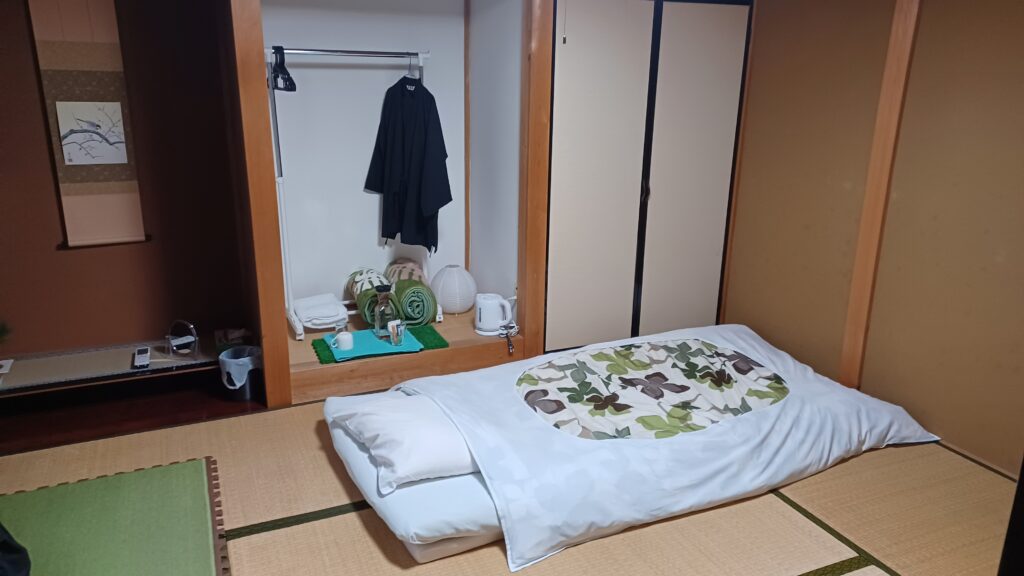
The lowest room charge ranges from ¥ 7,500 to ¥ 10,000 per night, and bathrooms are shared. You can enjoy free coffee and Japanese tea at the reception. Besides, there’s a public bath house (onsen) only 5 minutes from the property, at ¥ 440 per person.
Octavio, the owner, was always happy to chat, which made me feel at home right away! He also had great suggestions on things to do in and around Takayama. Moreover, he prepared a small breakfast in the morning (green tea, toast, and jam), which was very good! He offers a free shuttle service (must be reserved in advance), and private parking is possible on site (at ¥ 1,000 per night).
Where to Eat & Drink
While Takayama is a smaller city, there’s a big selection of restaurants to choose from.
First, I tried a local specialty of the Hida region, which is soba noodles! I had Fried Soba Noodles with an egg on top for lunch at Bokunchi Café (5-6 Shimosannomachi, Takayama, Gifu, 506-0841), and it was super tasty! It’s really close to the Miyagawa Morning Market as well.
For dinner, Octavio suggested that I eat at the Royal Nan House (6-18 Hanasatomachi, Takayama, Gifu, 506-0026), a local Indian restaurant. I’m so glad I followed his advice, because the Chana Masala with Garlic Naan bread and Mango Lassi were amazing!
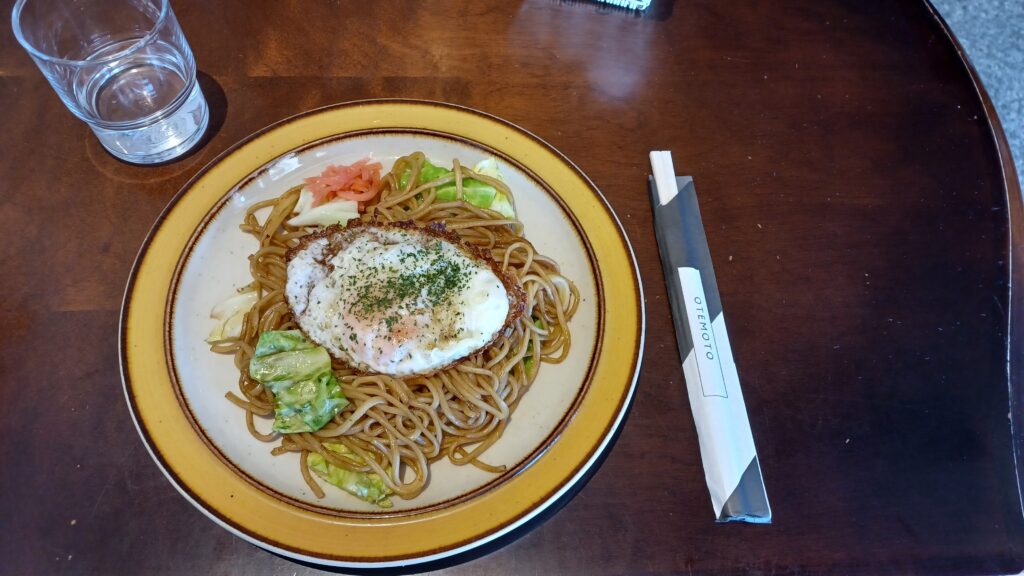
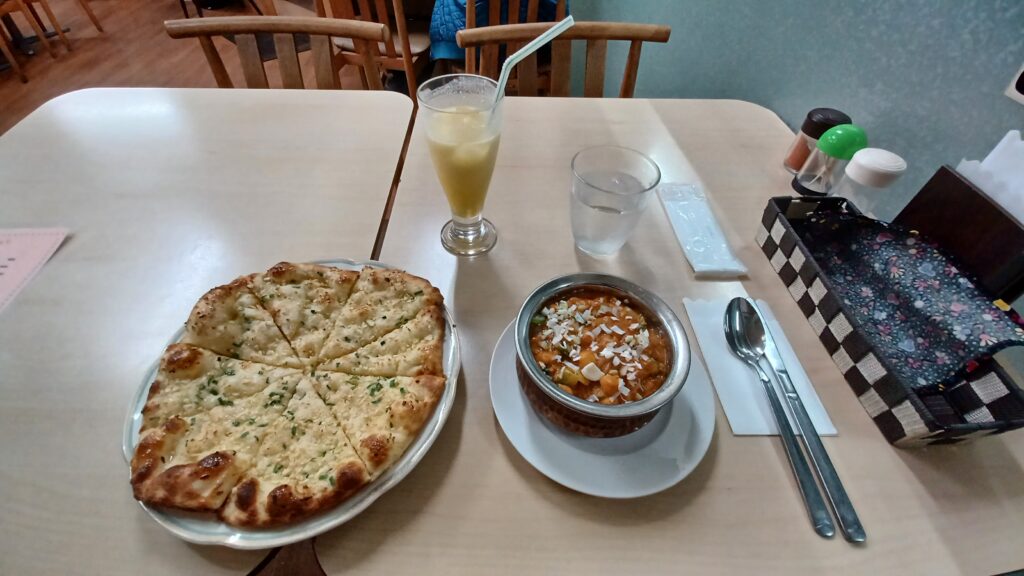
But there was a local specialty I couldn’t try, which is Hida gyu (Hida beef). If you eat meat, it’s supposed to be one of the best! Fortunately, Brandon mentions the best Hida beef dishes and where to find them in his Takayama Travel Guide, so feel free to check it out!
How to Get To and Around Takayama via Public Transit
It’s pretty easy to get from/to Takayama to other places in Japan via train and bus.
The closest big city is Nagoya, which is a 140-minute train ride via the JR Hida Limited Express to Takayama, and costs around ¥ 6,140 per person. If you have the Japan Rail Pass, the cost is fully covered.
From Tokyo, take the JR Tokaido Hikari Shinkansen to Nagoya, then transfer to the Hida Limited Express train (about 4.5 hours, at ¥ 14,190 per person). Please note that the Tokaido Nozomi Shinkansen train to Nagoya is not covered by the JR Pass.
From Kyoto or Osaka, hop on the JR Tokaido Shinkansen to Tokyo, then transfer to the Hida Limited Express train in Nagoya (3 to 4 hours, at ¥ 10,000 to ¥ 11,000 per person).
I took the Hida Limited Express from Nagoya to Takayama, and man, the scenery was so beautiful! <3
Or you can take the JR Hokuriku Shinkansen train from Tokyo to Toyama, then transfer to the Hida Limited Express train to Takayama (about 4 hours, at ¥ 16,120 per person).
You can also book a daytime highway bus from Tokyo (Busta Shinjuku) to Takayama (5.5 hours, starting at ¥ 6,500 per person), and there’s an overnight bus available as well on certain dates.
JR Takayama train station is right next to the Takayama Hida Bus Centre, and local buses from/to the city centre run on a regular basis (at ¥ 100 per bus ride). There’s also the Sarubobo tourist bus to Hida no Sato, that goes every 30 minutes.
The closest airport is Toyama Kitokito Airport, which is 57 km/35 miles north of Takayama. It offers domestic flights to Tokyo Haneda Airport and Sapporo, and international flights to Shanghai, Seoul, and Taipei.
The Best Time to visit Takayama
Takayama sees the nicest weather of the year in the spring (April/May) and fall (October/November). While summers get hot, it’s colder than in big cities in the evenings.
Takayama can get pretty cold and snowy in the winter months, with one meter (3.2 feet) or more per month of snow piled up! The average low temperature in January and February is -5 C or 34 F.
Mid-June to mid-July is the rainy season, but it doesn’t rain every day, so it’s a nice time to visit as well. So just bring a rain jacket and/or umbrella just in case, and you’re good! 😀
As you can see, Takayama is an awesome place to visit, no matter what time of the year it is!
Moreover, I like that Takayama is not as busy as Tokyo, Kyoto, or Osaka, but it offers a great Japanese small-town vibe, and a chance to experience the “real” Japan in a rural area!
If you’ve been to Takayama and have any insider tips, feel free to share them in the comment section! Cheers 😀
Here are a few of my other Japan blog posts for you to check out:
How to Spend Four Days in Tokyo, Japan
Fukuchiin Temple Stay in Mount Koya, Japan
Is Nagoya Castle Worth Visiting? (Guest Post for The Directionally Challenged Traveler)
How to Spend 48 Hours in Kyoto, Japan
Disclosure: I only recommend products that I’ve used in the past, and all opinions expressed in this post are my own. This post contains affiliate links. If you use one of the links throughout the page to buy something, I may earn a small commission at no extra cost to you. Thanks.

